





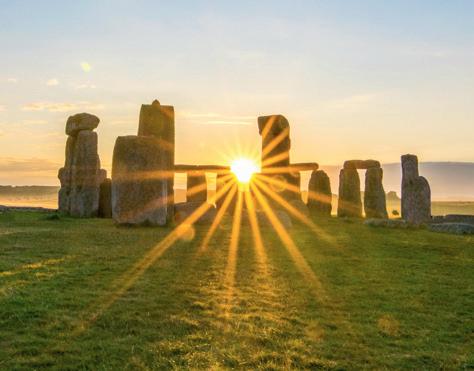
What on Earth! BRITANNICA’S MAGAZINE kIlLeR kIlLeR kIlLeR
LOTS TO READ : LOADS TO LOOK AT : PUZZLES : JOKES : AND MORE! SEE THE SOLSTICE THEUK’S CHILDREN’SFASTEST-GROWING MAGAZINE June 2O24 ISSN 2976-7601 £5.99 whatonearth.co.uk
pLaNtS! pLaNtS! pLaNtS!
A wild and wonderful world awaits you inside!
KILLER PLANTS!
Encounter carnivorous plants, deadly poisons and more on page 18
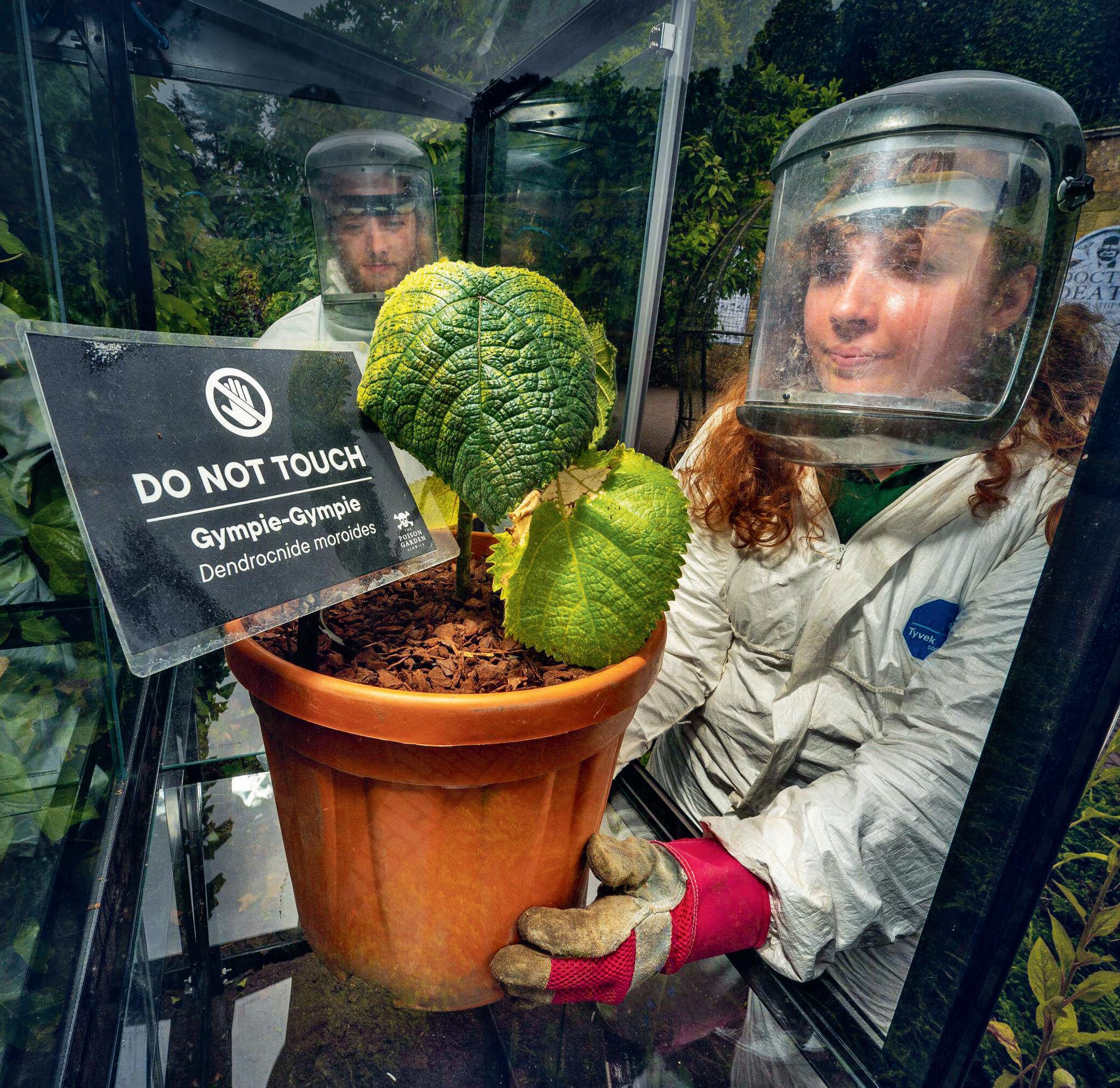
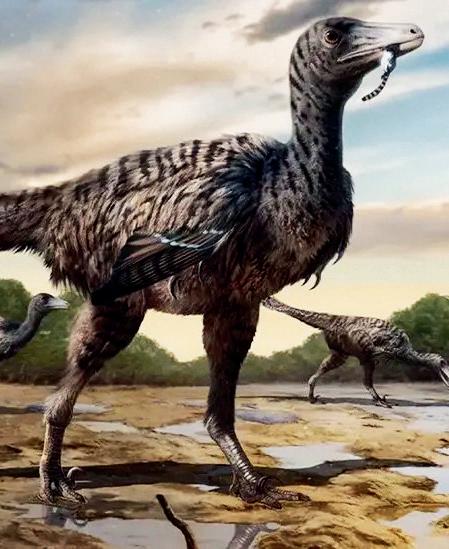
EUREKA!
Check out a newly discovered species of velociraptor on page 10
Plus, chuckle at the winner of a contest to pick the world’s funniest crab joke!
REGULARS
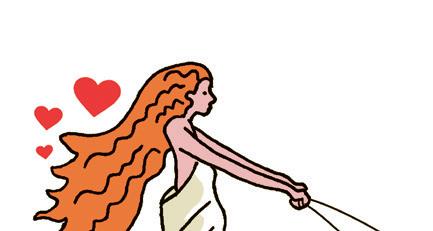
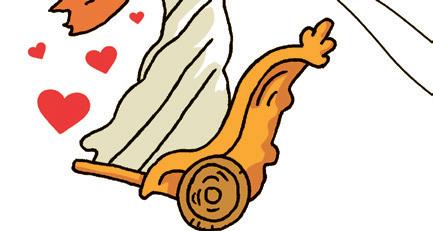

FACTOPIA!
Follow the trail of crazily connected facts on page 4 all the way from a space station to a museum of invisible things!
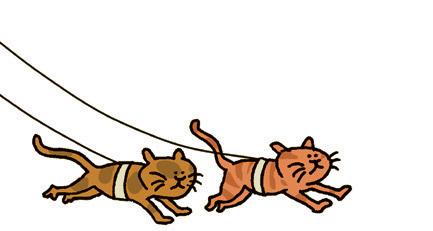
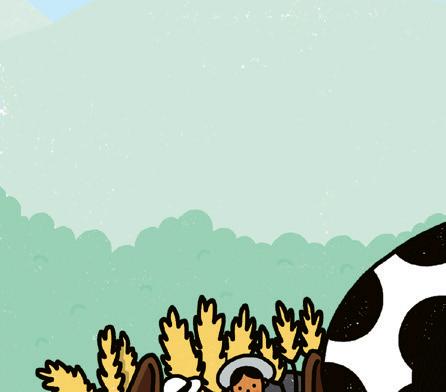
SOLSTICE
Travel around the world to see how diferent cultures celebrate the solstice on page 26
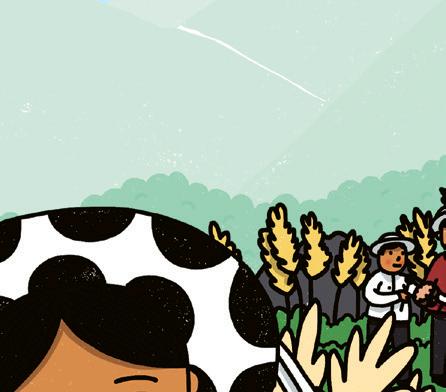
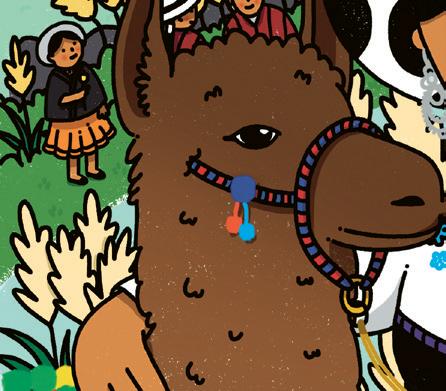


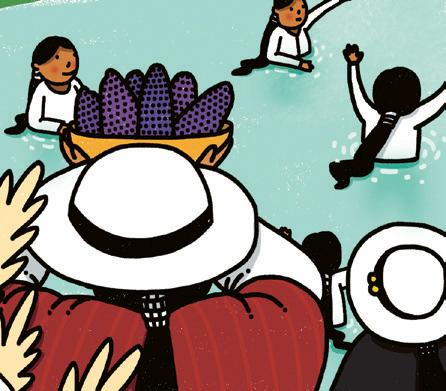

WORD
UP
Did you know that there’s a secret word order people use when describing things? All is revealed on page 16.
WHAT ON EARTH! Page 6
HOW TO CHAT... GORILLA Page 12
THE WHAT ON EARTH! QUIZ Page 40
PUZZLES & GAMES Page 28
CONTENTS
SEND IT IN!
Check out the amazing robot drawings on page 48 as we salute the winners of our Rise of the Robots design contest.

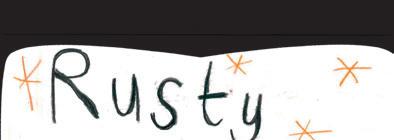

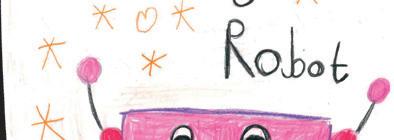
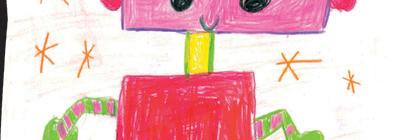
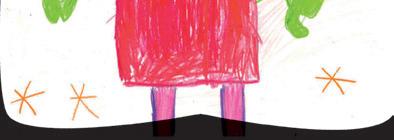
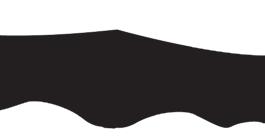
ABSOLUTELY EVERYTHING

Head over to page 44 for the story of the rise of the religion of Islam and the innovative Islamic Empire.
LISTIFIED!





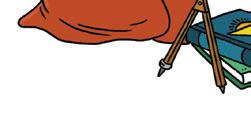
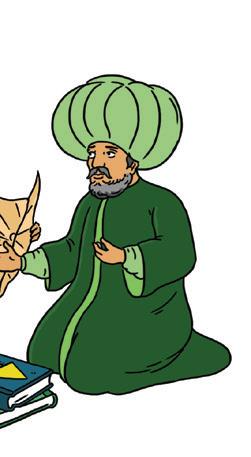
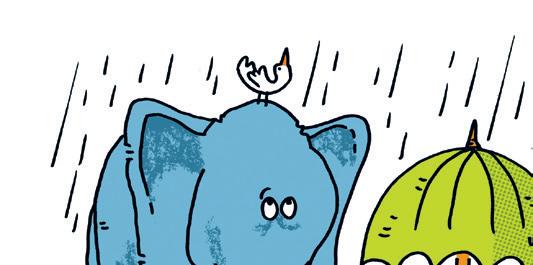
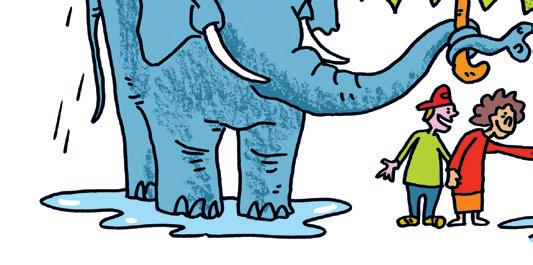

Learn about great inventions that were discovered entirely by accident on page 32.


GAMES QUIZ
Test your knowledge of games and sporting equipment with a fun picture quiz on page 17

JOKES & RIDDLES
Look out for this month’s selection, hand-picked by our jokes editor May, on page 50.
SEND IT IN!
Email us your letters, photos and favourite facts to: editor@whatonearth.co.uk
To win ALL the brilliant books featured in our June Issue, answer this question: Which tree is known as the ‘bird-catcher’? Send your answer to editor@whatonearth.co.uk and a winner will be chosen at random by our jokes editor May. Good luck!
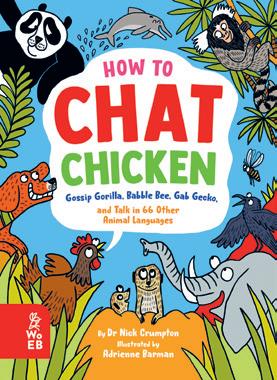
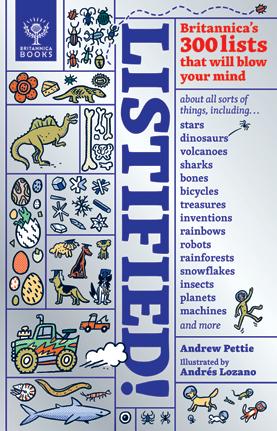
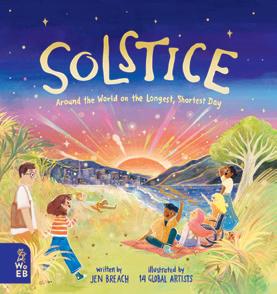
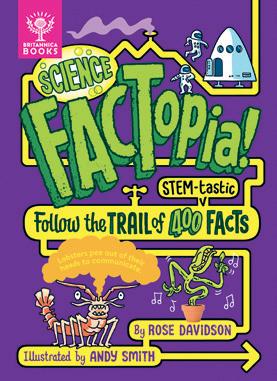
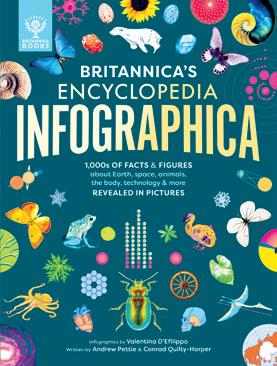

You can also find all these books (and more!) at whatonearthbooks.com/ shop
COMPETITION!
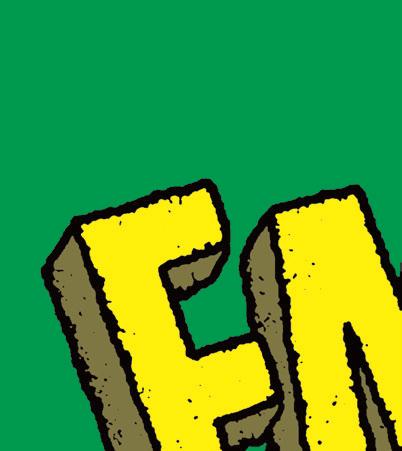
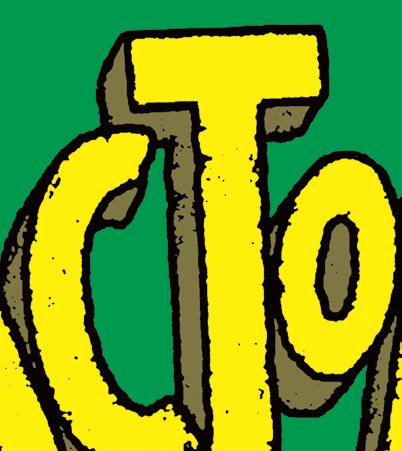
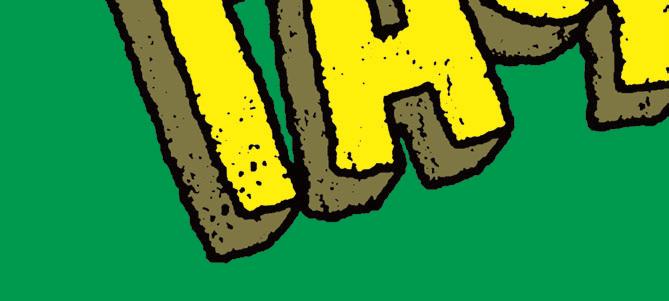



Follow the trail of crazily connected facts all the way from the International Space Station… to a museum of invisible things!
By Kate Hale, Paige Towler and Julie Beer

In the night sky, there are more dogs represented in the constellations than cats
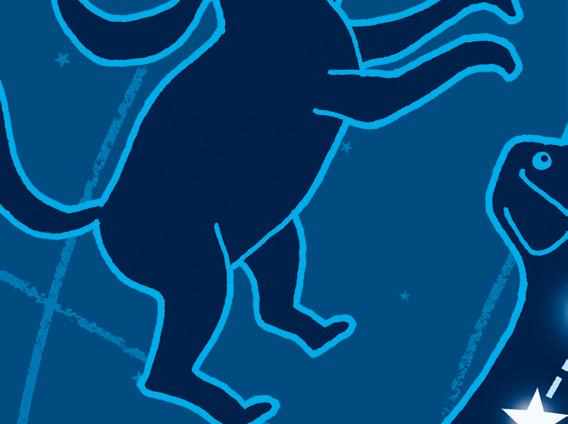


In 1960, two Soviet dogs, Belka and Strelka, were the first dogs to survive being sent into space. They orbited Earth 17 times, then safely returned home



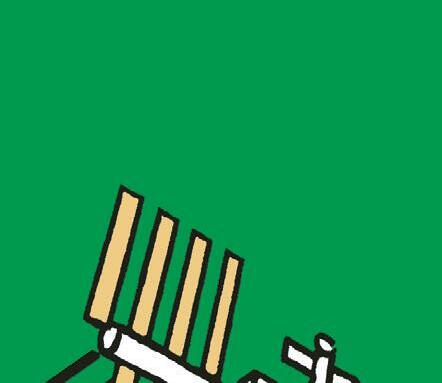



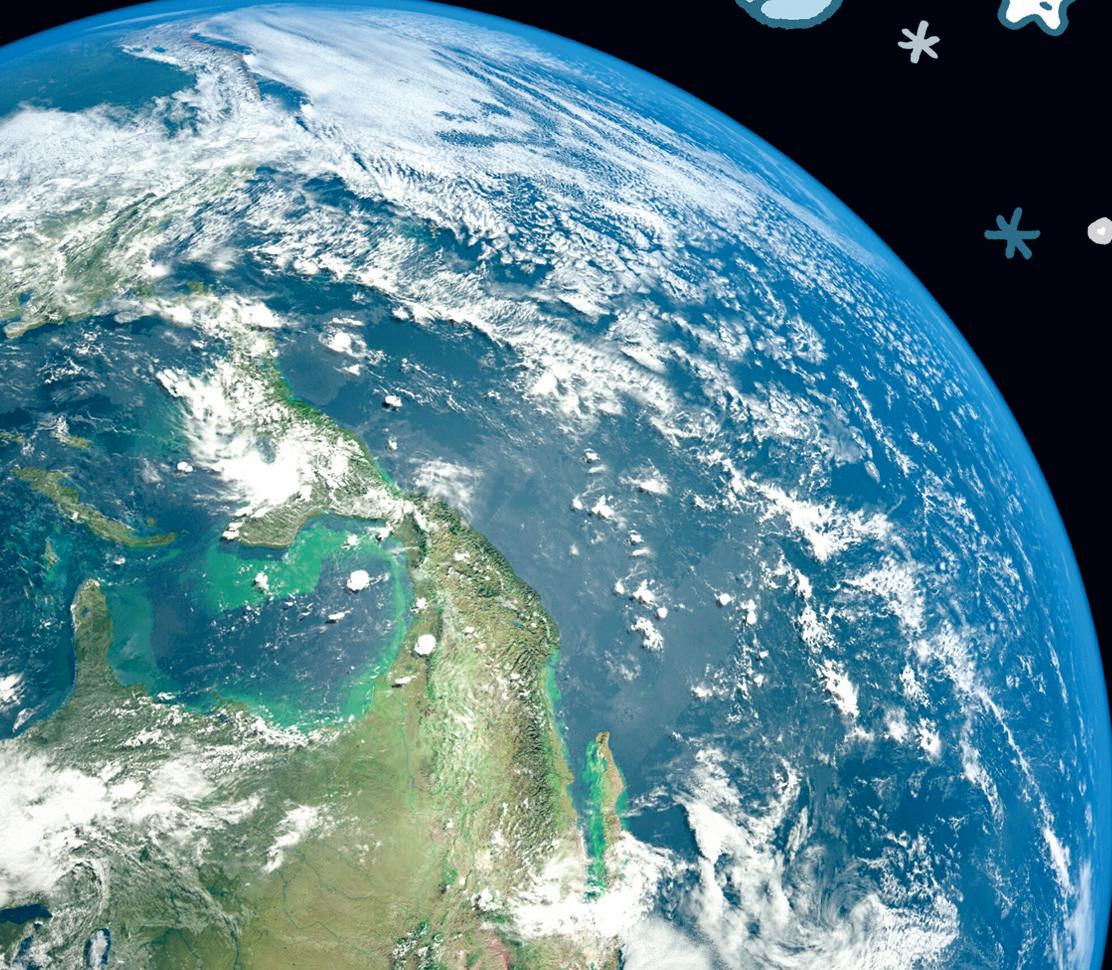






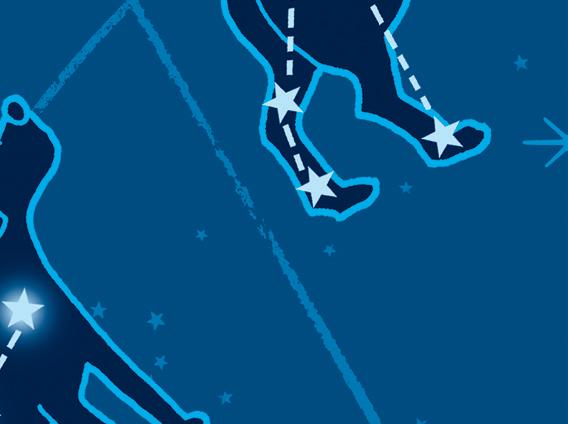


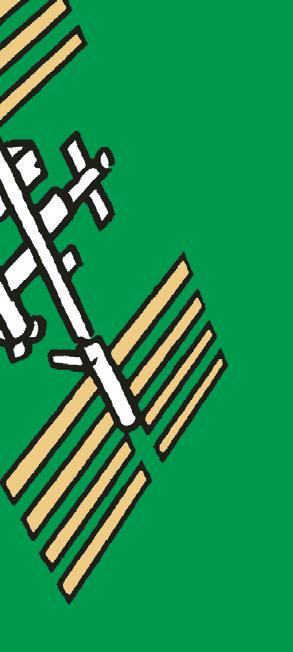


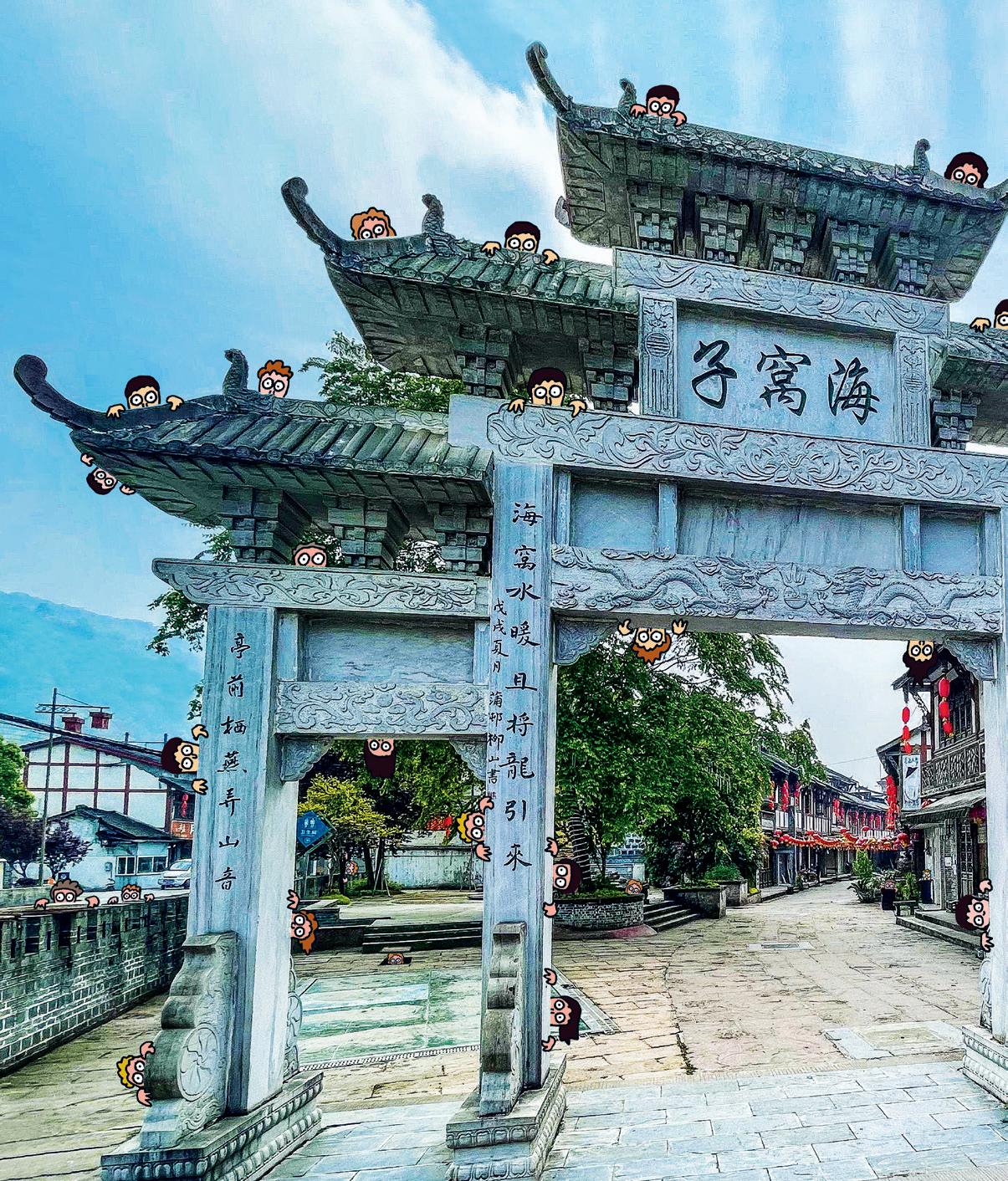
InternationalSpaceStationcirclestheEarth16 times
Every day the
START HERE
ZANY FACTS
Illustrations by Andy Smith
Worth about $15 billion in today’s money, the highest-earning athlete in history may have been a chariot driver from ancient Rome.

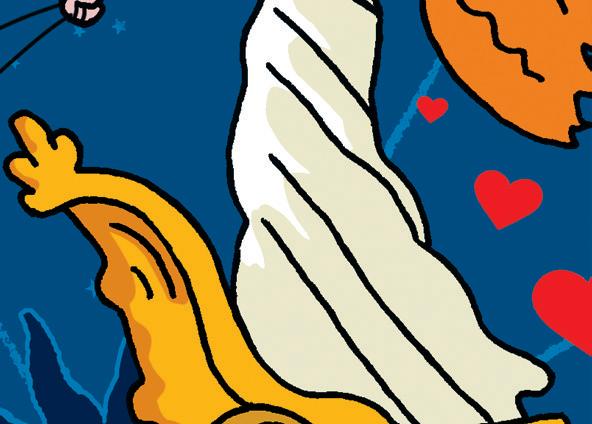

The largest-ever game of hide-and-seek took place in China and involved 1,437 people

In Norse mythology, Freyja, the goddess of love, rode a pulled by large cats
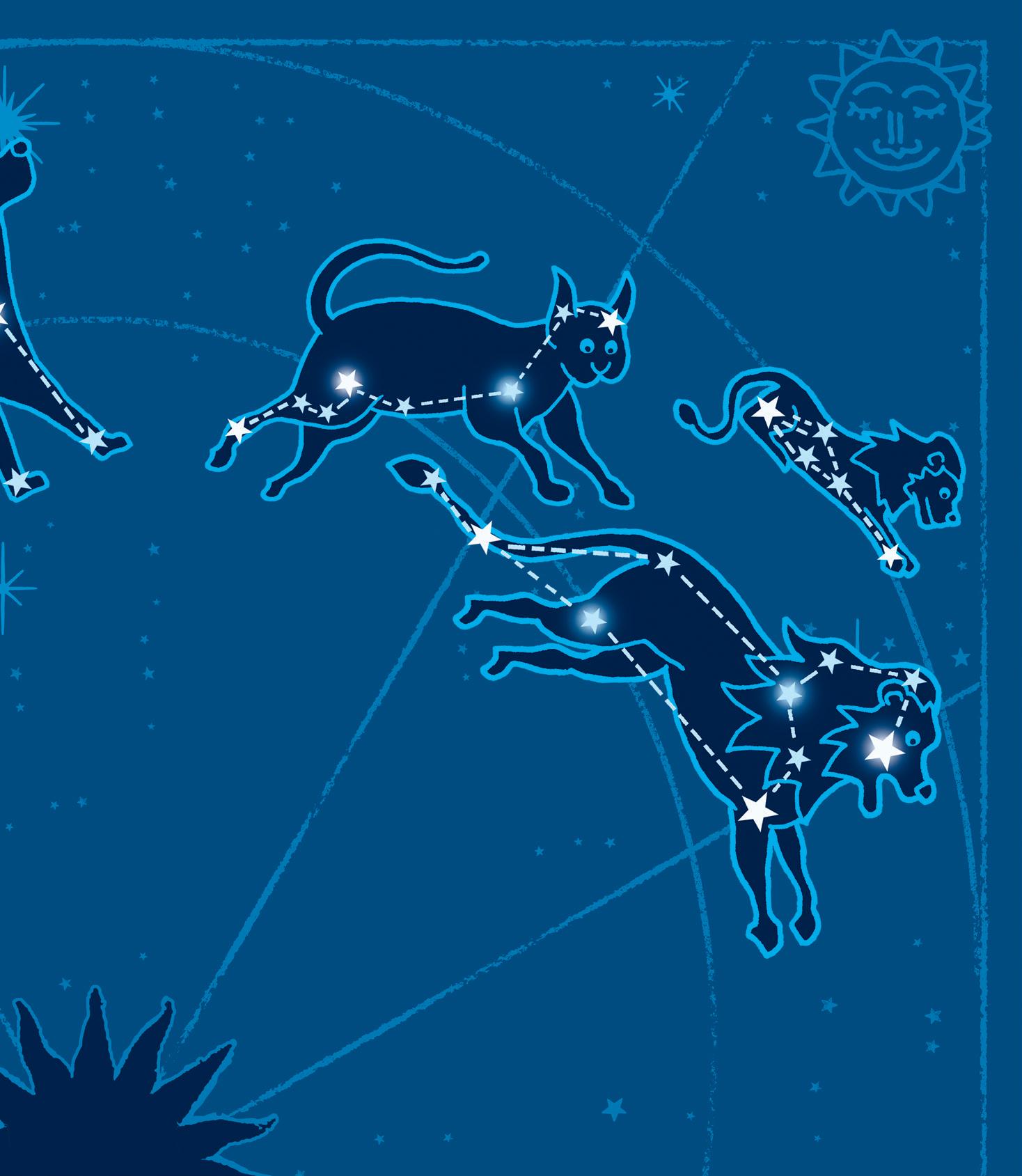
Salarium, the word ancient Roman soldiers would have used for their wages, comes from the Latin word for


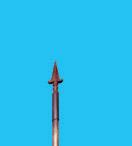

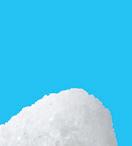





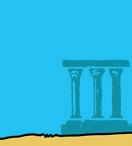
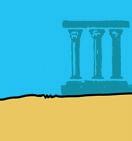



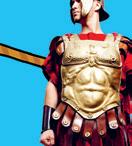
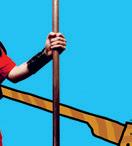

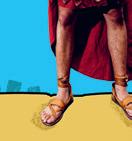


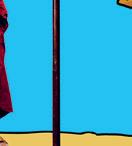
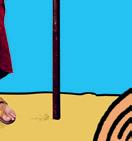
According to some historians, Roman soldiers played a form of hopscotch in their armour to improve their speed and reflexes


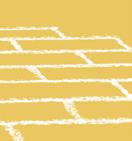

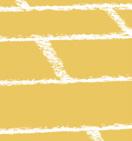


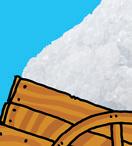
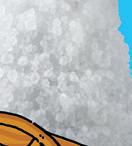

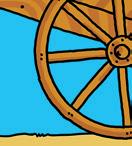

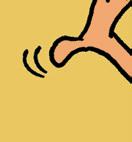
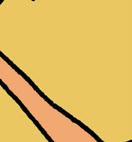



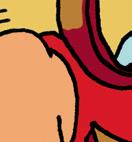

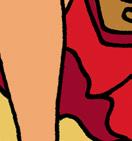
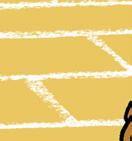
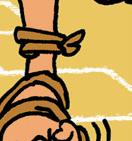
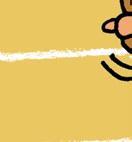
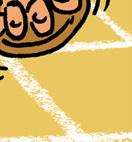
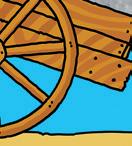
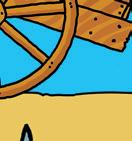
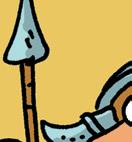

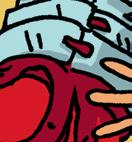
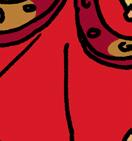
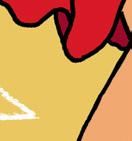
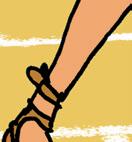
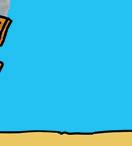
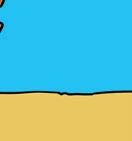


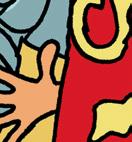
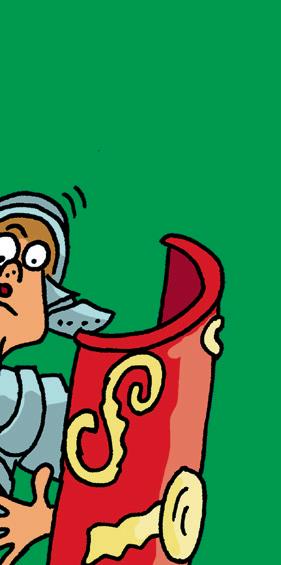

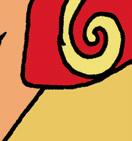




A Japanese engineer has developed a real-life invisibility cloak that uses tiny light-reflecting beads to hide its wearer



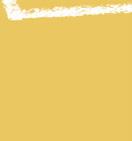


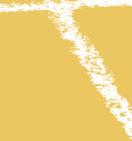



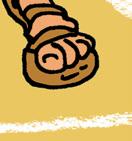

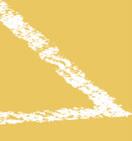
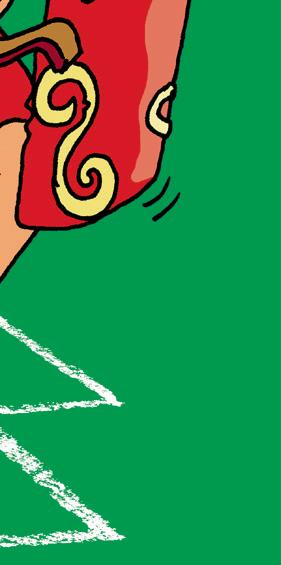

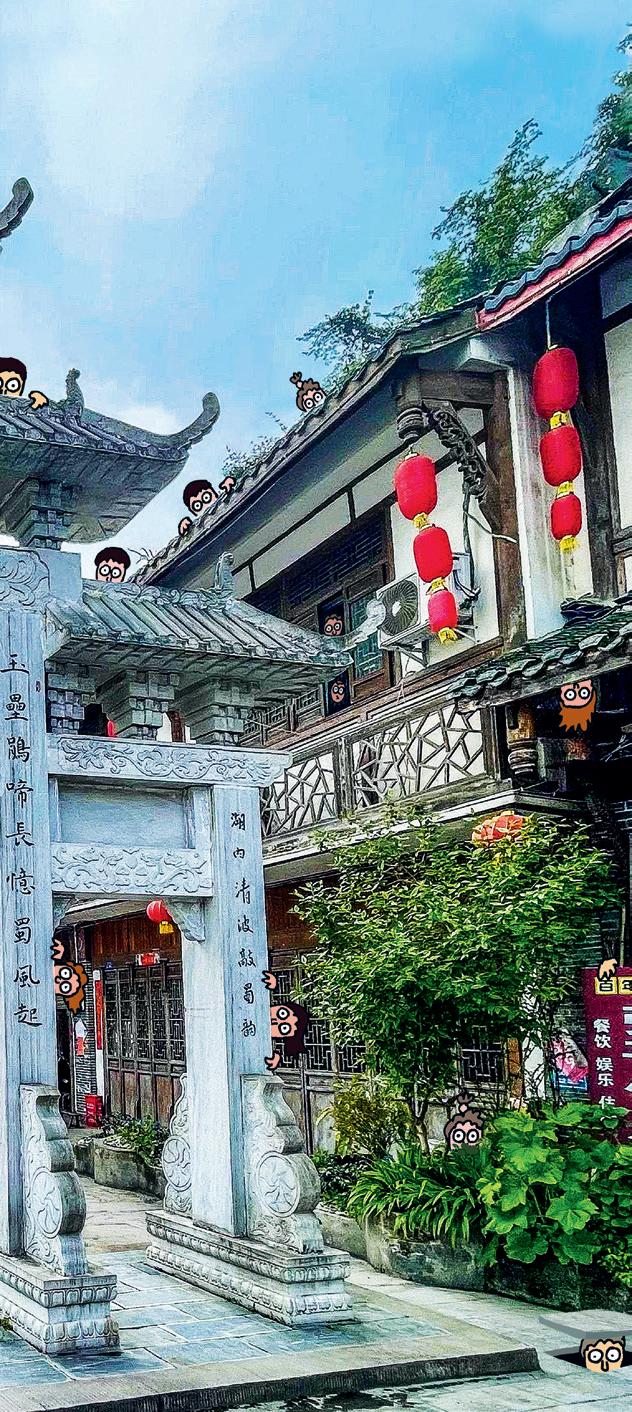
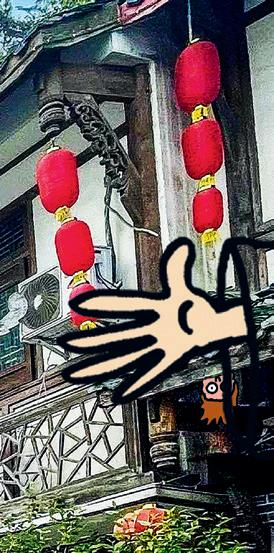









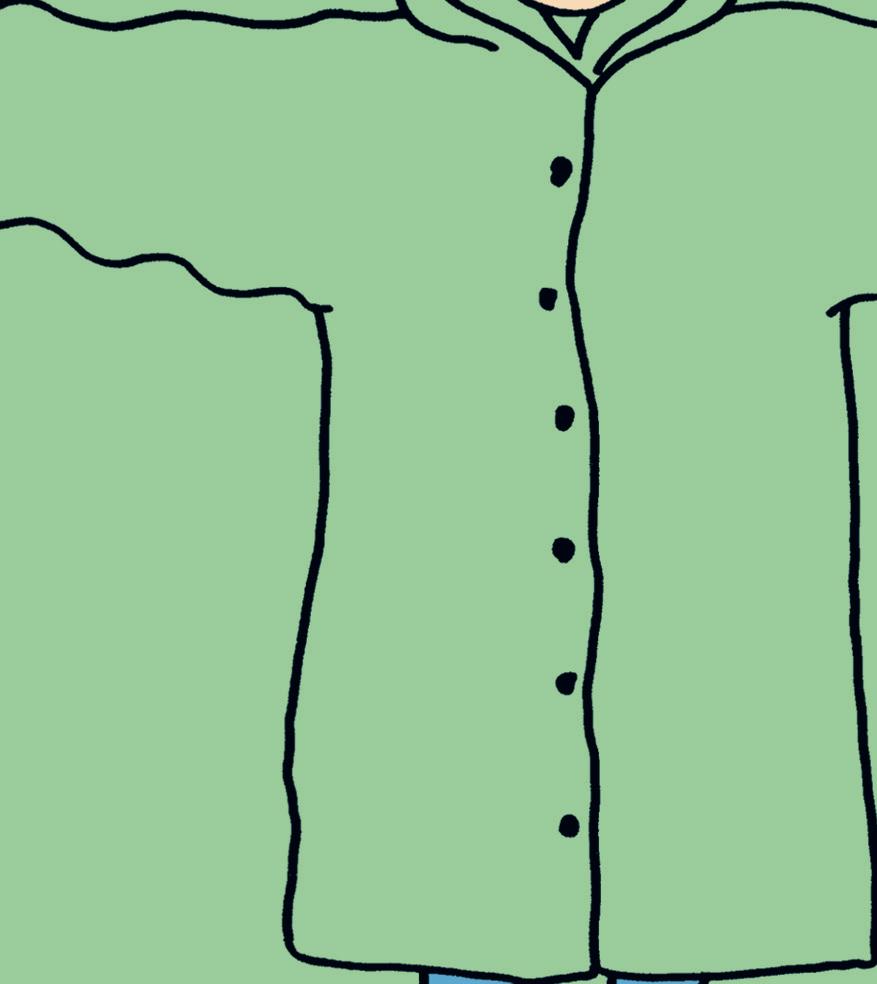


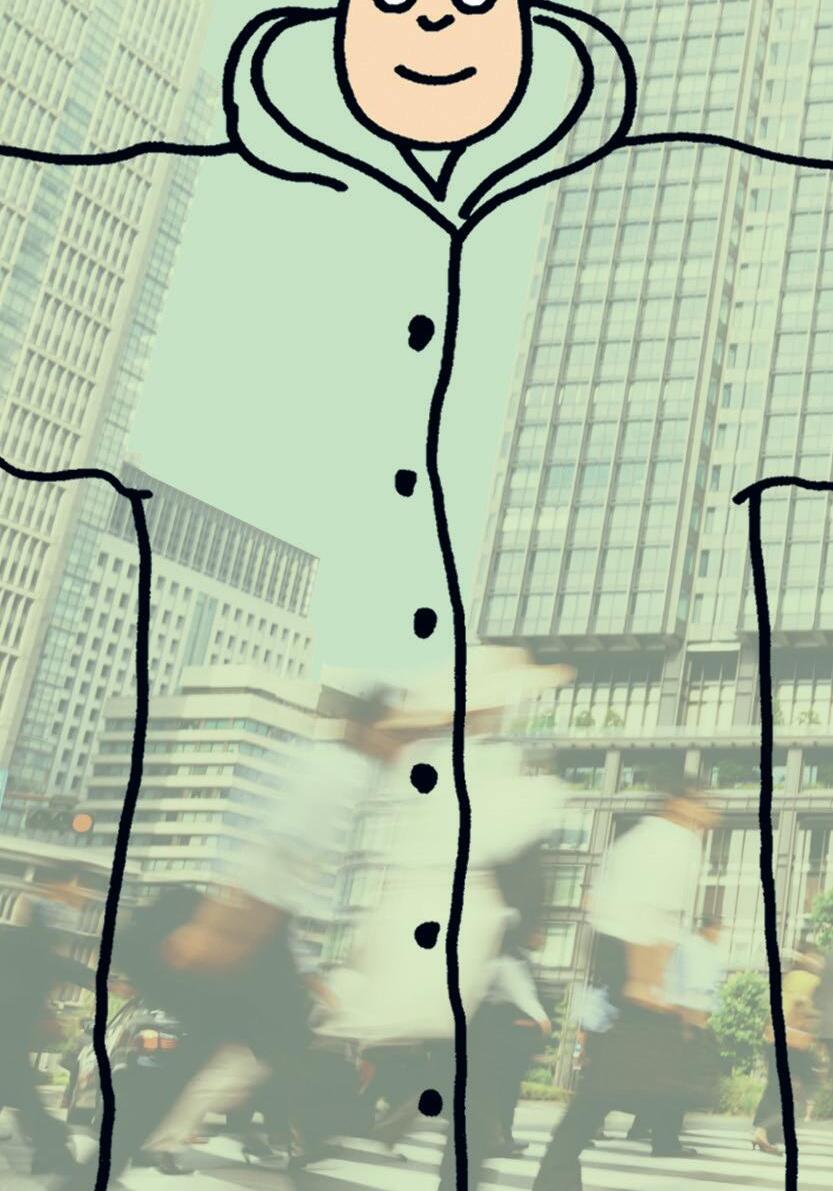
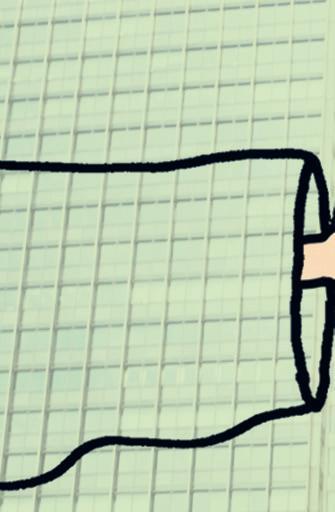


In a study, scientists used virtual reality headsets to convince participants that they had become Visitors can see artefacts that are mostly invisible to the naked eye at a museum in Washington, D.C., USA, by scanning them with special devices!



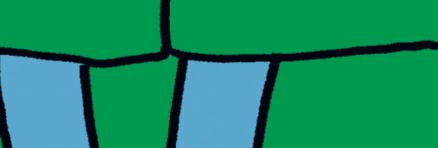



invisible ◆ salt ◆
5
chariot
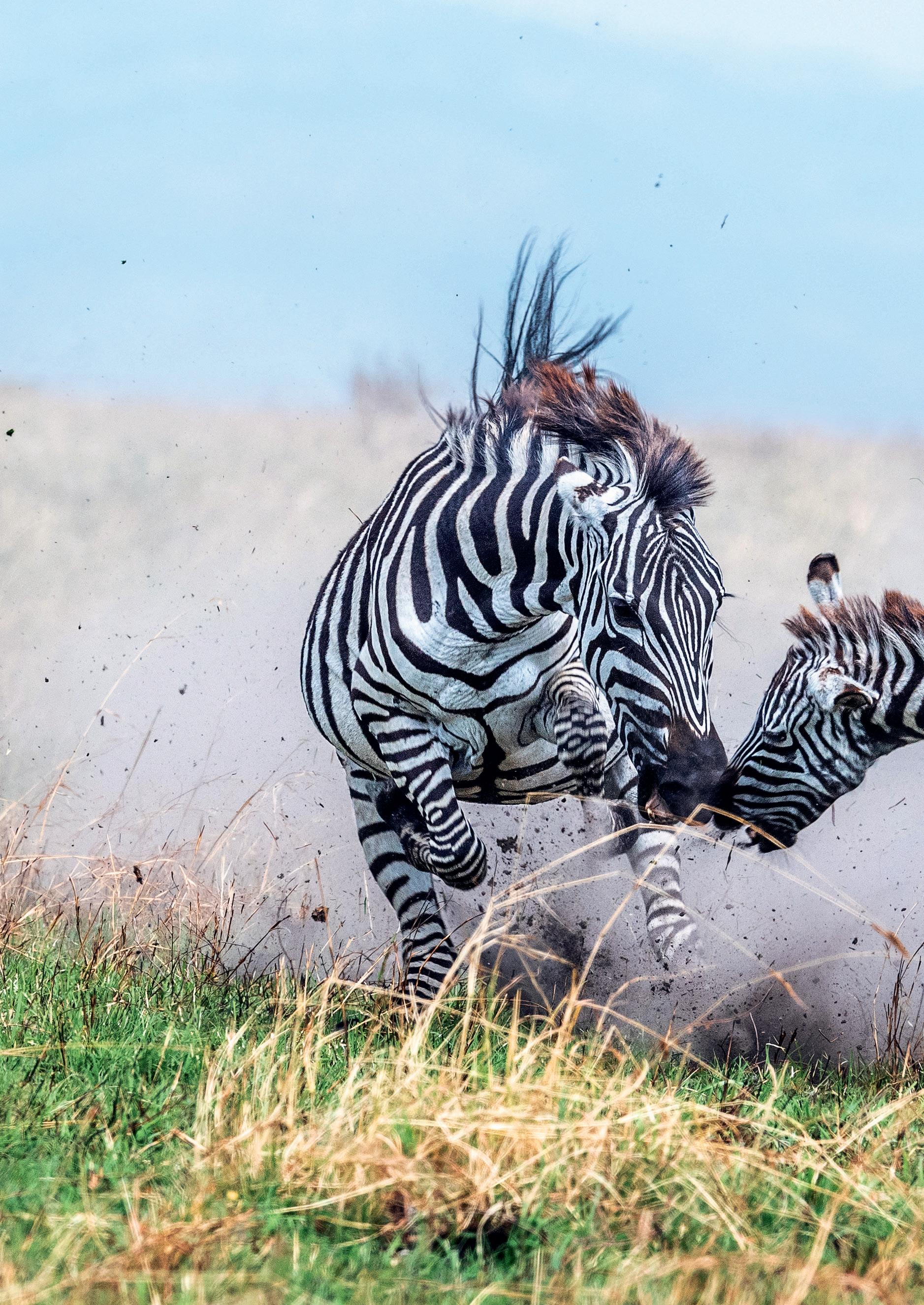
THE CHASE
This heart-stopping photograph of a cheetah hunting a zebra and its foal was taken in Kenya in Africa. Scientists estimate that there are fewer than 8,000 African cheetahs living in the wild.


PHOTOS
WORLD NATURE PHOTOGRAPHY AWARDS/ALEX BRACKX 6

Astonishing photos from around the world
7
GALAXY QUEST
The Italian photographer Lorenzo Ranieri Tenti travelled to Tenerife, an island of the coast of West Africa, to take this spectacular photograph of the Milky Way. The lower levels of light pollution in Tenerife mean that many more stars are visible in the night sky.
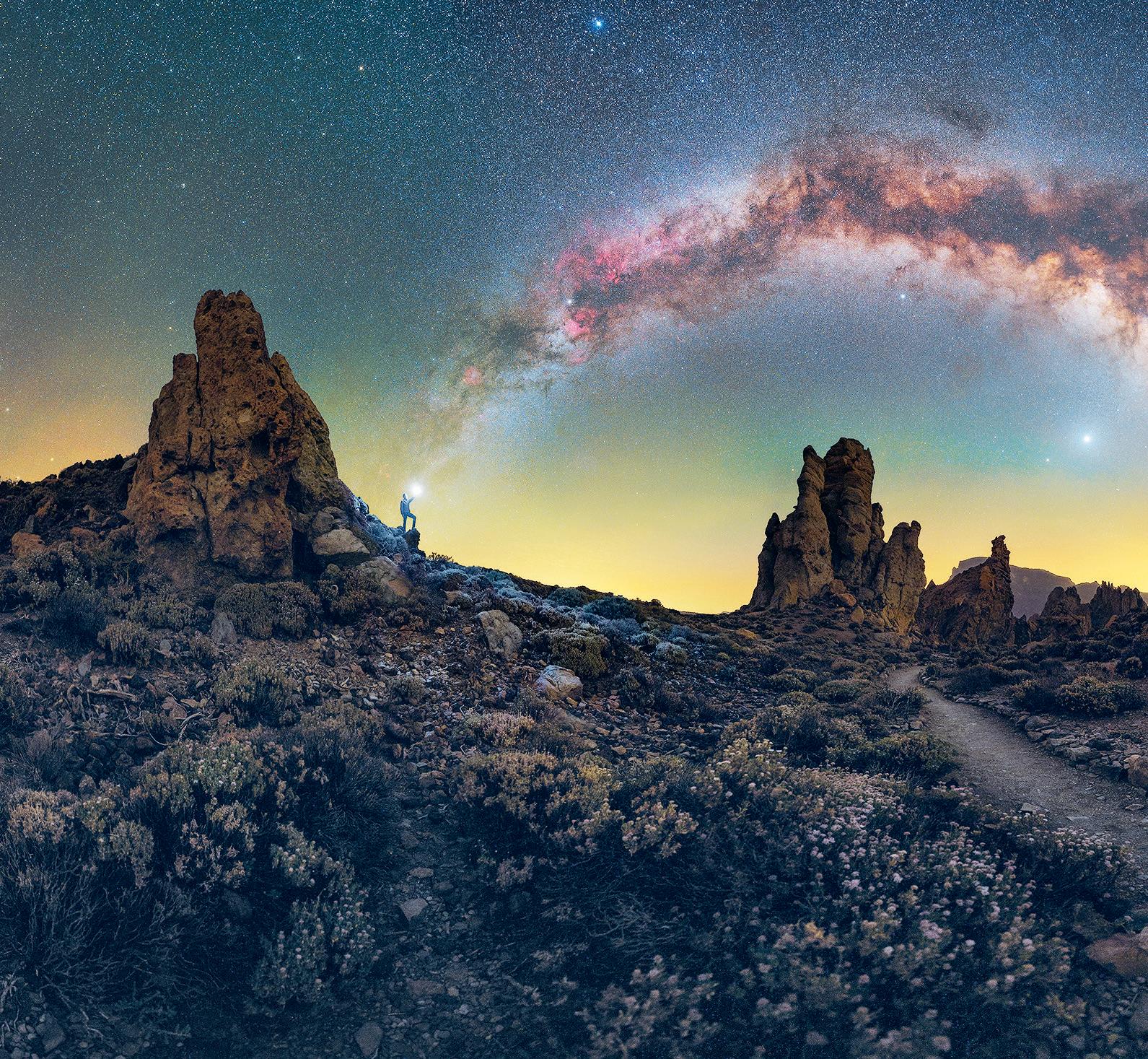
BIRD’S EYE VIEW



PANO AWARDS 2023/LORENZO RANIERI TENTI

This unusual photo of Spain’s capital city, Madrid, reveals what its streets and red-tiled buildings look like from above. The rectangle at the centre is Plaza Mayor, one of the oldest and most famous squares in the city. If you ask your grown-up to help you use Google Maps, you can see what your home and school look like from above!


OOOH!
INTERNATIONAL
SONY WORLD PHOTOGRAPHY AWARDS 2024/HUANZHEN YANG 8
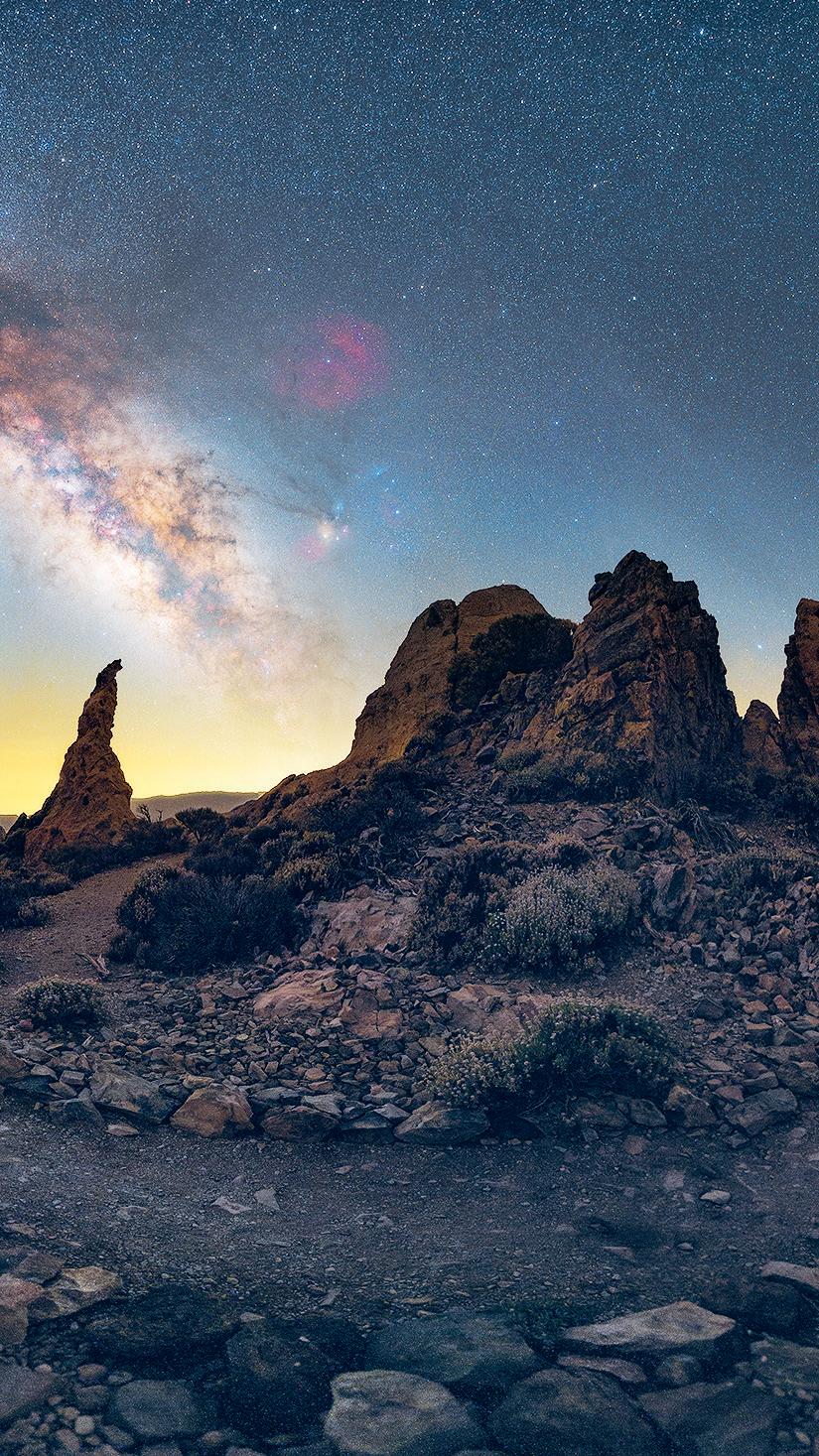
WOW!
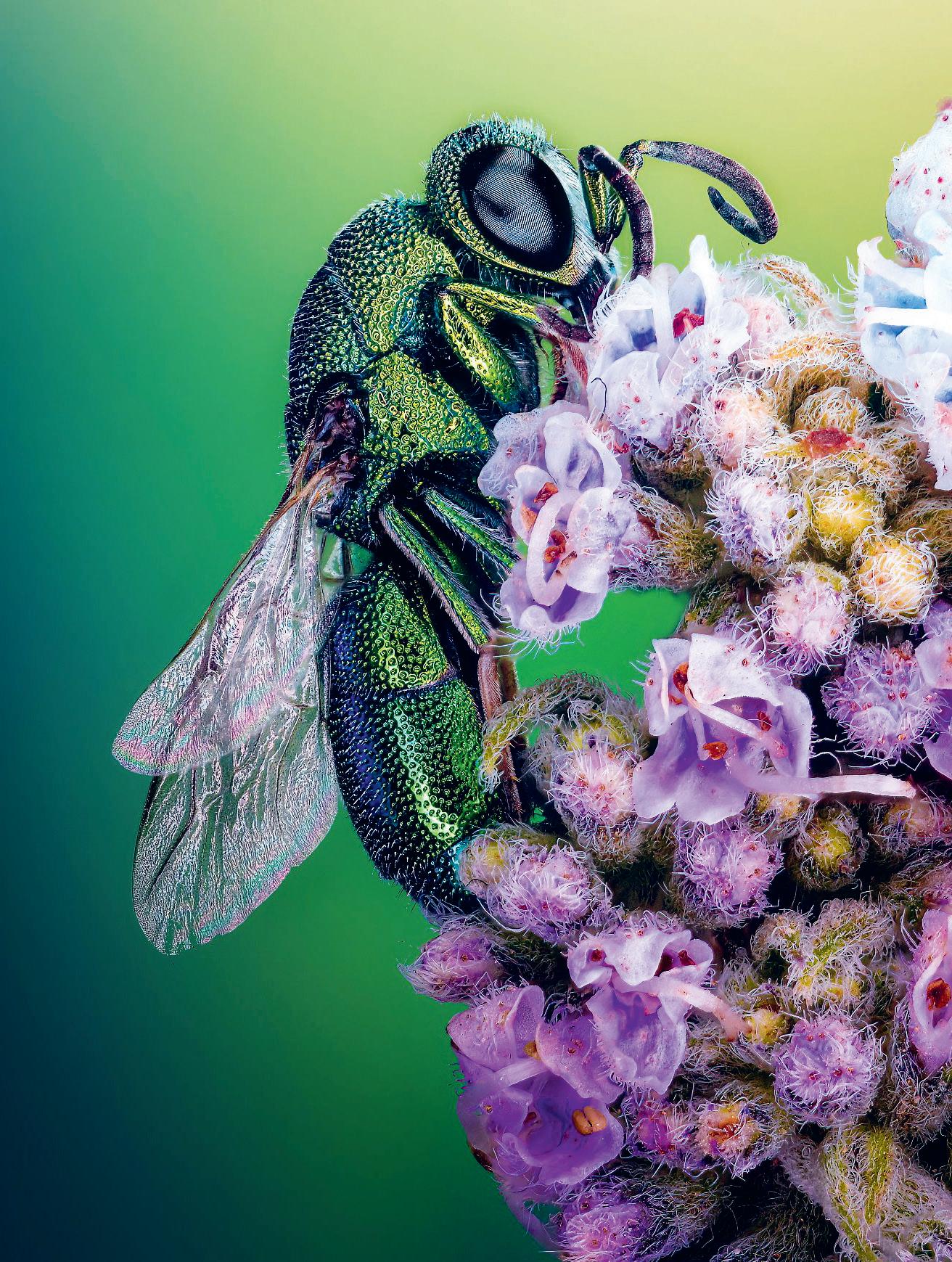
IT’S A SMALL WORLD
This colourful close-up image of a cuckoo wasp landing on a flower is an example of photomicrography, which is the technique of taking photographs through a microscope.
COMING UP FOR AIR

This highspeed female swimmer is straining to win a race in Colombia, South America. Like many swimmers, she lifts her head every four or five strokes in order to take a breath of air. The oxygen she inhales will help her muscles to work harder for longer. Learning how to breathe correctly is an important part of being a swimmer.




 NIKON SMALL WORLD/ SHERIF ABDALLAH AHMED
NIKON SMALL WORLD/ SHERIF ABDALLAH AHMED
SONY WORLD PHOTOGRAPHY AWARDS 2023/ANDRES MORENO PHOTOS
Eureka!




The latest astonishing discoveries, inventions and scientific breakthroughs.
Meet the first glow-in-the-dark animals
Scientists now think that the first animals to be able to glow in the dark appeared over 540 million years ago, which is more than 300 million years earlier than previously
thought. The ability of living things to glow is called bioluminescence. A lot of animals can do it, including fish, fireflies and jellyfish. Bioluminescence can be used for camouflage, hunting and even communicating. According to new research, the first bioluminescent animals were a class of sea-dwelling creatures called octocorals.
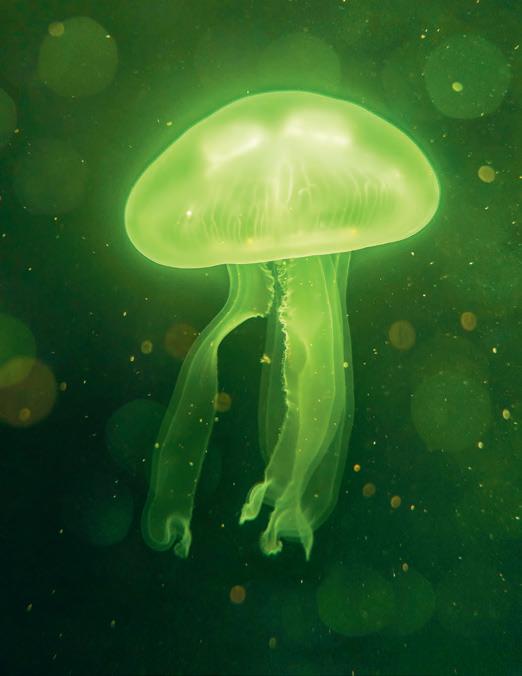

The
world’s
funniest crab joke











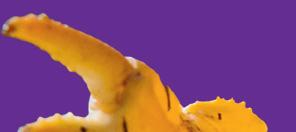
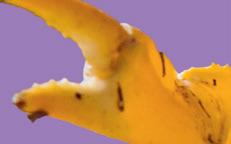
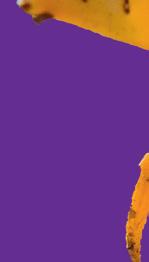

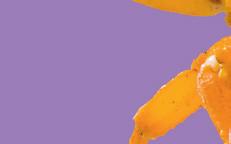
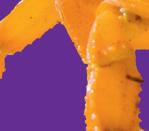
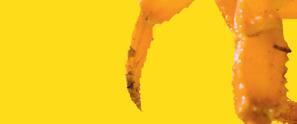

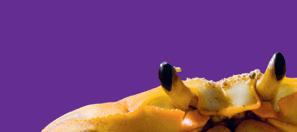
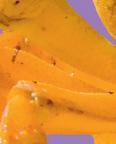
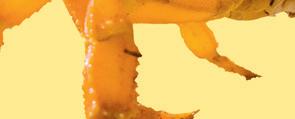





– as chosen by a group of crabs!
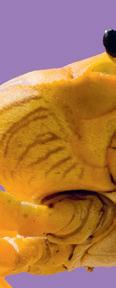
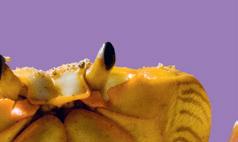




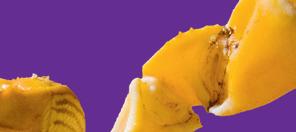
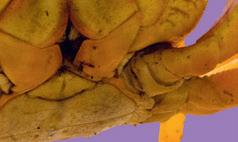
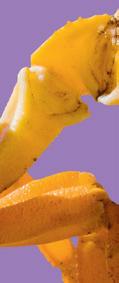

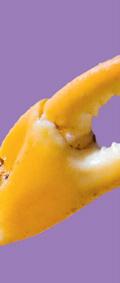

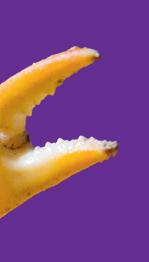












The Crab Museum in Margate, UK, held a competition to find the ‘world’s funniest crab joke’. Some 700 jokes were submitted to the museum, which claims to be the only crab-themed museum in Europe. Finalists were selected by local children and celebrities. And the winning joke was chosen by a group of crabs! The finalists were written on slips of paper that were then wrapped around tins of fish, and the crabs chose the
one they liked best. Here is the winning joke, followed by two other finalists in the contest:
Q: Why did the crab cross the road?
A: It didn’t. It used the side-walk!
Q: How do barnacles get around?
A: A taxi crab!
Q: Why didn’t the crab help the chicken to cross the road?
A: Because it was eaten by a pelican crossing!
Above: a glowing jellyfish. Below: glowing plankton.
It used its How did the get out of crab prison? escape claws! GUINESS WORLD RECORDS/BBC/ YINGLIANG 10
Real-life Rapunzel sets hairy new record
A woman from Ukraine has broken the world record for having the longest human hair. Aliia Nasyrova’s stunning locks measure a whopping 257.33 centimetres! This means that Nasyrova’s hair is nearly a metre longer than she is tall. In fact, her hair is so long, it would still flow past the feet of the world’s tallest man, who measures in at 251 cm.
Nasyrova, who works as an artist and long-hair model, washes her long hair once a week. She says it takes 30 minutes to get it all clean!

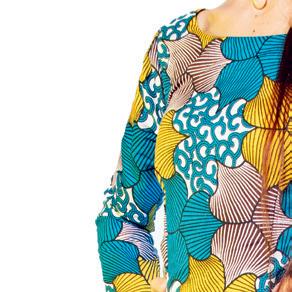
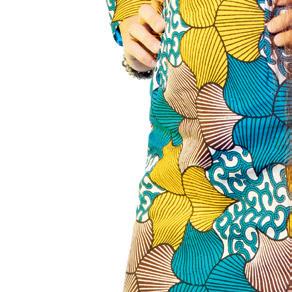
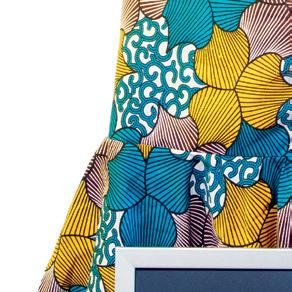
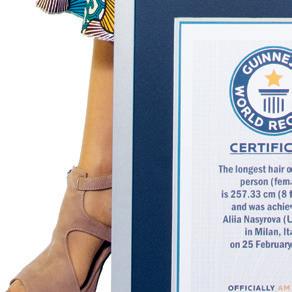







Footprints of a giant new species of velociraptor discovered in China
Palaeontologists in China have discovered a new species of velociraptor which they have named Fujianipus yingliangi.
Back in 2020, scientists working in Fujian province in China found around 250 sets of fossilised dinosaur footprints in the mudflats of a prefecture, or region, called Longyan. Among the footprints were some that scientists had never seen before. They decided that these footprints had come from a new species of raptor

An artist’s drawing of how Fujianipus may have looked.
VELOCIRAPTOR SIZE COMPARISON
that was probably very large.
Judging by the footprints, which were a whopping 36 cm long, the scientists have calculated that Fujianipus yingliangi could have been around 1.8 metres tall at the hip and 5 metres long, which is almost twice as long as the fearsome velociraptors that starred in the Jurassic Park movies! Scientists are hoping to locate some of the dinosaur’s bones to get a better idea of what it looked like.
Stunning Roman paintings dug up at Pompeii
When the volcano Mount Vesuvius erupted in 79 CE, it buried the city of Pompeii in ash. Thousands of years later, archaeologists are still digging up the ruins. What they find teaches them a lot about what life was like in Ancient Rome. A recent dig has uncovered stunning artworks, including colourful paintings, such as the one shown here, and a mosaic floor with more than a million individual tiles. Much more remains to be discovered!
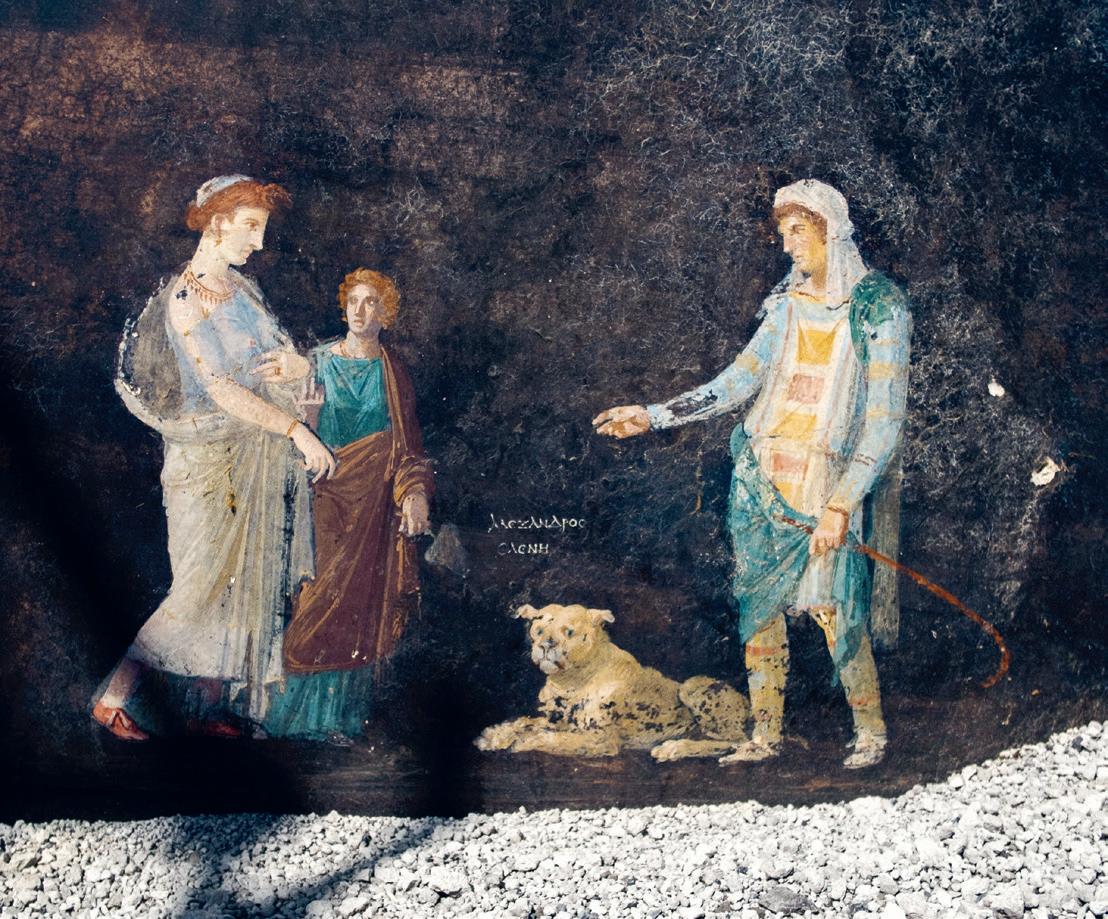
NEWS
Helen of Troy, who ran away with Paris.
Paris, a prince of Troy during the Trojan war.
FUJIANIPUS YINGLIANGI ↔ 5 m long ↕ 1.8 m tall JURASSIC
VELOCIRAPTORS ↔ 2.6 m long ↕ 1.8 m tall VELOCIRAPTOR MONGOLIENSIS ↔ 1.8 m long ↕ 50 cm tall 11
PARK
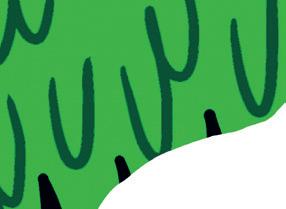

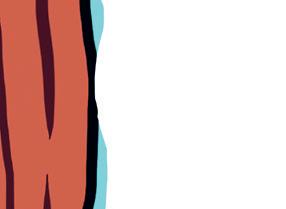








GORILLA How to chat...



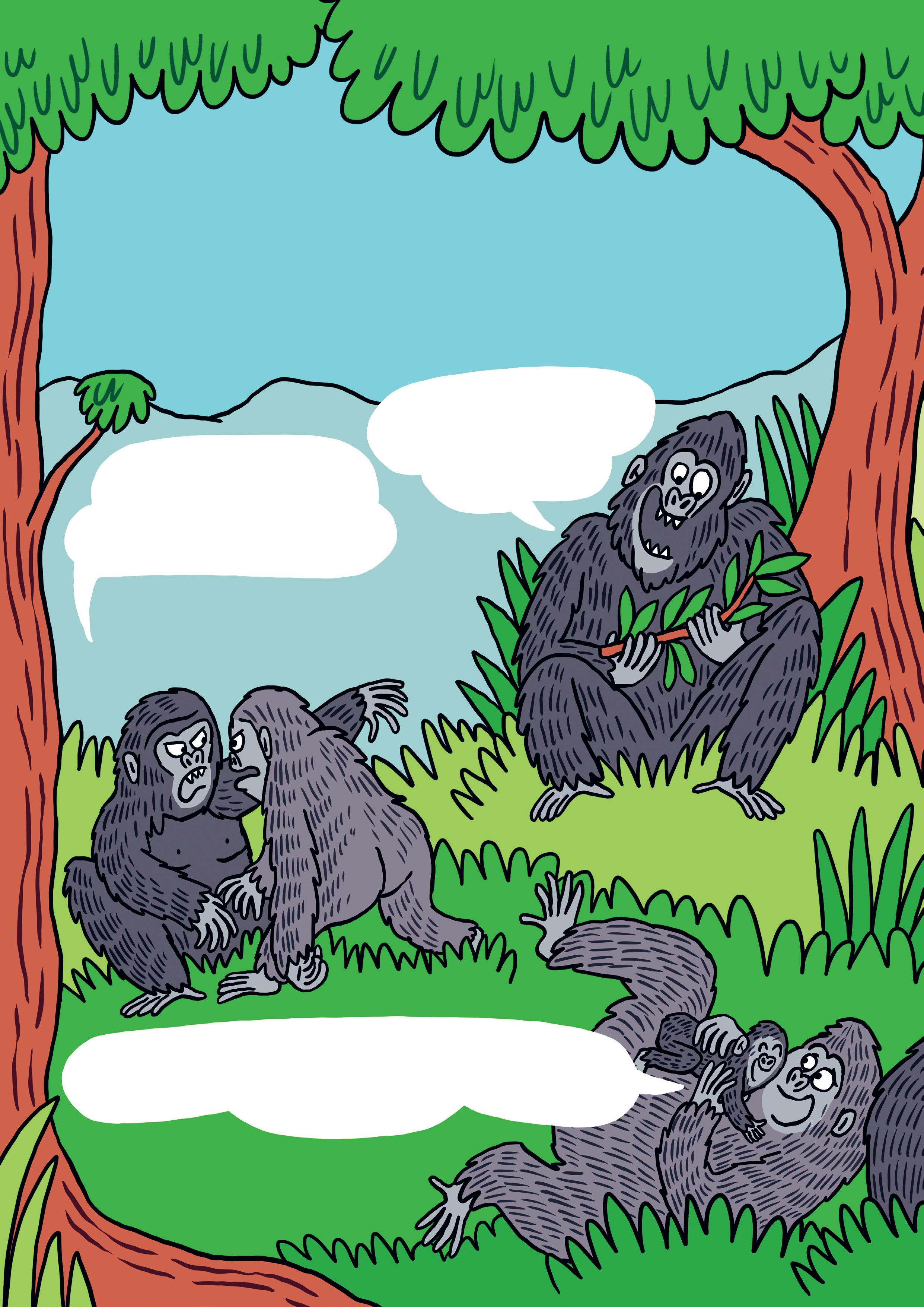
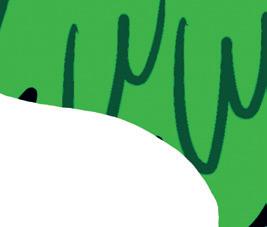

 By Dr Nick Crumpton
By Dr Nick Crumpton
 Illustration by Adrienne Barman
Illustration by Adrienne Barman








These great apes live in Africa in small groups. Each group is protected by a large silverback male. Gorillas are known for being gentle and can show some human-like emotions. However, they can still be very dangerous!
BUUUR P
(Delicious!) Aae e eiii (Stop being annoying!)
Gorillas use these screams when they are having an argument. Living with other gorillas can be hard!
Huoh h u o h huoh (What fun!)
No matter their age, gorillas love to play. These chuckles mean they’re really enjoying themselves.
Pretty obviously, burps mean YUM!
12
G R N N N T
(I’m in charge)
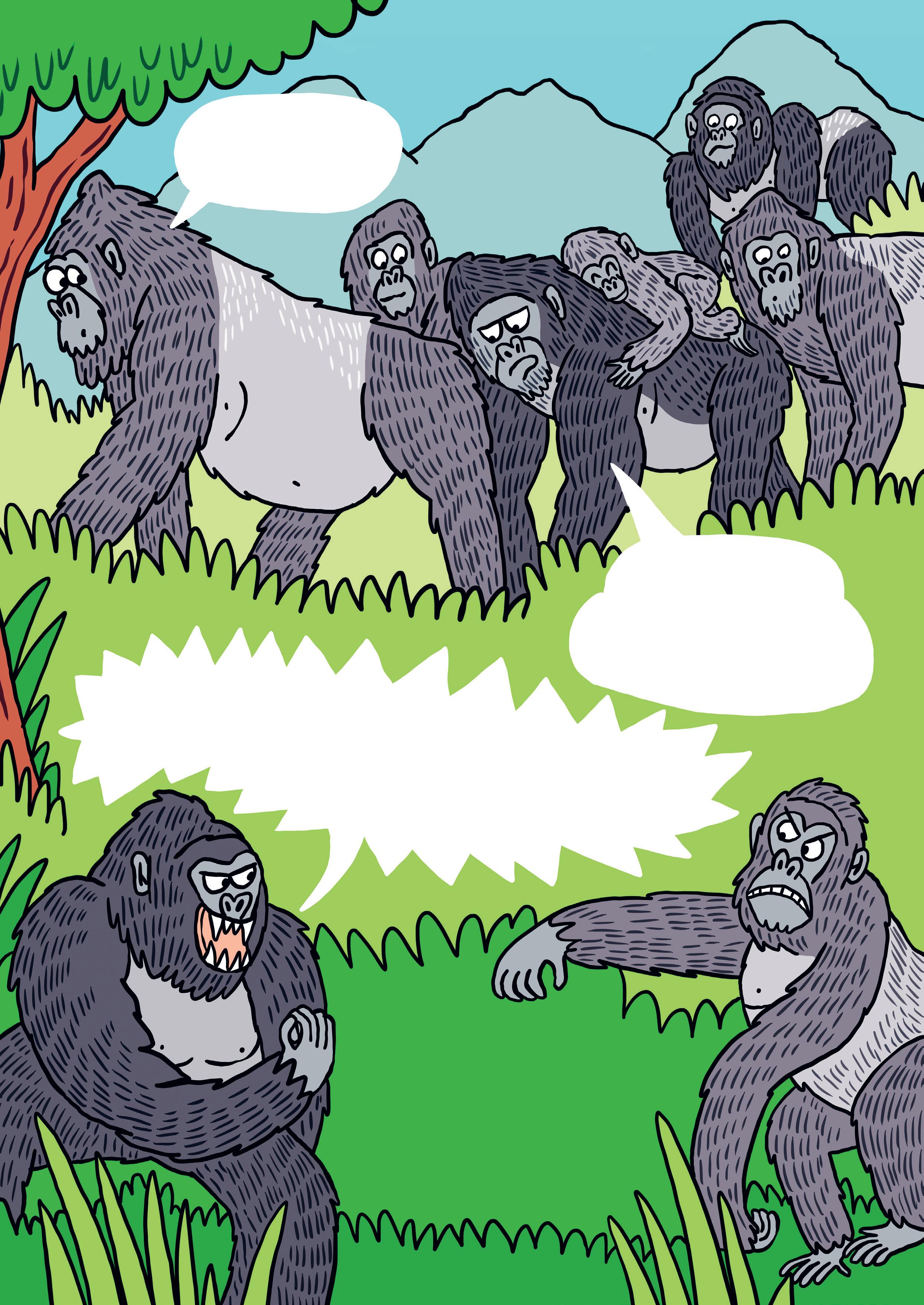
Small grunts are made by silverback gorillas to keep the rest of their group in line.
(There’s
a problem –let’s stick together.)
Roauuuuur!
(Get ofmy turf!)
It doesn’t happen very often, but sometimes these low roars can be heard throughout the forest when males are fighting. There might also be the thud-thud-thud sound of the male beating his chest.
Hoot!
13
















ORANGUTAN How to chat...












There are three species (or types) of these rust-coloured great apes. They live in the remaining forests of Sumatra and Borneo in Southeast Asia. Orangutans are very intelligent and also very loud! Some of their calls can be heard more than 1.5 kilometres away.
WHU
U U-WHUUU-WHUUU... (Hellooooo…)
‘Long calls’ can last for many minutes and are a way for orangutans to communicate with each other over large distances.
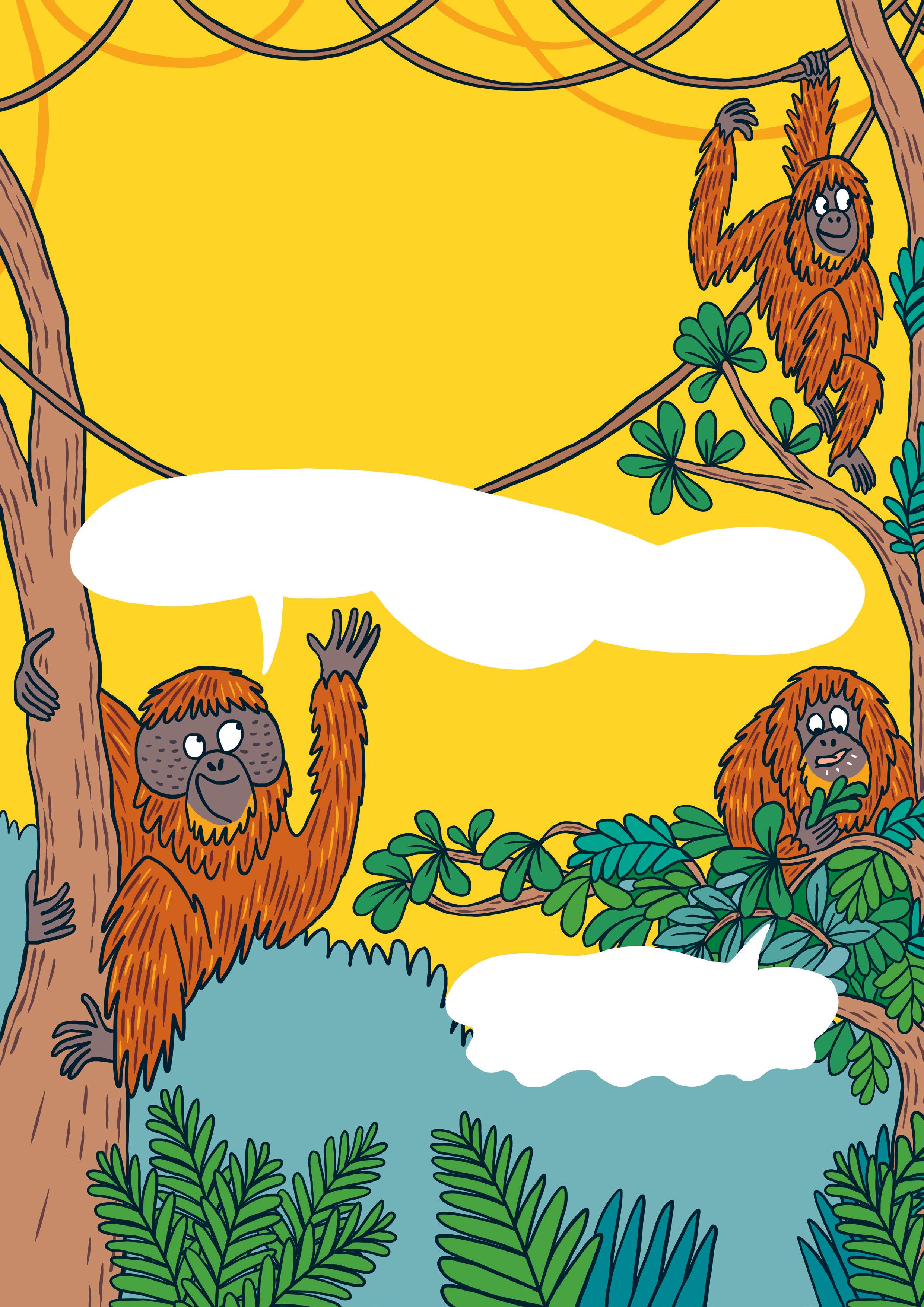
Send It In!
Wewanttohearyour best ape impressions! Recordyourselfmakingthenoises listed here and email the file to editor@whatonearth.co.uk Thebestapeimpressionwillwinacopy of the new book How to Chat Chicken!
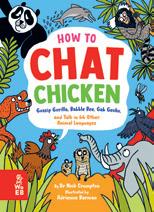
PCTH T H U T H UTHTU
(I’m working on my nest.)
A raspberry might sound rude, but it can just mean that the orangutan is busy and wants to be left alone.
14
Gru n nt
(This is great!)
Orangutans make grunting noises when they are playing together and having fun.
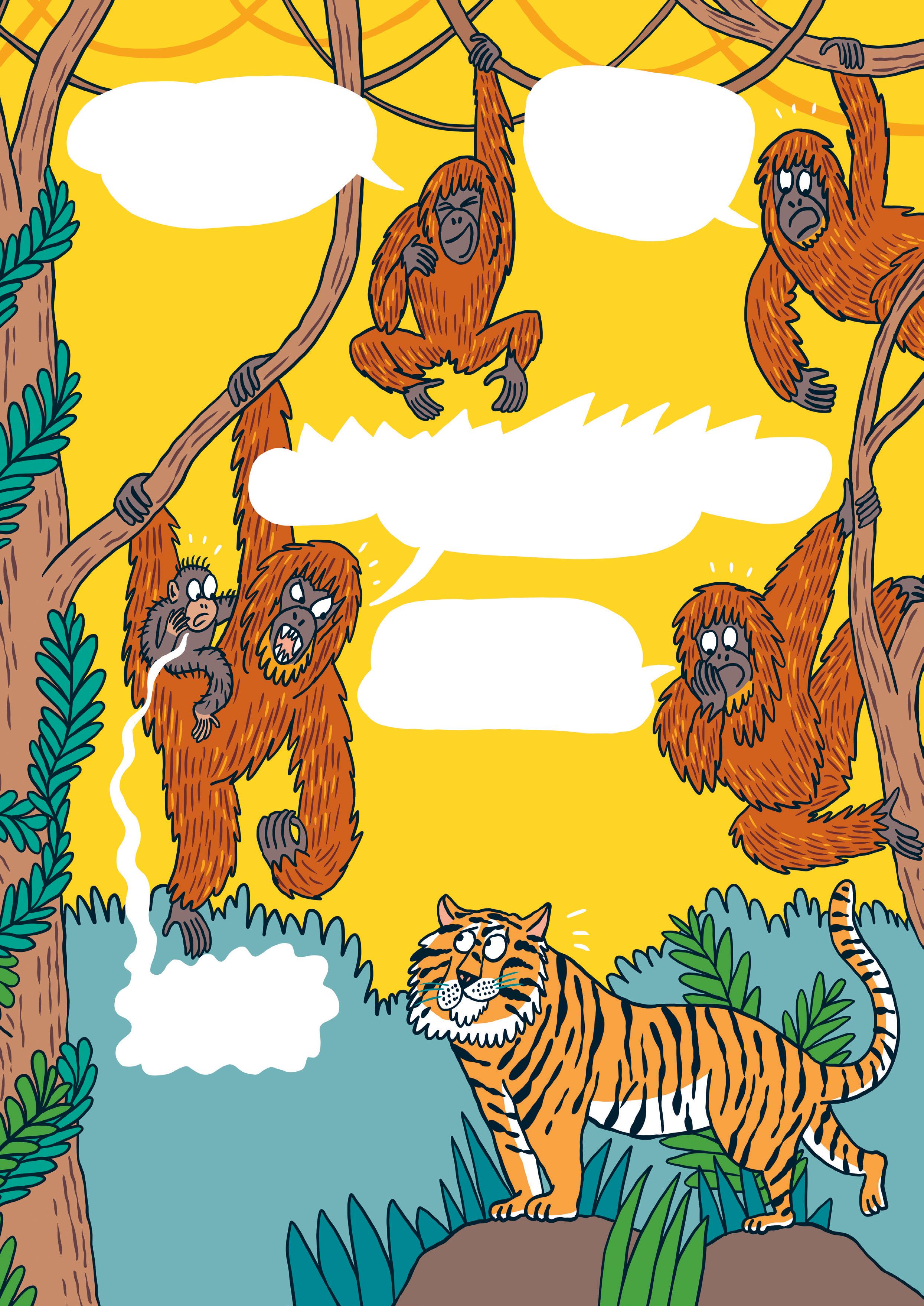
SQ
U E A K!
BAK!
(Look out!)
These short barks warn of danger.
(I’m bigger than you!)
(I’m scared) GR U M P H G R U M P H G R U M PH
Young orangutans aren’t as loud as adults, but they still use sounds like these to communicate with their parents.
M mwia
(I am a big, bad beast.)
By making this high-pitched kissing noise into their hands, orangutans can trick predators into thinking they are bigger than they really are.
15
Can you work out which games are played with the tables, boards and equipment shown on this page? Find out if you got them all on page 49. 1 2 3 4 5 6 GAMEs quiz! 17
kIlLeR kIlLeR kIlLeR pLaNtS! pLaNtS! pLaNtS!
Prepare to explore the strange – and surprisingly dangerous – world of flowers and plants.
We usually think of plants as being pretty harmless. You’ve probably rolled around in grass or collected a bouquet of wildflowers without any alarming side-effects (unless you accidentally disturbed a bee!). So you might be surprised to learn that some plants can be quite dangerous, even to us humans. Some plants, called carnivorous plants, lure in insects before digesting their prey as a meaty meal! Other plants produce toxic poisons that can kill. And some plants have unexpectedly deadly ways of spreading their seeds. Read on as we find out more about some of the dangerous and even deadly plants that could be lurking in a flowerbed or botanical garden near you…
Continued on next page
poisonousOver100speciesofplantscanbe foundintheUKalone–sotakecarewhen gardening!
18
! WARNING!
plantsJustlikewildanimals,certain canbehighlydangerous aretohumans.Someplantspecies dangeroustoeat,tasteoreven smell.Otherplantspeciesaredangerous to touch.
Soalwaysremembertocheck withagrown-upbeforeapproachingortouching aplantthatyoudonotrecognise.
pLaNtS! pLaNtS! pLaNtS!
mEeT tHE mEaT-eAtErS!
From the famous Venus flytrap to the lesser-known corkscrew plant, let’s take a look at some of the most interesting types of carnivorous plants – and how and what they eat!
today there are more than 600 known species of carnivorous plants found around the world – plus probably many more that have not yet been discovered. Being carnivorous means eating meat. But plants don’t chase down and capture their prey the way carnivorous animals such as lions do. Many plants rely on nutrients from dead insects or animals in the soil, but that doesn’t make them carnivores.
HoW A vEnUS fLyTrAP eAtS
1 Flies are attracted to Venus flytraps because they look delicious and red and smell like sweet nectar, which is produced around the edge of the trap.
TEETH
To be considered truly carnivorous, a plant must attract, capture and digest its prey – like the plants featured here. Most carnivorous plants eat insects or spiders. Although some eat tiny protozoans (single-celled creatures). Other plants can even eat small mammals and birds! 1 2
SENSORY HAIRS
NECTARSECRETING GLANDS
DIGESTIVE GLANDS
HOw dO CaRniVoRoUs
PlAnTs cAtCh tHeiR PrEy?
Carnivorous plants trap prey in a variety of ways: Sticky traps, such as sticky leaves or stems, act like flypaper. Prey gets stuck to them and can’t escape. Pitfall traps are usually special rolled leaves that are shaped like
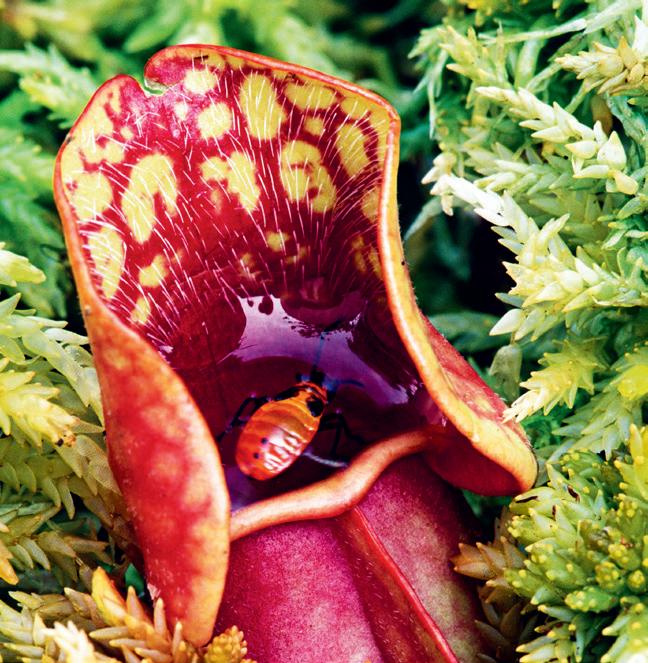




tubes or cups. Prey falls into the trap or is guided there by spiky hairs and then becomes stuck inside. Sometimes pitfall traps are filled with water or digestive enzymes. The walls of the traps may be slippery so prey can’t climb out to escape. Some pitfall traps even have covers on the top. Snap traps use a quick movement of the plant’s leaves to capture prey. Suction traps suck prey inside like a vacuum cleaner. Lobster pot traps have spiky hairs that point inwards so prey can climb in but not out without getting stabbed by the hairs.
REOPENING ABOUT A WEEK









































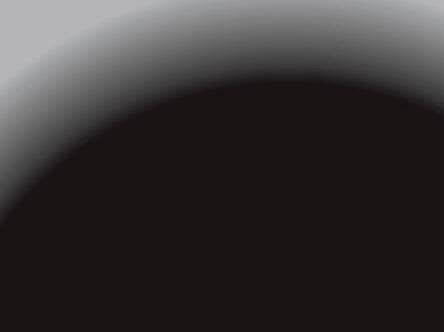















DIGESTIVE ENZYMES NUTRIENTS




















































KILLER PLANTS!
AVenusflytrapcan liveforuptothree weeksonjustone largeinsect.
Pitcher plant
2 When a fly lands on the open trap, it touches the sensory hairs. This sets of an electrical signal, which readies the trap. If there is a second signal within 20 seconds – snap!
FAST CLOSURE
0.1 SECONDS
3 As the fly struggles to get free, the sensory hairs continue to be triggered. This activates chemicals inside the plant to start the digestive process.
8 cArniVoRoUs pLaNtS
Pitcher plant
Pitcher plants use pitfall traps. One species of pitcher plant is also used as a toilet by tree shrews!
Venus flytrap
4 The trap shuts up tight, forming a sealed ‘stomach’. It starts to produce digestive enzymes to break down the fly into nutrients.
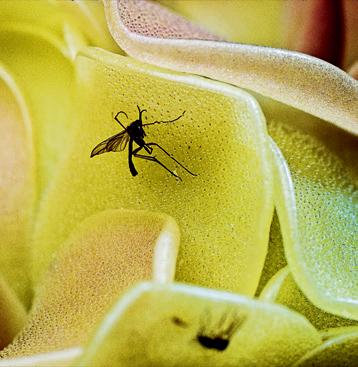
Butterwort
DIGESTIVE GLANDS
STOMACH FORMATION & ENZYME SECRETION 1–2 HOURS
5 The digestive enzymes break down the fly into nutrients for the plant to use to help it grow. This may take several days. After this happens, it takes about a week for the trap to open up again.


DIGESTION ABSORPTION 12 HOURS–5 DAYS
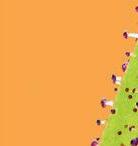

Venus flytraps use snap traps. When an insect lands on the plant’s tiny trigger hairs, the plant closes and gobbles it up (see left). Venus flytraps are native to a small area in the United States.
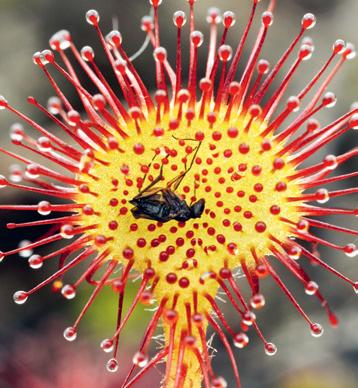
Sundew
Sundews capture prey using sticky tentacles on their leaves. They have been used as medicinal herbs for centuries, especially to treat coughs.
Dewy pine
The dewy pine is similar to sundews and traps bugs with sticky curly leaves. Despite its name, it is not related to pine trees – although, like pines, it does stay green all year.

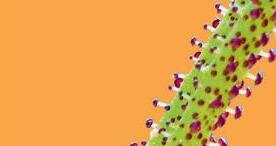
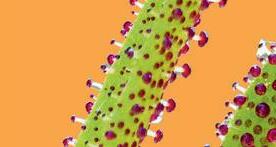


Butterwort
Butterworts have sticky leaves to trap prey. They were studied very closely by the famous evolutionary biologist Charles Darwin.
Bladderwort
Bladderworts can be found on every continent except Antarctica. They use tiny bladders only 2–5 mm long as suction traps to hoover up prey.
Cobra lily
The cobra lily looks like a cobra rearing its head, and even has a forked, hanging leaf that
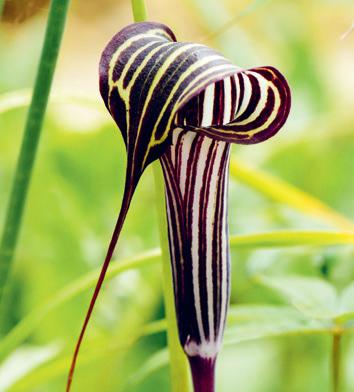
looks like a snake’s tongue or fangs! It is a pitcher plant and uses a pitfall trap to catch its prey.
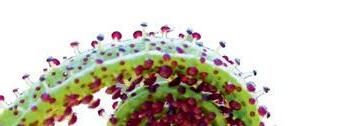
Corkscrew plant

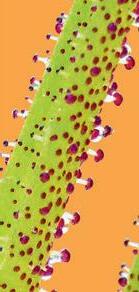



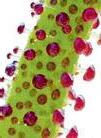

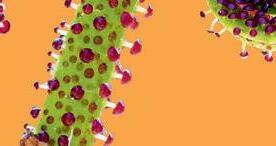
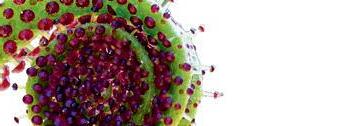




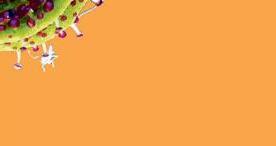
These plants have highly specialised corkscrew-shaped leaves that grow underground. Through these they catch and eat single-celled microorganisms called protozoans.




3 4 5
Dewy pine
Cobra lily
Sundew
21

PoiSoNoUs Vs vEnOmOuS
Many people confuse the meanings of the words ‘poisonous’ and ‘venomous’. Poisons and venoms are both very dangerous substances that can make humans and other animals very sick! The difference between them is how the toxins get into the body. Poisons are ingested – that is, eaten or drunk. Whereas venoms are injected, such as by a bite or sting. Here’s a quick rule to help you remember: if you bite something toxic, it’s poison. If it bites you, that’s venom.





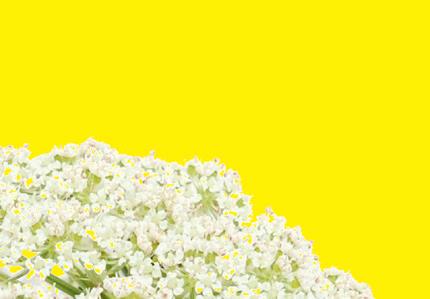

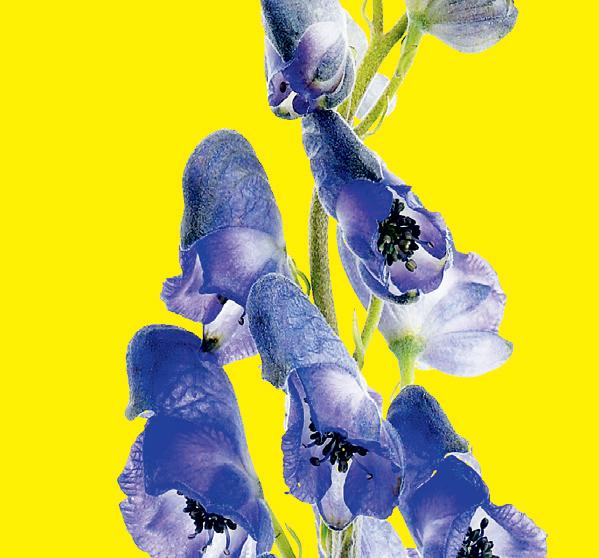

dAnGeRoUS
Hemlock

Wolfsbane
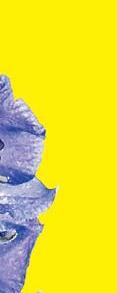
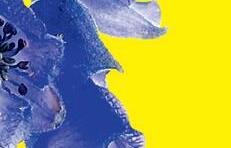
Hemlock is a member of the carrot family. Its stems are deadly poisonous even after the plant has died. Hemlock was used in Ancient Greece as a poison to put prisoners to death, including the philosopher Socrates (right).

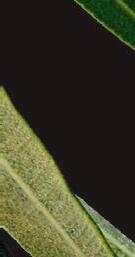


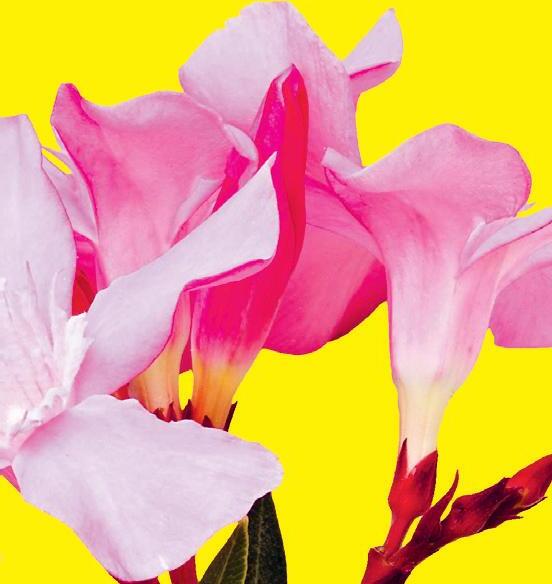
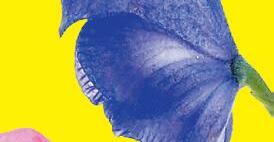
Wolfsbane is extremely poisonous and just a few grams of it can kill an adult human. Various cultures have used it to coat arrows used for hunting – even to bring down whales!

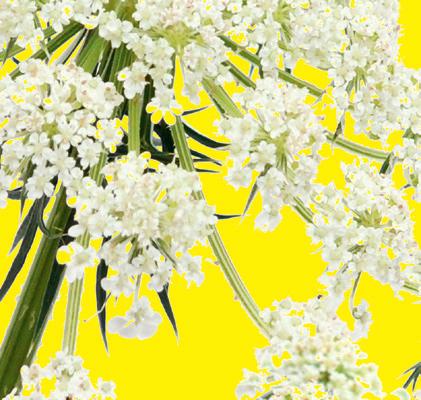
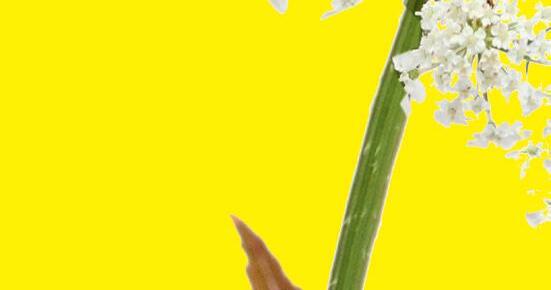
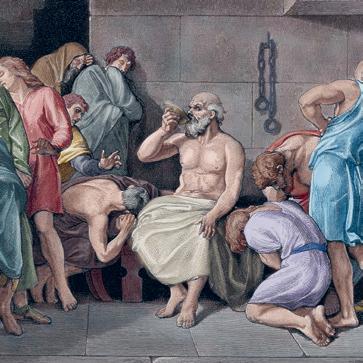
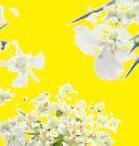



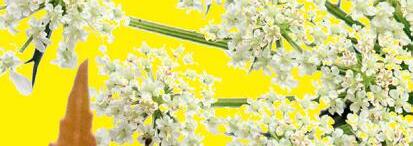
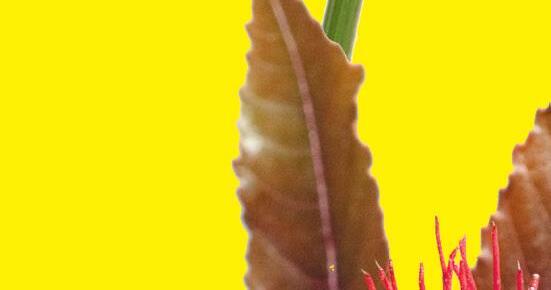

Oleander



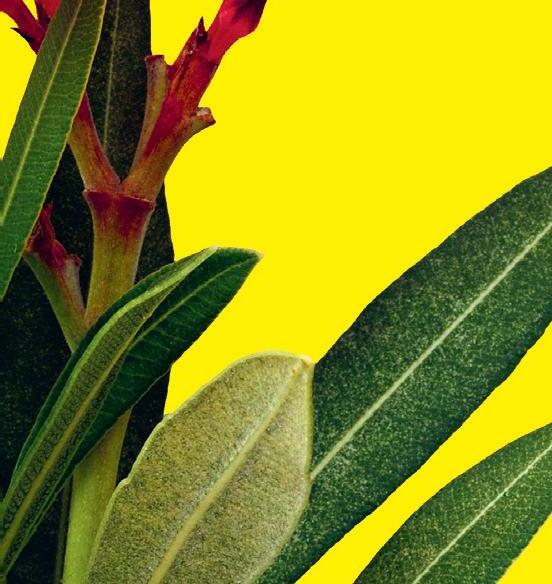

Oleander is a small tree or shrub with pretty flowers that is often used in landscaping. There might be some on your street! Be careful not to touch or chew on an oleander, because it is quite poisonous.





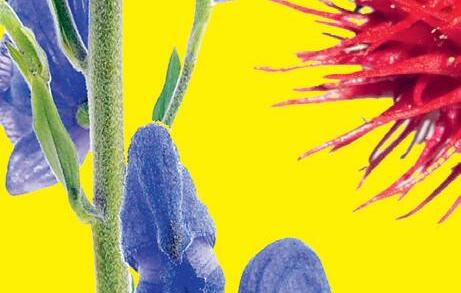
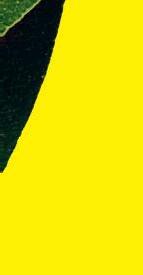




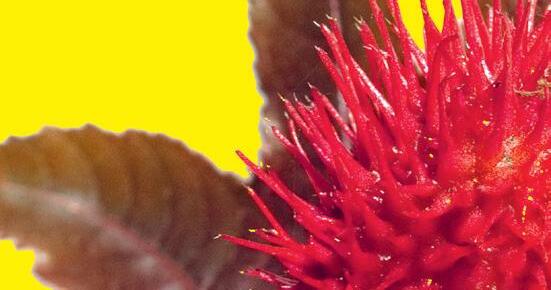


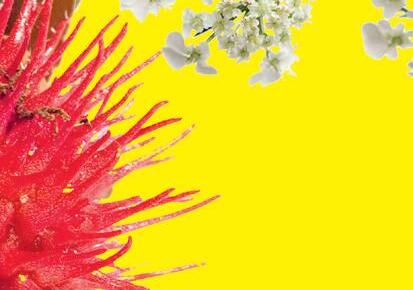
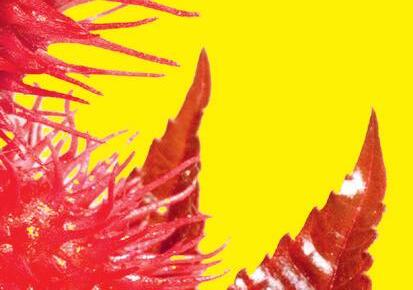


Castor bean
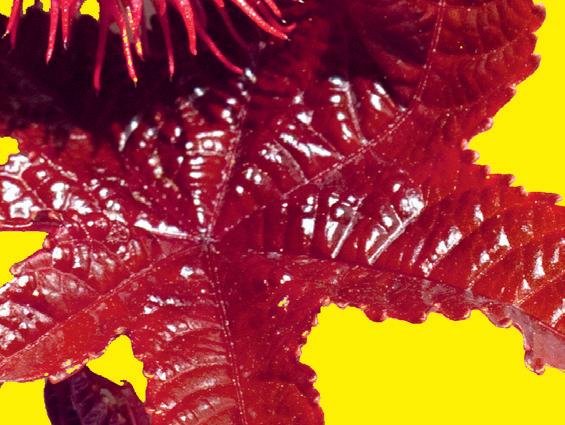
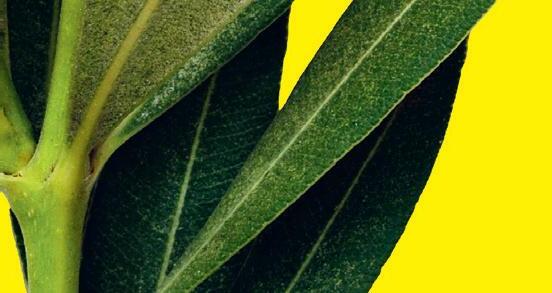









The castor bean (which is not a true bean) contains an extremely toxic substance called ricin. It would only take a few of its seeds to kill an adult human.



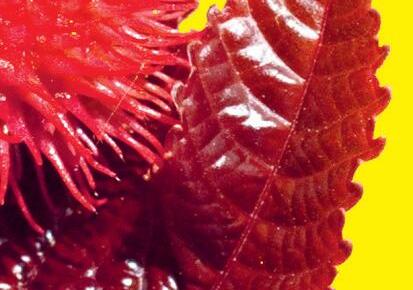
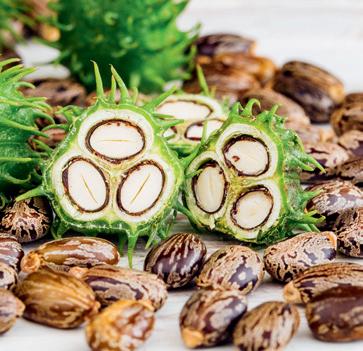



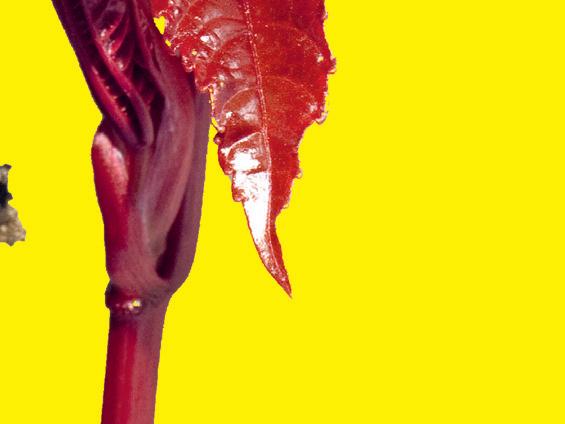




KILLER PLANTS!







pLaNtS!







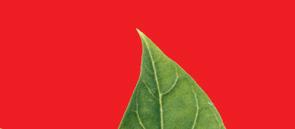


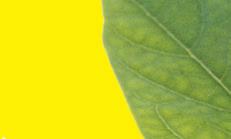




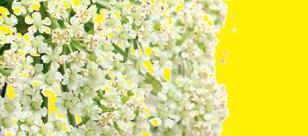
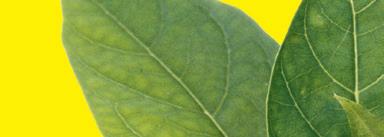

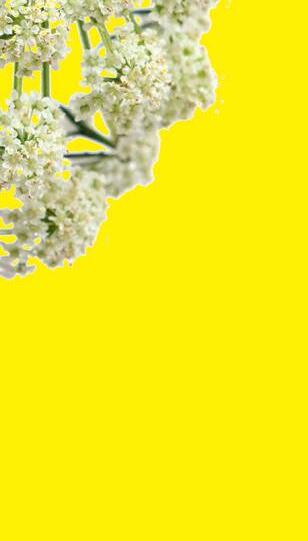














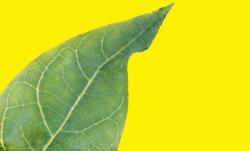
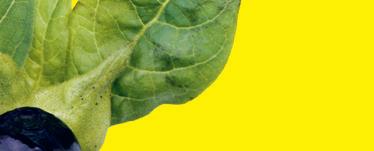
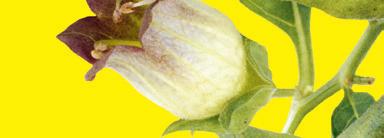
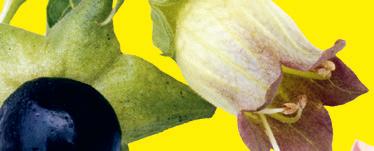



Belladonna


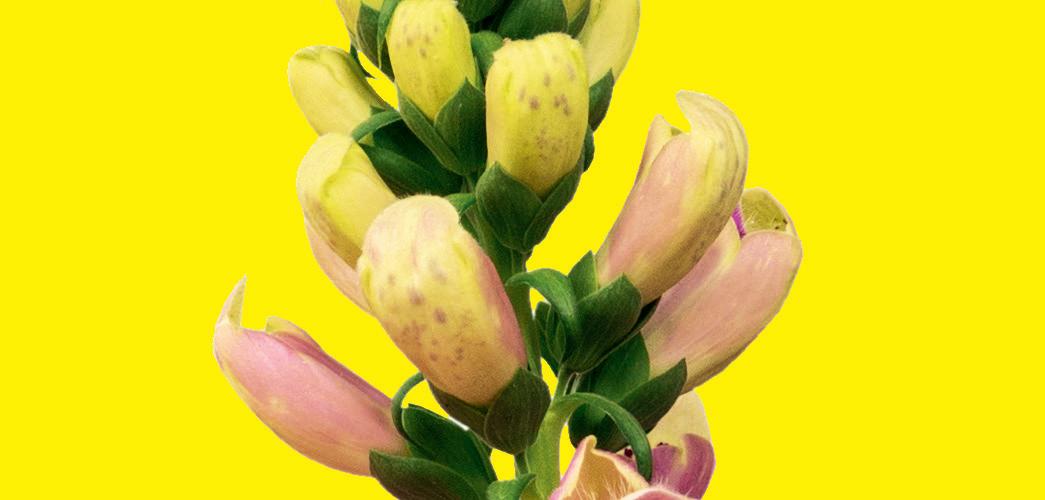


The Poison Garden gates – enter if you dare!


Belladonna is also called deadly nightshade. It is part of the same family of plants as tomatoes and potatoes, but unlike those it is deadly poisonous! Stay away especially from its leaves and berries.

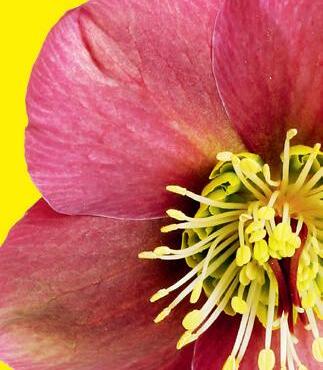



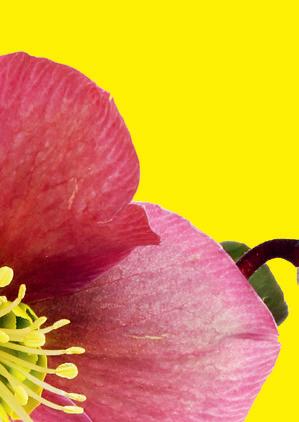

Hellebore





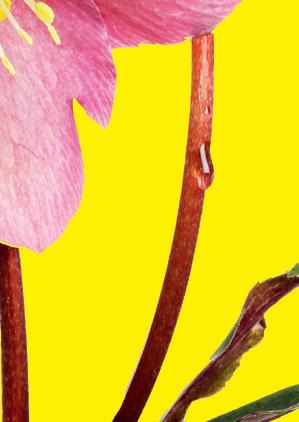

Foxglove
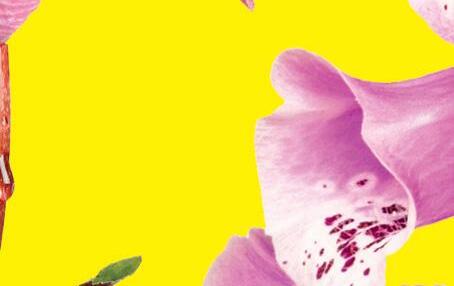
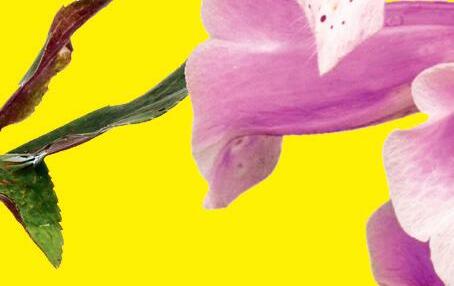
There are many species of hellebore and many of them are poisonous. Some can make people very sick, and others can cause skin problems for people who touch them.
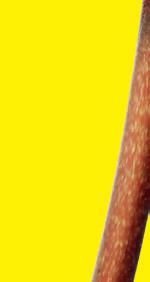
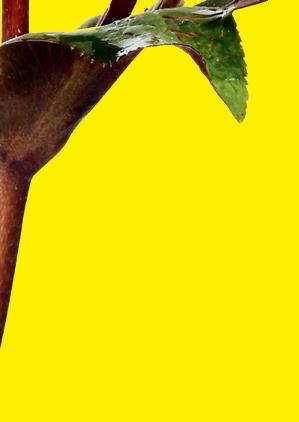

The entire foxglove plant is poisonous. It can make humans very sick. However, extracts from it have been used to make medicines.
















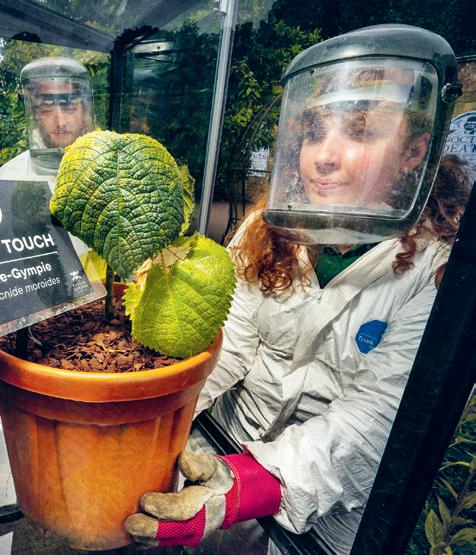
























WElCoMe tO ThE PoiSoN GArDen
The Poison Garden is a small section of The Alnwick Garden in Northumberland, UK. But don’t let its small size fool you – this garden is as dangerous as they come! It is guarded by heavy black iron gates and only open to visitors on guided tours. Guests are forbidden from touching or even smelling the plants! The Poison Garden is home to more than 100 of the world’s deadliest and most dangerous plants, including some you can learn about on this page. The most dangerous plants of all are kept in metal cages!

23
THe BiRd CAtChEr!
The pisonia tree is sometimes called the ‘bird-catcher’, and for good reason. Like many plants, pisonia trees rely on animals to help spread their seeds. They have grown to be an attractive nesting spot for birds. When the birds go into the pisonia tree, sticky seeds get stuck to their feathers. From an evolutionary
perspective, the idea is for the birds to fly away to other places and drop the seeds there. However, over time, the trees evolved to have very sticky seeds. The birds end up collecting so many seeds that they become too heavy to fly away. They fall to the ground near the tree and starve to death or are captured by predators.





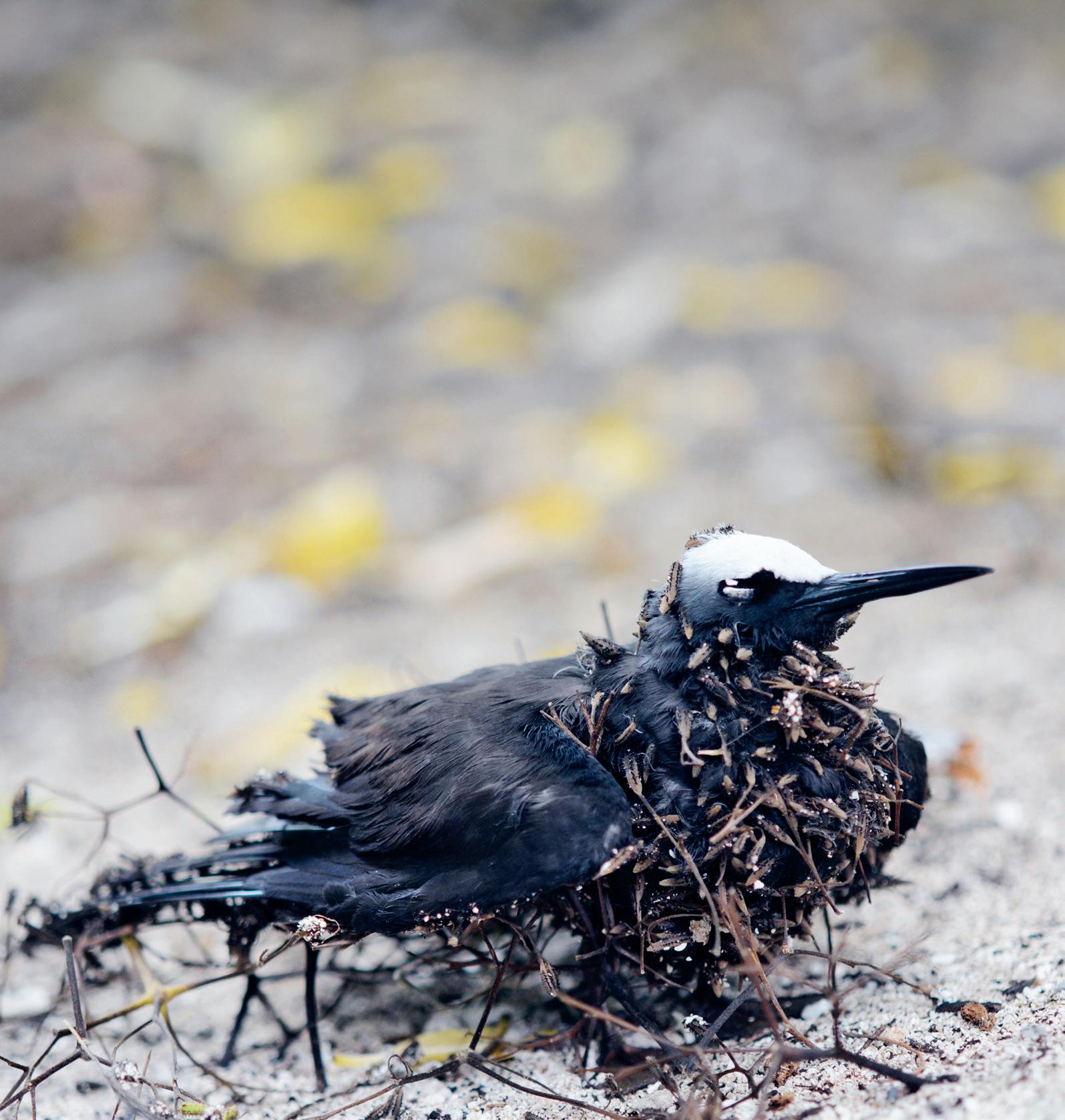
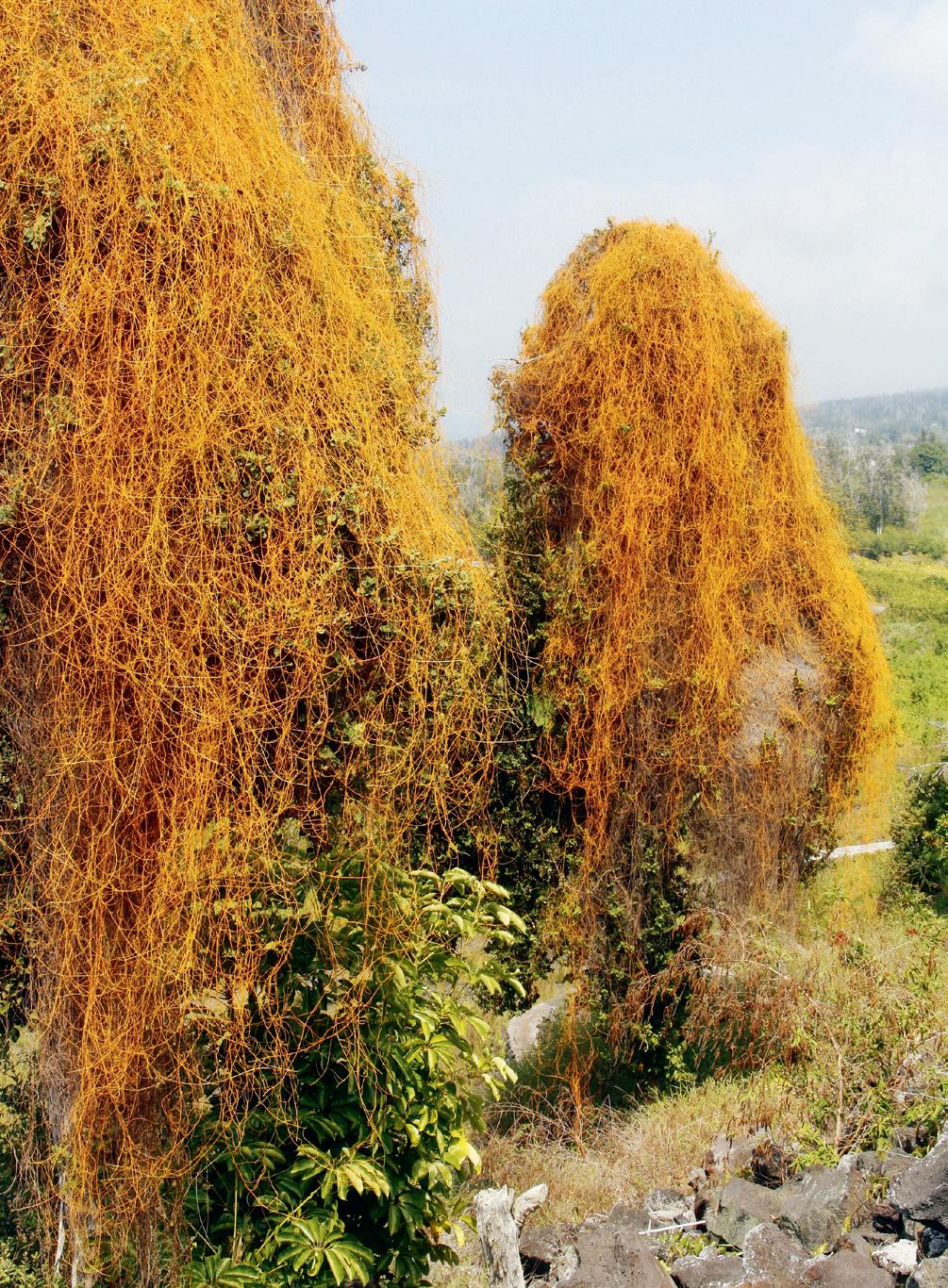
THe VAmpiRe PLaNt!

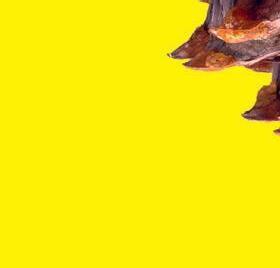

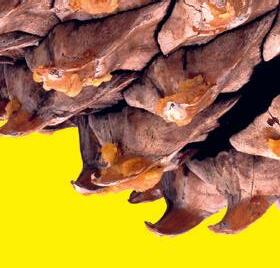
THe
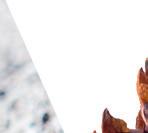
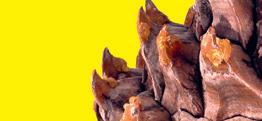
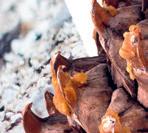

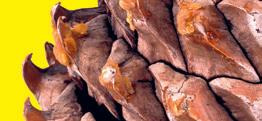
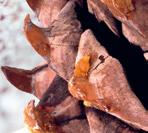

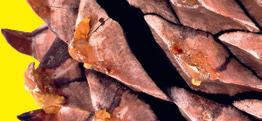
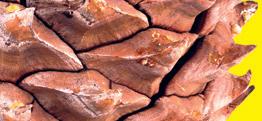
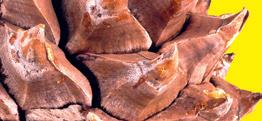
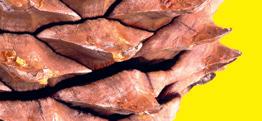
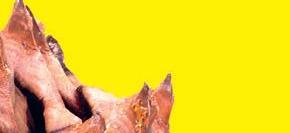


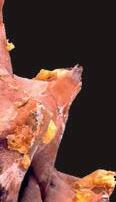
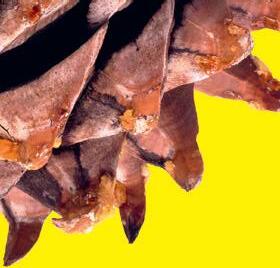


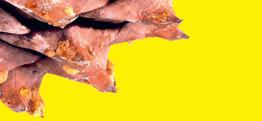

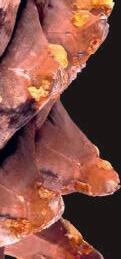
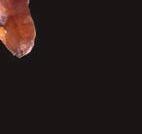
Have you ever collected pine cones? Perhaps you have made one into a bird-feeder or festive ornament? You might be surprised to know that pine cones can grow quite large. Dangerously large, in fact! The Coulter pine, which is found on the west coast of America, makes the largest cones of any pine tree. The tree itself can grow more than 20 metres tall, and its pine cones can be up to 50 centimetres long and weigh as much as 5 kilograms! People who are visiting or working near Coulter pines wear hard hats to protect their heads – if a pine cone with the weight of a tenpin bowling ball falls on you, it can be fatal. That has earned the pine cones the nickname ‘widowmakers’.

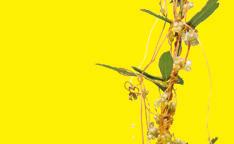


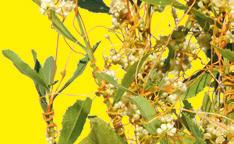
The plants in the genus Cuscuta are often called ‘vampires’ ‘devil’s guts’ or ‘witch’s hair’. These are all very dramatic names, but dodder, as this type of plant is commonly called, is quite a terror to other plants. Dodder is parasitic, which means it attaches to another plant and drains nutrients from it – just the way a vampire would! Once it attaches to a host plant, it no longer needs its own roots to make food. As it grows, its stems can wrap around nearby plants and attach to them as well. In this way, dodder can spread plant diseases.
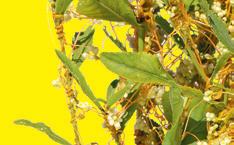




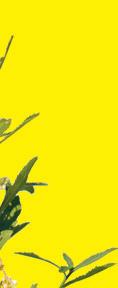

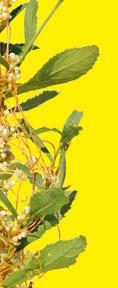
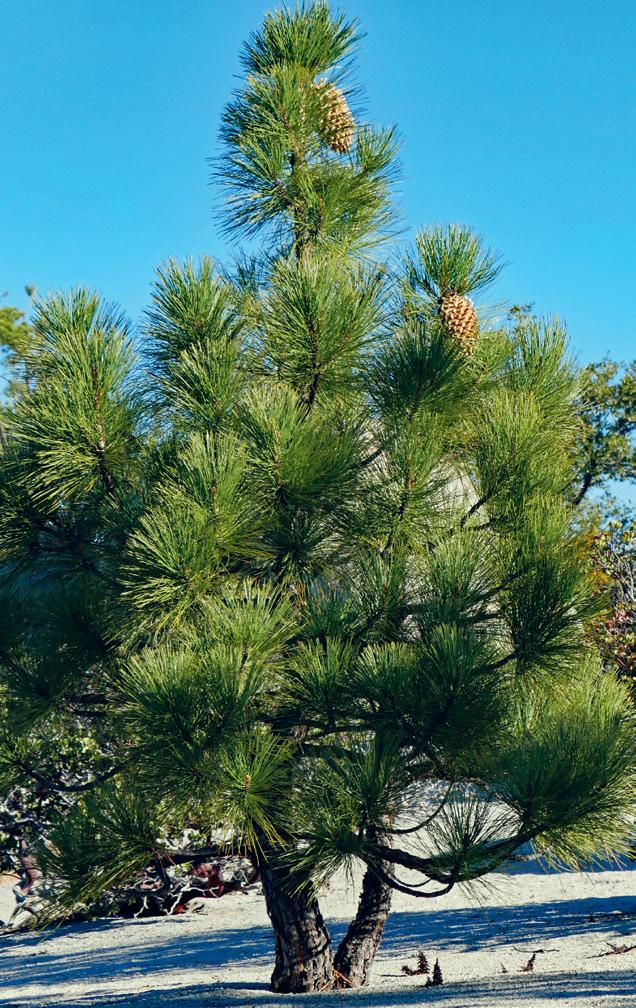









KILLER PLANTS!
WiDoWmAkEr!
24
SHOW THIS PAGE TO YOUR GROWN-UP OR TEACHER!
SCHOOLS QUIZ CHALLENGE
Would you like to be a national quiz champion?
AGE CATEGORIES
Would your school like to enter a team of four contestants into this year’s What on Earth! Schools Quiz Challenge?
There are two age categories: Junior (8-to-11) and Senior (11-to-14)
HEATS
The live online heats take place between the 6th and 11th November
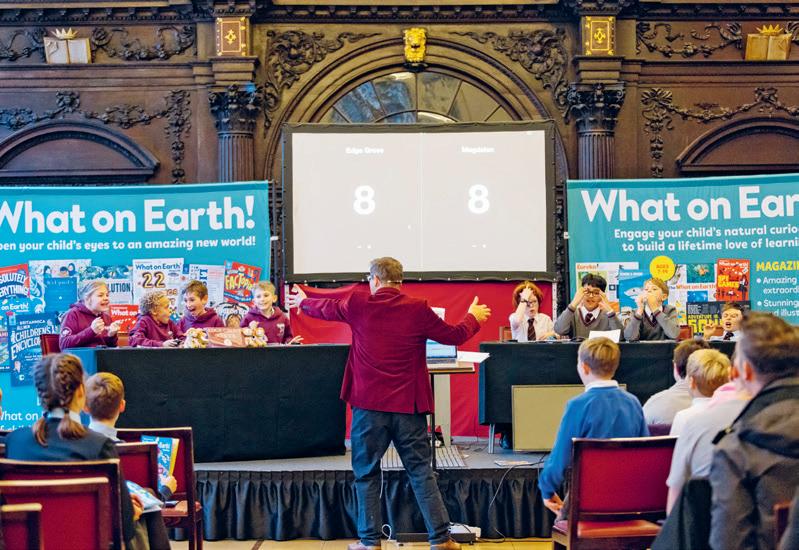
The online heats, which feature general knowledge questions inspired by What on Earth! Magazine, are exciting and fun. They will be hosted by our very own What on Earth! quizmaster – plus, there will be lots of prizes to be won! The ultimate prize is, of course, to qualify for the Grand Final in London (with What on Earth! Magazine paying for your team and teacher’s trip to the capital).








THE GRAND FINAL!
The top four schools in each age category in the online heats will enjoy an amazing day out in London for the Grand Final, which will be held at the historic Stationers’ Hall (pictured left) on Friday 29th November. Our finalists will compete for trophies, medals, prizes and the chance to be crowned What on Earth! Schools Quiz Challenge Champions 2024!







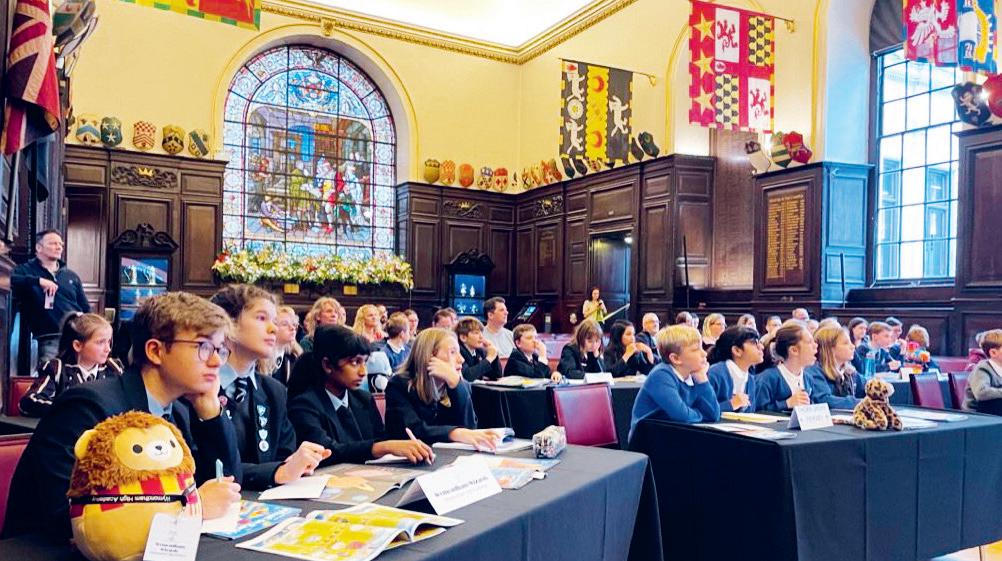




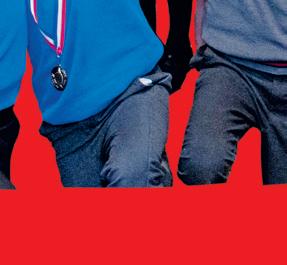


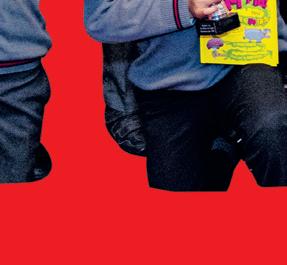




HOW TO ENTER
It is easy and free to enter. Just show this page of your magazine to a grown-up or a teacher at your school and ask them to visit www.whatonearth.co.uk/quiz to find out more. Good luck!


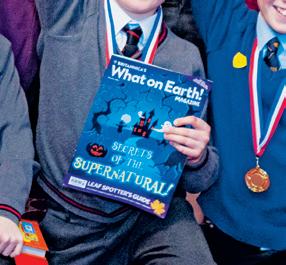



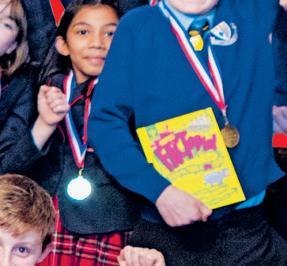




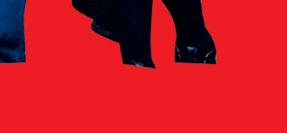
FREE TOENTER!
To enter, visit: www.whatonearth.co.uk/quiz



SUNRISE AT STONEHENGE
Stonehenge is an ancient circle of standing stones. Nobody is quite sure why it was constructed, but it aligns with the Sun during the solstices. Many people come to watch. Observers stand or sit among the stones. Some Druids, Wiccans and pagans dress in traditional clothing, and it makes the gathering feel very
festive. Everyone faces the northeastern sky, where the navy-blue twilight dissolves into yellow-blue dawn. And then, around 4.45am, gold sunlight spreads across the field. The long shadow of the Heel Stone appears, touching the centre of the Stone Circle, something that only happens during the summer solstice.
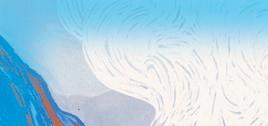
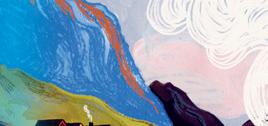
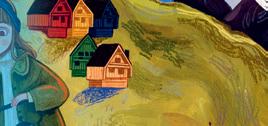
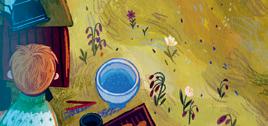
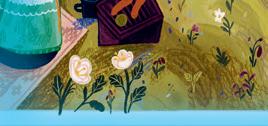
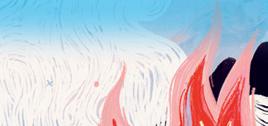
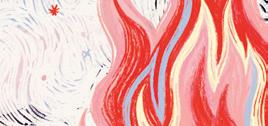
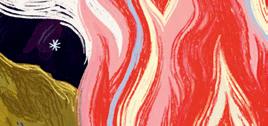
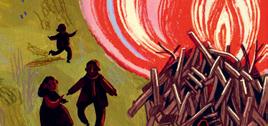
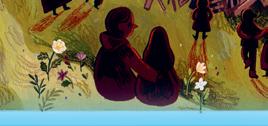

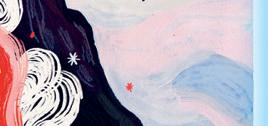
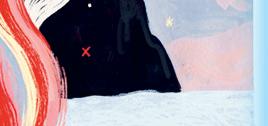
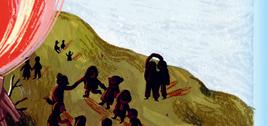
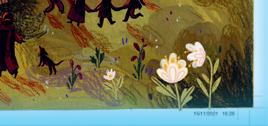





Longyearbyen, Svalbard, Norway Longyearbyen is the world’s northernmost town. It is quite cold here, even in summer.
In Longyearbyen, Norway, up in the Arctic Circle, the Sun doesnt set between the 19th April and 23rd August! People who live there use blackout curtains and sleep masks to help them sleep when it is bright outside at night. At the summer solstice it is very bright all day. Families and friends celebrate the midsummer festival together on St John’s Eve, on 23rd June. They have dinner together, and then around 9 o’clock at night they light big bonfires to ward of evil spirits and dance together. 1 2 3


Longyearbyen, Svalbard, Norway

















NORWEGIAN
Hei (high) – hi
Solen (SO-ween) – Sun

UP ALL NIGHT IN
LONGYEARBYEN
FESTIVALS AND ART IN HOBART
As it becomes summer in the Northern Hemisphere, it is winter in Australia, which is in the Southern Hemisphere. In Hobart, people celebrate midwinter with a public arts festival. Buildings are lit up in pretty colours, and music and food are everywhere. People put on laser light displays and
24 hrs


Tasmania, Australia 3

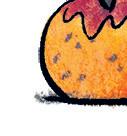
bonfires – and show of their amazing artwork, of course! There is also an ogoh-ogoh parade. Local people of Indonesian descent build and paint a big wooden statue and march it through the festival. At the end of the march, they set it on fire and dance and cheer!














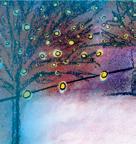

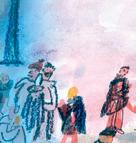
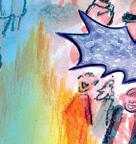


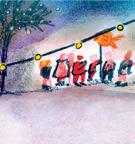
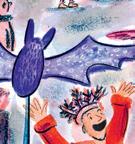
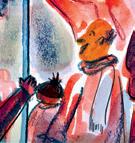

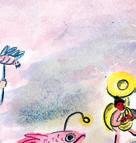
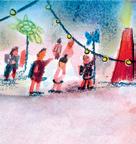
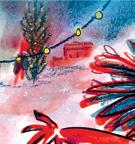

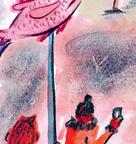
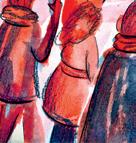


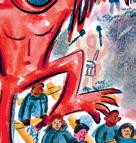

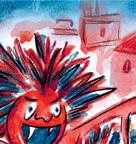

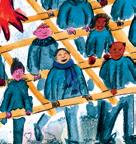
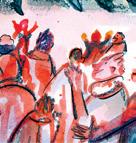
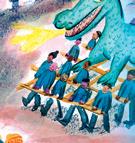
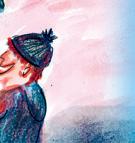


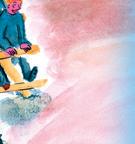

AUSTRALIA ASIA EUROPE AFRICA INDIAN OCEAN PACIFIC OCEAN 0 hrs 9 hrs
2
Hobart,
Hobart,Tasmania,Australia anLocalIndonesianpeopleparadeandburn ogoh-ogohstatueasanartpiece.
DAY ANTARCTICA SUNRISE 16.5 hrs
27
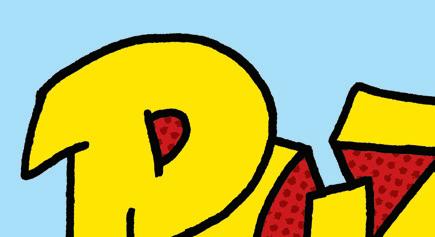
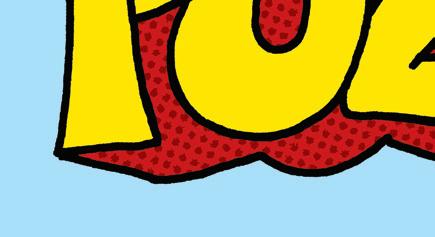
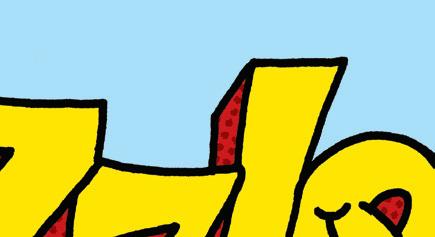

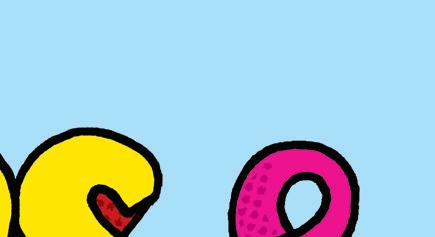
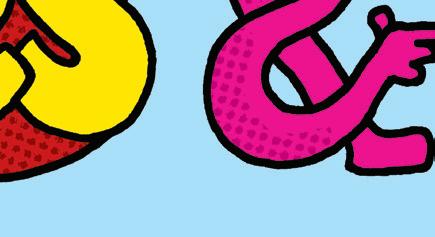
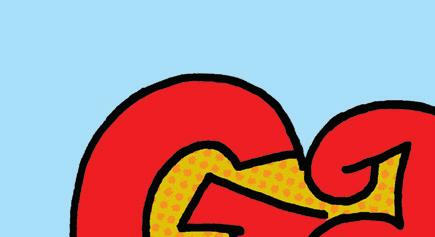
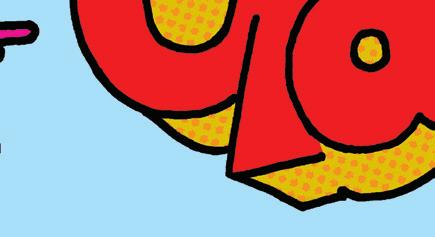
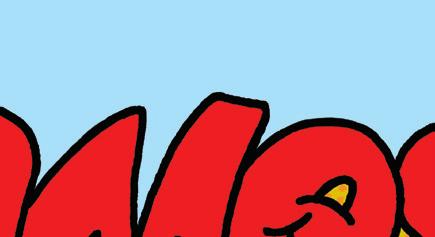

Stumped? Don’t worry, you can find the answers to all the puzzles on page 48.
FOOD WORD SEARCH
Can you spot the 20 food-related words hidden in our jumbo word search puzzle? Good luck!

The six-sided shape on the left can be folded up to form a cube. Only two of the cubes below can be made by it. Which are they?
AVOCADO BACON CHOCOLATE DOUGHNUT FLAPJACK GRAVY HAMBURGER ICE CREAM JELLY KETCHUP
MUSHROOM NOODLE OMELETTE POPADOM QUICHE RICE SWEETCORN WALNUT YOGHURT CUBE IT!
LASAGNE
A B C D P N L N B L R Q E L O S E T H V A T P T C B A C O N F G F M A A H U E A N F Q Z N Z P M P M Z B E Q E F C N W R M N W L W E T Y U L B L L I M Q G H K V O X I H X L J R J U E T W G W A B G N O O D L E Q N W A U T E L C P S A J U V V R G J K W Y H J T H J F C A N D Q O B W H P J X V E E E K Q G H L O B U V D W H S L E I E C I R U F O O V A I K W P R L U C W I T V X V P C F E Y C P O K S J C M J Q M K T W I O A H Y H S N J M I S A M R I S B J Q L P B C E K Y Z G A W W Y W U C F T V A P A V O C A D O B E C R R V R E X F T Q N D N H R E I B E O N K D X A C Z E B W X O T L G K E T C H U P W R C R P T Z J K M K K U E C S J D Q F A H K E G Y H E P C A M J O S R U M P O L F T A N D L L A D O P R A E Y O J R J N S D M O F P L H A J N Z N Y O P S O E U Y O I Q B X Y L H A M B U R G E R J E T C I N H 28





















































SPOT THE DIFFERENCE

























Answer:
Clue: a section of a book (7 letters).
Answer:






Can you spot all 2O diferences between these two under-the-sea illustrations?




































WORD
Use the word wheel to help find the answers to the six clues below. All the answers contain the middle letter, and each letter can only be used once.
Clue: an umbrella-like device that allows a person wearing it to fall slowly to the ground (9 letters).



WHEEL C E U P H A A T R






Answer:
Answer:






Clue: a thick woven fabric that covers the floor (6 letters).
Clue: what volcanoes do when they eject lava and ash (5 letters).
Clue: the opposite of false (4 letters).
Answer:
Clue: a stringed instrument plucked with the fingers (4 letters).
Answer:
COLA O
29
CHANGING ROOMS
Can you find your way through our maze of square rooms? Enter through the door marked with the red arrow, then try to find your way to the exit by going through the correct sequence of open doors. Good luck!
Picture Quiz Picture Quiz
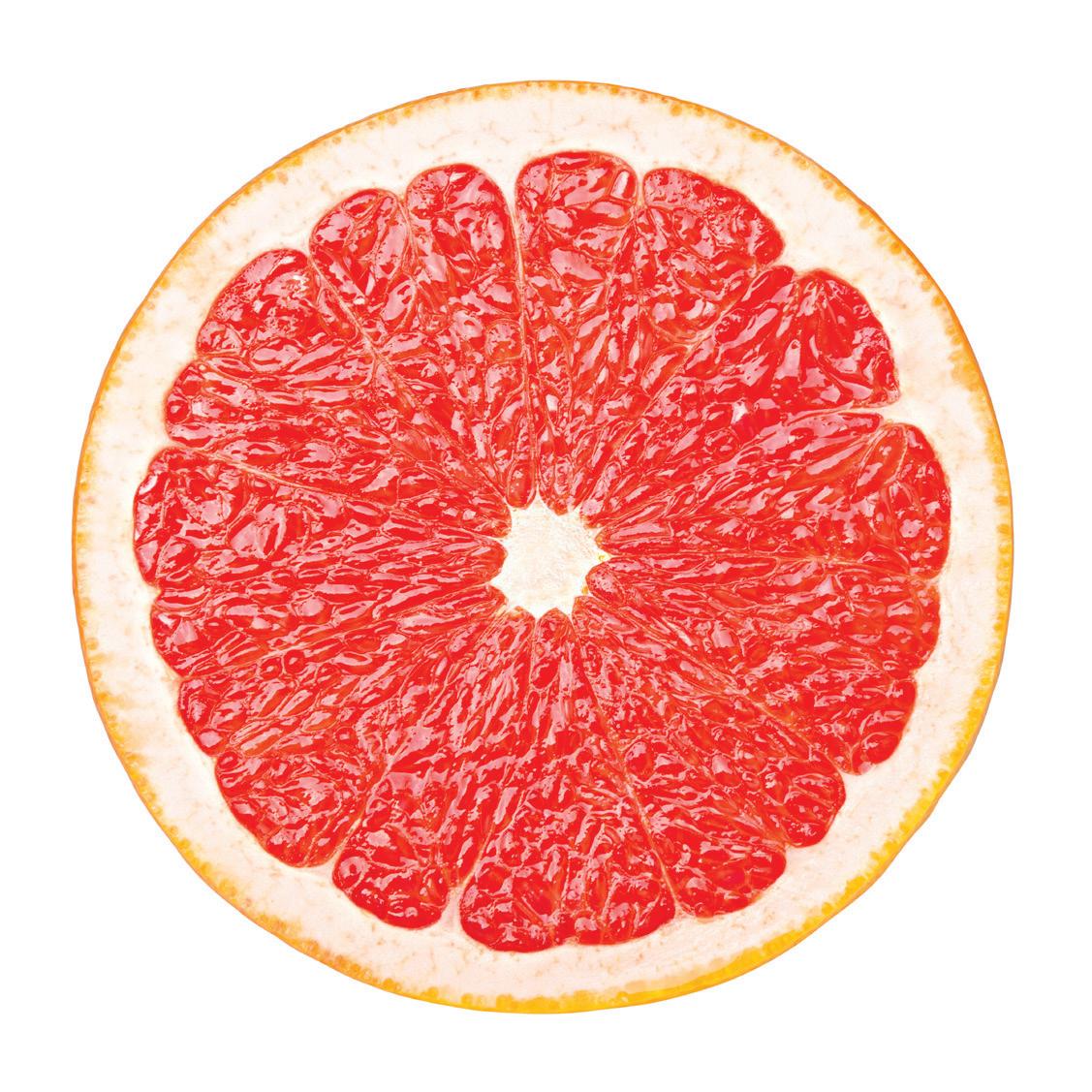
Fill in the missing numbers so that every row and column includes the numbers 1, 2, 3 and 4. Use the inequality signs as clues and make sure numbers always obey the inequality sign between them. This means that the arrows between the numbers always point towards the smaller number.
Here is an example: In the three squares shown above, the number A must be less than 3 and greater than the missing number B. We know all the numbers must be between 1 and 4 , so therefore A must be 2 and B must be 1.
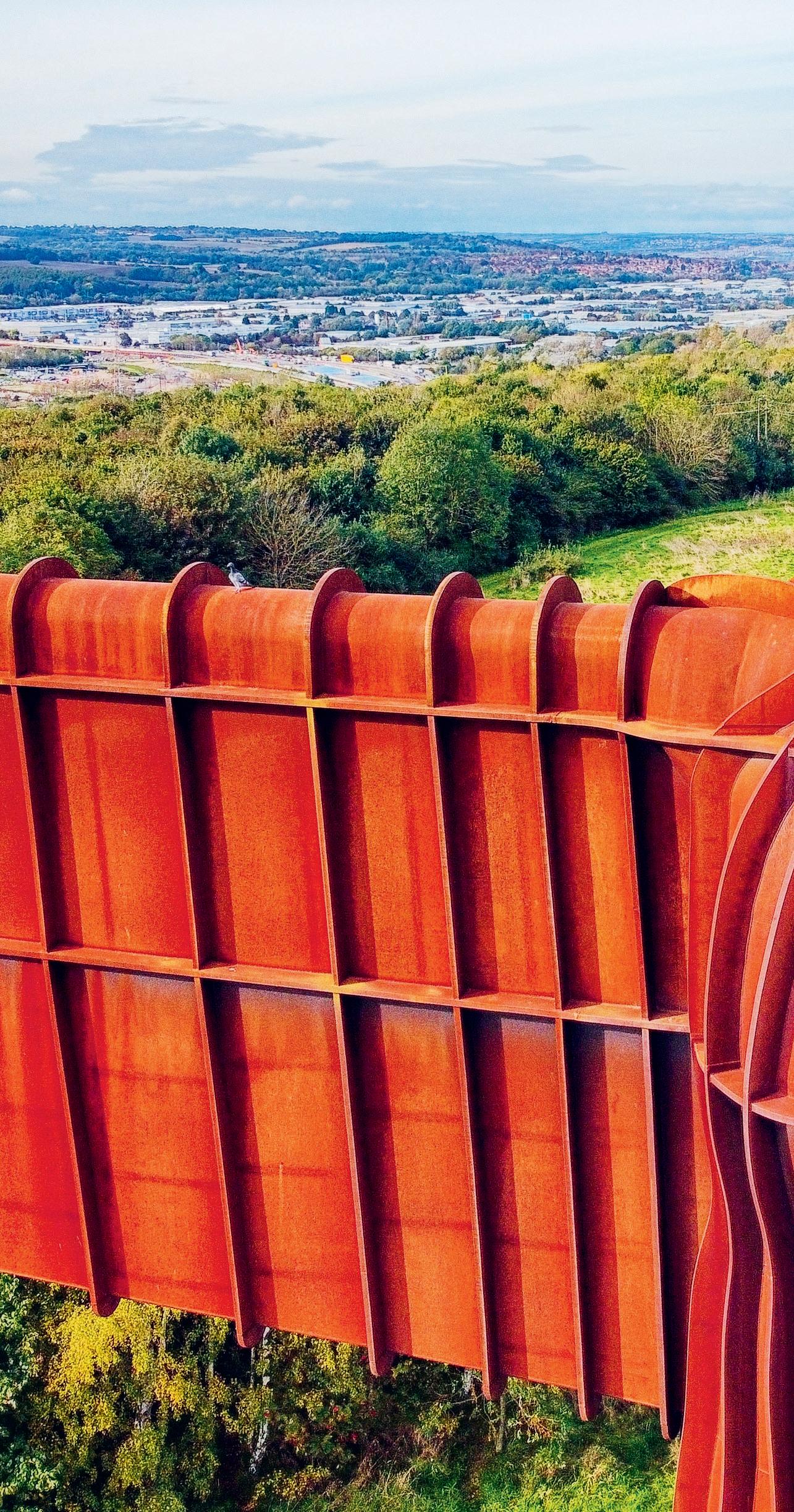


2 3 1
3 4 1 FUTOSHIKI!
A B B A 3 30
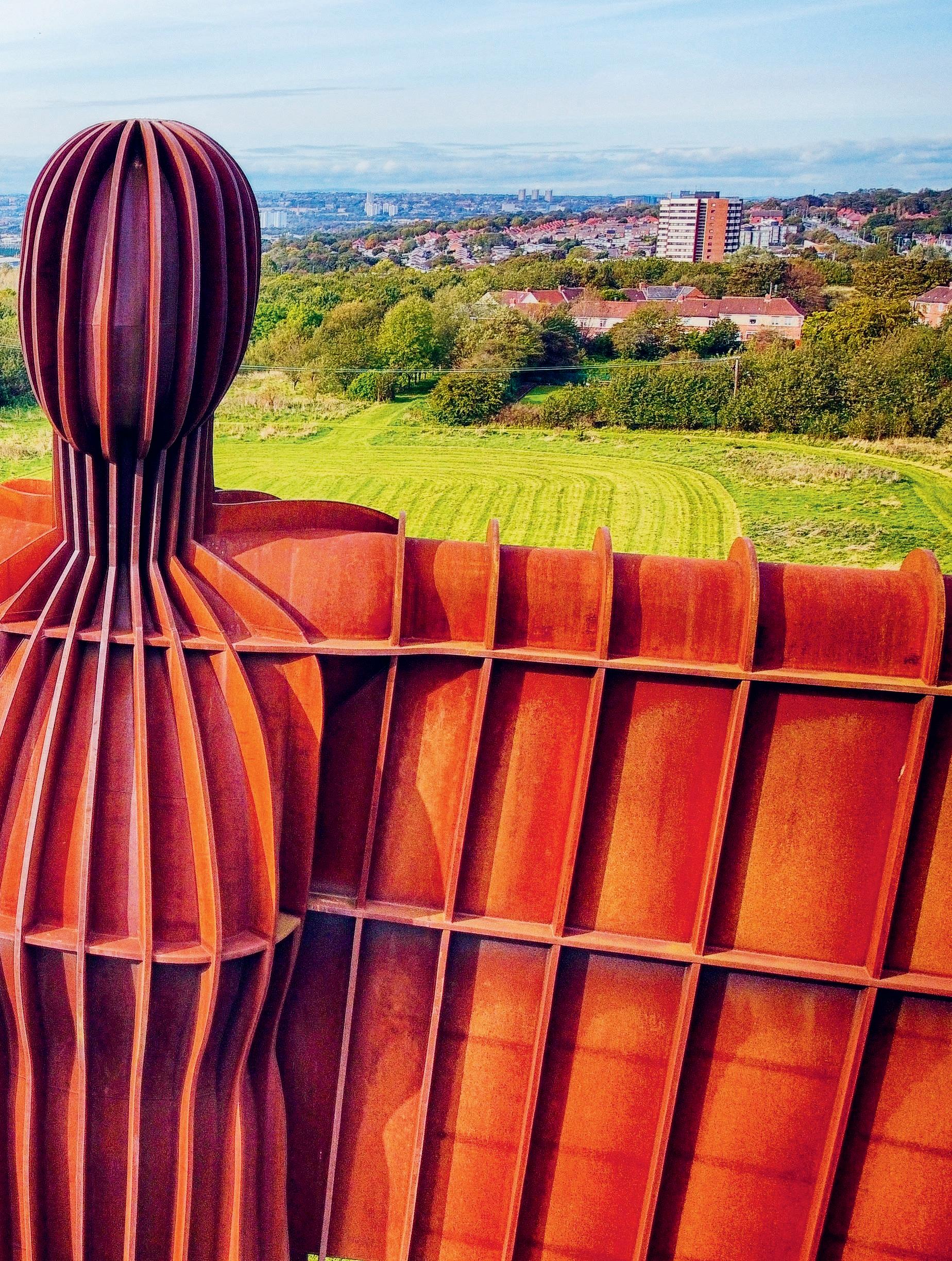

Draw a line to connect each pair of planets. You can’t use diagonal lines and the lines can’t cross or touch each other. You must fill the whole grid with lines but only one line is allowed in each square.

In the triangles below, the numbers inside the squares are the sum of the two numbers in the connected circles. For example:

Can you work out which number should appear in each of the circles? All the numbers in the circles are between 1 and 10 and a number can only be used once in each triangle.

Fill all the empty squares so that every row, column and 3x2 box contains each of the numbers 1 to 6.
4 2 1 6 2 5 3 3 2 1 5 2 1 5
NUMBER TRIANGLES! B 11 8 15 C 13 15 12 1 3 2 A 9 4 7
SUDOKU!
CONNECT THE PLANETS 4 Can you work out what you are looking at in each of these seven photos? 5 6 7 31
LISTIFIED!

Prepare to be amazed (and amused!) by the unusual facts crammed into these irresistible lists.
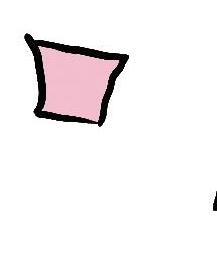
ACCIDENTAL GENIUS
Five
ingenious things
invented by people who were trying to make something totally diferent
1
Fireworks – invented around 800 CE
According to legend, the first fireworks were invented by a Chinese chemist. The chemist mixed a powder called potassium nitrate with sulphur and charcoal in the hope it would give him eternal life. Instead, the mixture caught fire and exploded. This exploding powder – later known as gunpowder – was packed into bamboo tubes and lit, setting off the world’s first fireworks.
2 Silly Putty – 1943
Scottish inventor and chemist James Wright was working on an engineering project to make a hard rubber when, to his surprise, he found that one of the mixtures he’d created could bounce. The company Wright was working for couldn’t see a use for this
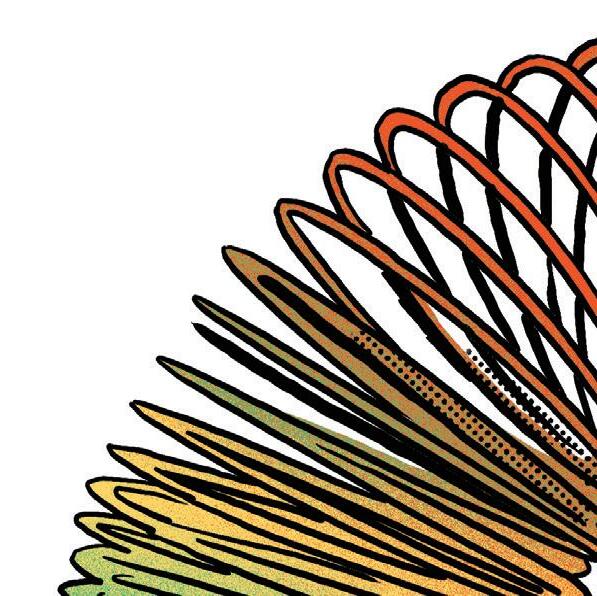
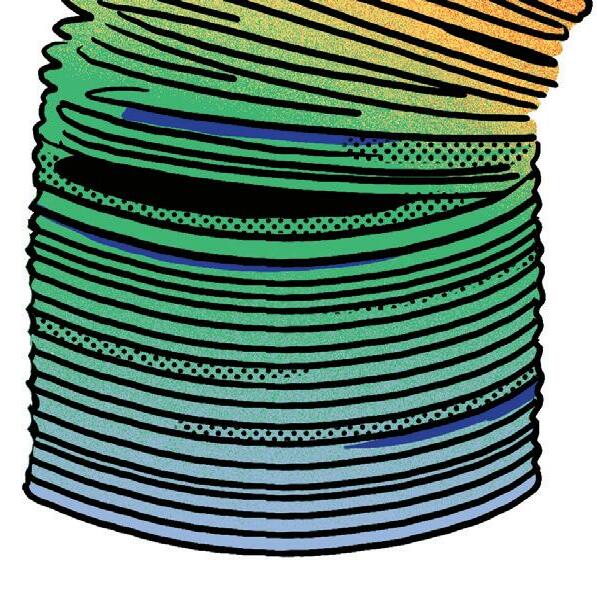

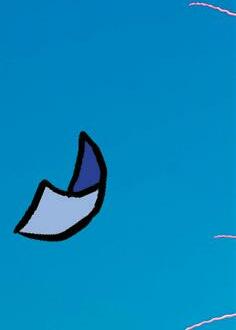

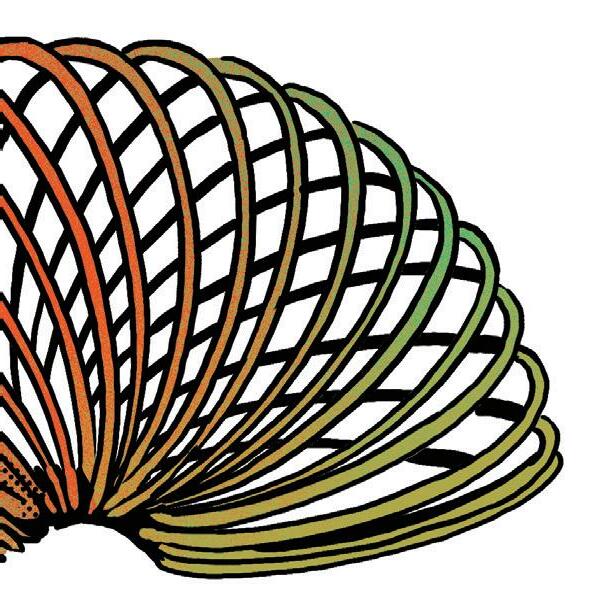


3 Slinky – 1943


curious material* and businessman Peter Hodgson bought the rights from them at a cost of £113, which is the equivalent of around £1,800 in today’s money. Hodgson changed the name from ‘Nutty Putty’ to ‘Silly Putty’ and launched it as a children’s toy.
Richard James, a US naval engineer, was developing a spring to keep sensitive equipment stable on ships. One day, he accidentally knocked some springs off a shelf, and to his amazement they continued to tumble end over end across the floor in an elegant and satisfying way. It gave him the idea for the Slinky, left, which is now a popular toy.**
4 Microwave oven – 1945
American engineer Percy LeBaron Spencer was building
LISTS
32



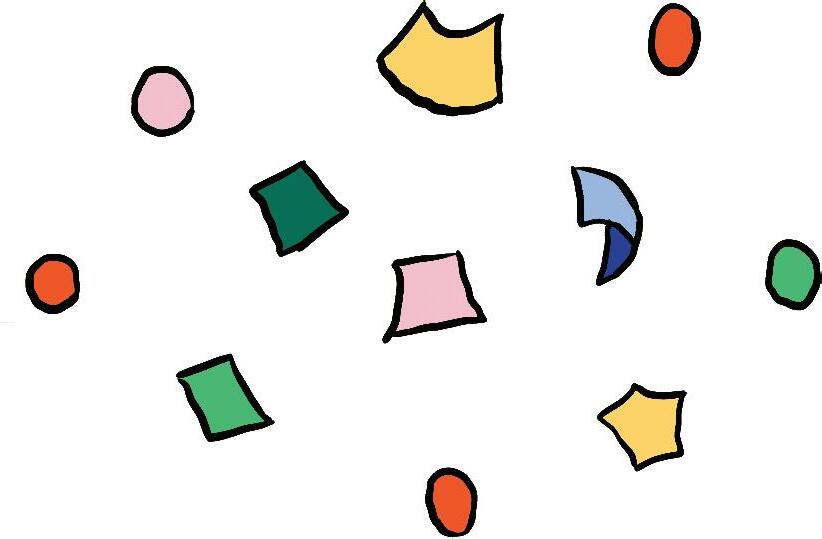

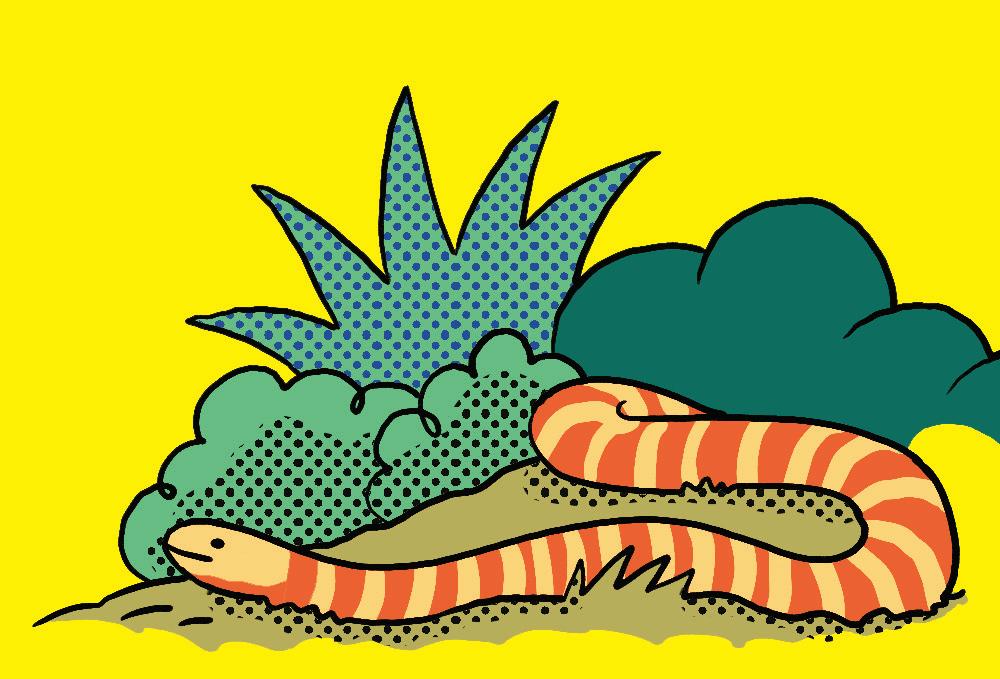
Below: a puff adder.


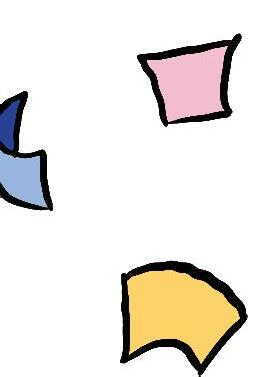
a new type of rubber for aeroplanes when one of her assistants accidentally dropped a beaker full of liquid onto her shoes. To Sherman’s surprise, the liquid didn’t stain her shoes, and when she tried to clean it off, the cleaning products just beaded up and slid off! This happy accident led to the invention of Scotchgard, an invisible spray that makes fabric resistant to water, oil and other substances that might stain it.
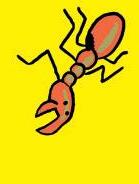
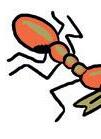
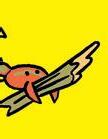


a radar machine, which is used to detect the location of aircraft, when he accidentally discovered the cooking power of invisible waves called microwaves. He was standing next to a working radar machine, which uses microwaves, when he suddenly noticed that the machine had somehow melted the candy bar in his pocket. It gave him the idea for the first microwave cooking oven, which he called the Radarange.
5 Scotchgard – 1953
American chemist Patsy Sherman was working in the laboratory trying to develop
Extended Families
Ten animals that produce a large number of ofspring in one go
Ocean sunfish 300 million eggs
African driver ant 4 million eggs*
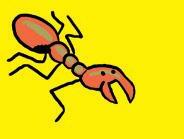
*Silly Putty is an unusual type of substance known as a ‘liquid solid’ because in certain situations it behaves like a solid and in others, like a liquid. Pull it apart and it stretches. Throw it to the ground from a height and it shatters. Yet if you hit it with a hammer, it keeps its shape. Silly Putty has serious uses too: in 1968 NASA astronauts took it with them on the Apollo 8 space mission to hold their tools in place in zero gravity.
**James’s wife, Betty, thought of the name Slinky to describe the way the toy springs move. When they were first put on sale in 1945, all 400 were snapped up in 90 minutes. More than 250 million Slinky toys have now been sold around the world.
Listified! by Andrew Pettie and illustrated by Andrés Lozano is out now.

Puff adder 156 babies
Tailless tenrec 32 babies***
Naked mole rat 28 babies
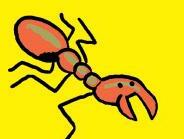
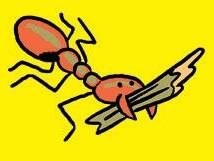




Atlantic sturgeon 2.5 million eggs
Seahorse 2,000 babies**
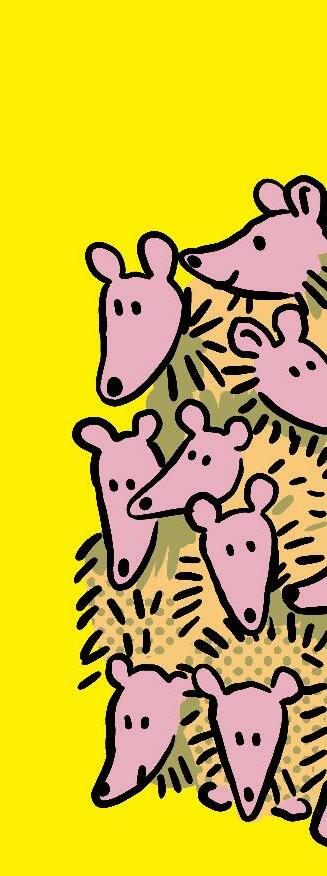
Virginia opossum 25 babies
Grey partridge 22 eggs
Rabbits 14 babies
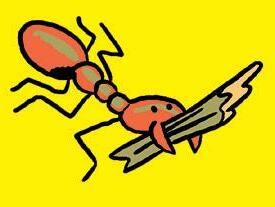




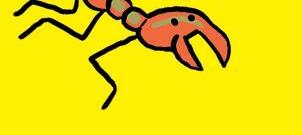

Above: a family of tailless tenrecs.
*Each month. **Very unusually in the animal kingdom, it is the male seahorses that become pregnant and give birth. ***The tailless tenrec is a small hedgehog-like mammal that lives in Madagascar. If you haven’t seen one before, this might be because it can hibernate for up to 75 per cent of the year!
 A fireworks display above the beach at Swanage, UK.
A fireworks display above the beach at Swanage, UK.
33
LIFE CYCLE OF THE SUN
The Sun formed around 4.6 billion years ago from a giant cloud of dust and gas that was pulled together by gravity over thousands of years. Like all stars, the Sun then started to develop through a series of stages, each of which has its own name and characteristics. Today, the Sun is a main sequence star, which is sometimes called a yellow dwarf. It is about halfway through its 10-billion-year life cycle.


Turn the page to see how the Sun compares to the largest known star!









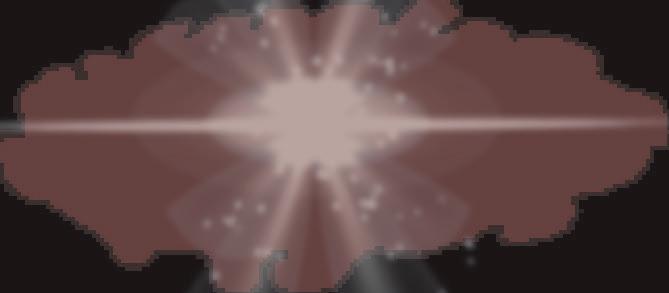
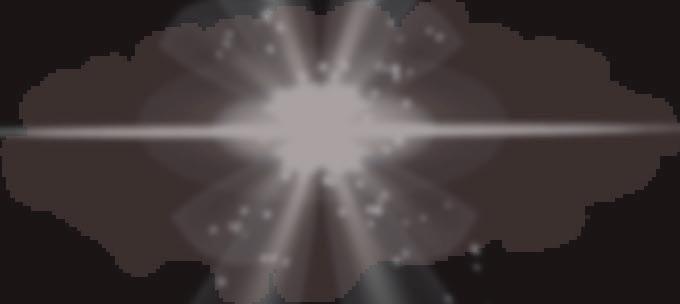


















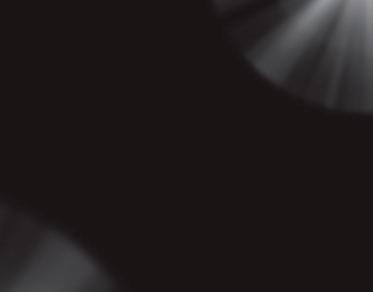



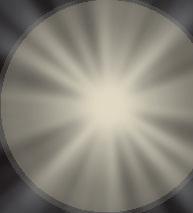











THE SUN AS IT IS TODAY
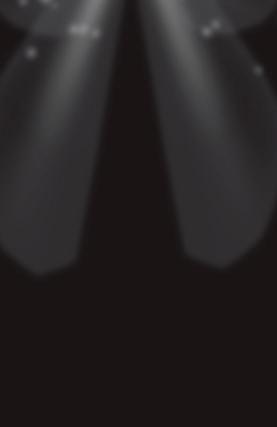
4 billion years
MAIN SEQUENCE STAR
The Sun will stay the size and shape it is today for billions of years.
8–10 billion years
RED GIANT
BIRTH INSIDE A NEBULA Stars are formed inside clouds of dust and gas called nebulae.

























LIFE CYCLE OF A GIANT STAR
MASSIVE STAR









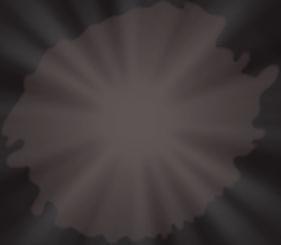



11 billion years
PLANETARY NEBULA
As the Sun runs out of hydrogen, it will cast of its outer layers of gas.
As the Sun approaches the end of its life, its inner core will contract, and the outer layers will expand and cool. At this stage it is called a red giant.

Hundreds of billions of years
WHITE DWARF, BLACK DWARF
The Sun’s remaining core will become a white dwarf, shining as a star for billions of years. Scientists believe the white dwarf will cool to become a black dwarf.



BLACK HOLE














If the supergiant is really big, it becomes a black hole.








Stars with a mass more than 1.5 times bigger than the Sun’s go through a diferent life cycle. Big stars use up their hydrogen more quickly and the largest will burn themselves out in just a few million years.
RED SUPERGIANT
Towards the end of its life, a massive star becomes a red supergiant, which can be 1,000 times bigger than our Sun.
SUPERNOVA
Finally, the red supergiant casts of its outer layers in a massive explosion.
NEUTRON STAR
If the supergiant isn’t big enough, it becomes a small, dense neutron star.
START HERE!
END
35
The largest known star in the universe!
Our Sun might seem big to us, but it’s actually pretty average-sized compared to other stars. Some stars are smaller than the Sun. Some are bigger. And some are MUCH bigger. One of the biggest that astronomers have ever seen is UY Scuti, a hypergiant star near the centre of our galaxy, the Milky Way. Here’s what it would look like if we put UY Scuti and our Sun next to each other.
INFOGRAPHICS 36
UY SCUTI
1,476,300,000 miles across
That’s 1,708 times wider than the Sun Located near the centre of the Milky Way, UY Scuti is a hypergiant star, which is even bigger than a supergiant star. You could fit at least a quadrillion planet Earths inside UY Scuti.
864,337 miles across
The Sun looks tiny next to UY Scuti. However, the Sun is much, much bigger than Earth. You could fit 1,300,000 planet Earths inside the Sun. SUN
muchAlthoughUYScutiis biggeracrossthan theSun,itisonlyabout 30timesthemass.
37
You are made of stars!
Your body is made of diferent chemical elements, such as oxygen and carbon. Where did these elements come from in the first place? Well, some of them were created inside exploding stars! Other elements in your body could have been created in the Big Bang itself. So, as you’re about to discover, you really are made of stars.
ELEMENTS IN THE HUMAN BODY
Most of your body is made of five elements: oxygen, carbon, hydrogen, nitrogen and calcium. Traces of lots of other elements, such as sodium and iron, make up the remaining 2.5 per cent (and there is even a bit of gold in there, too).
65% OXYGEN 18% CARBON 10% HYDROGEN 3% NITROGEN 1.5% CALCIUM 2.5% OTHER O C H N Ca
INFOGRAPHICS
silver and lead! 38
Amongthe2.5%‘other’ elementsinyour bodyareiron,silicon,






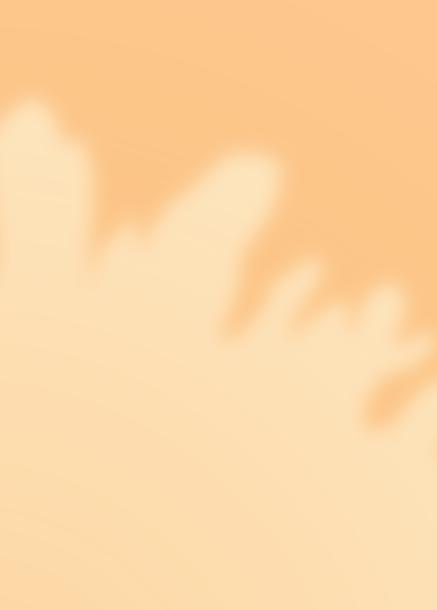






















WHERE THESE ELEMENTS WERE CREATED






73% INSIDE EXPLODING MASSIVE STARS



Three-quarters of your body was made in giant star explosions called supernovae. These spectacular explosions fuse lighter elements together to form heavier elements, such as oxygen.



16% INSIDE DYING LOW-MASS STARS

10% JUST AFTER THE BIG BANG
Elements such as nitrogen are also created inside smaller low-mass stars. These stars burn up less dramatically than exploding massive stars.
Some of the most simple elements in your body, such as hydrogen, could have been created shortly after the Big Bang!



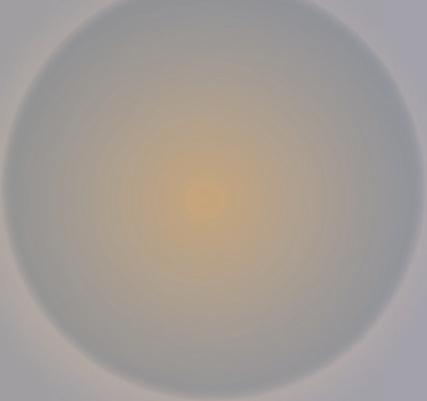
1% INSIDE EXPLODING WHITE DWARFS
Towards the end of their life cycles, some stars turn into white dwarfs. And some white-dwarf stars explode, creating new elements, such as iron.
39
The
Test your family’s brainpower by playing the What on Earth! Quiz together. Regular readers may have an advantage because some of the facts appeared in previous issues of the magazine. Don’t worry if you don’t know them all, though – the answers are at the end of the quiz! 1
ANIMALS
1 How many ears does a praying mantis (pictured left) have?
a. None
b. One
c. Two
d. Four
2
Which of the following words is used as a collective noun for a group of apes?
a. A shrewdness
b. A wisdom
c. A jungle
d. A posse
3
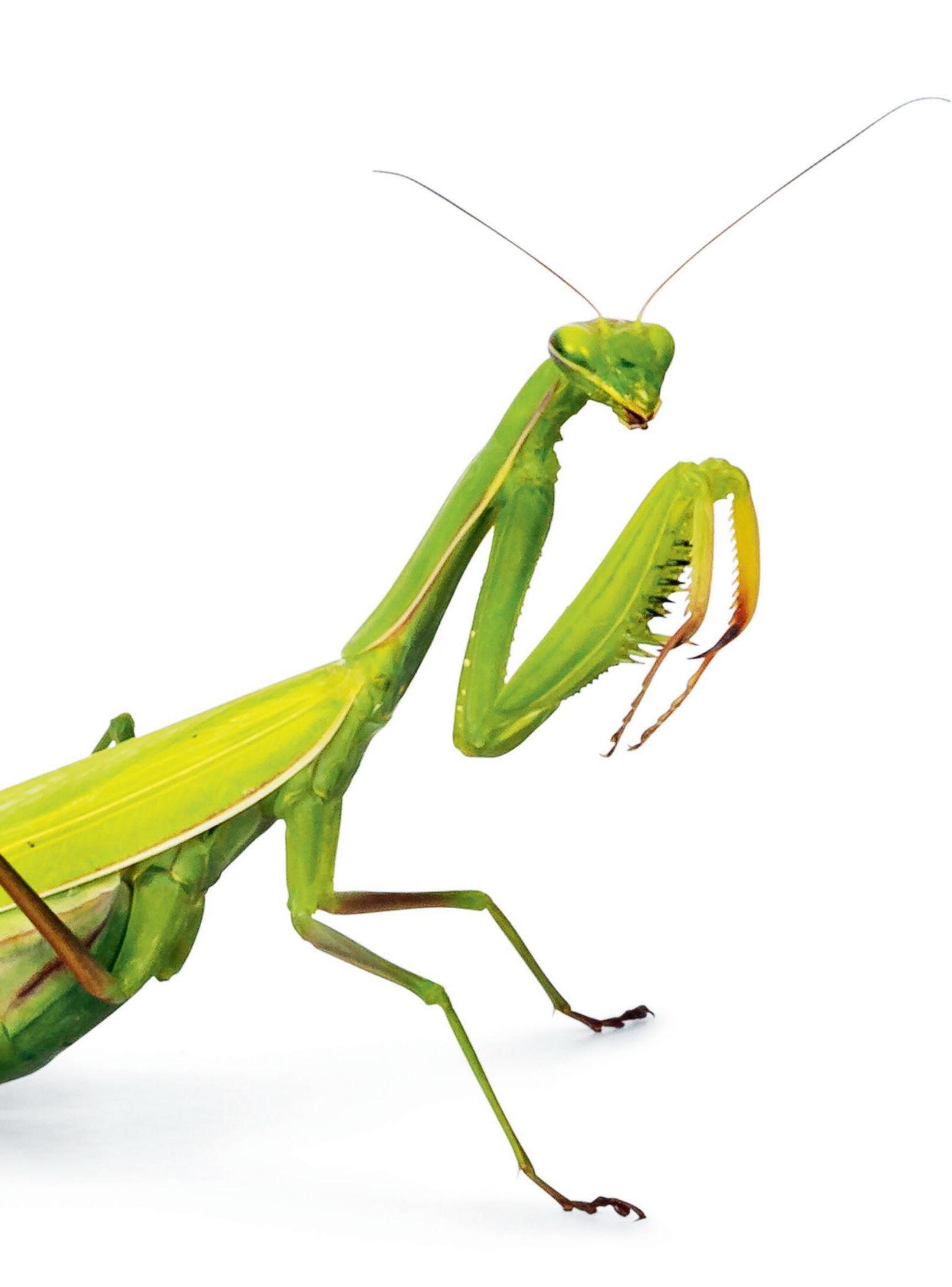
Which is the only one of these four bodily organs that jellyfish possess?
a. Heart
b. Brain
c. Lungs
d. Eyes
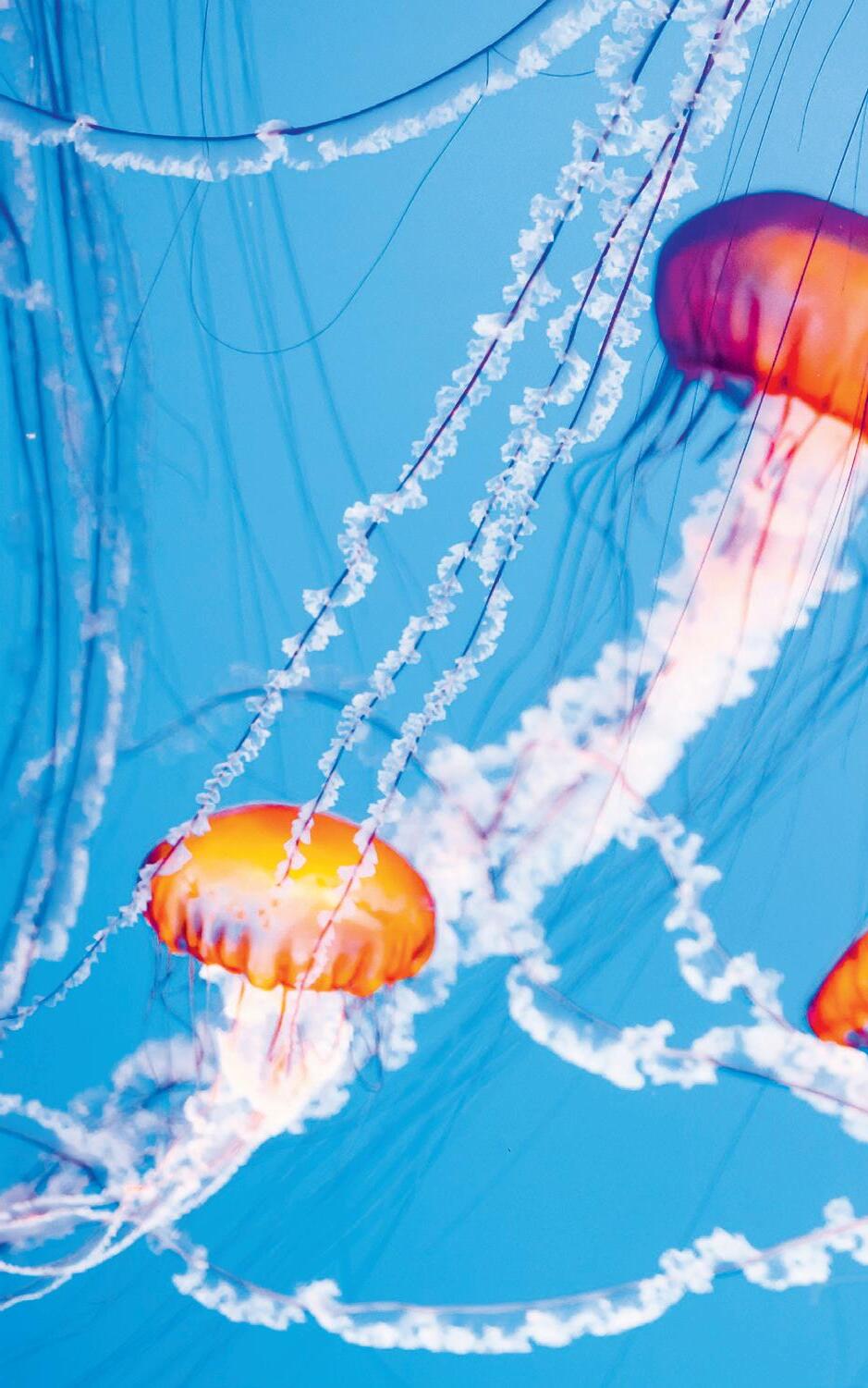
What on
4
Which animal sleeps the most hours per day?
a. Brown bat
b. Lion
c. Koala
d. Python
5 Dogs mostly sweat through which part of their bodies?
a. Their noses
b. Their tongues
c. Their paws
d. Dogs can’t sweat
6 Which of these marine animals has been living on Earth for the longest time?
a. Crocodile
b. Turtle
c. Lobster
d. Shark
SPACE & NATURE
7
Who was the first human in space?

QUIZ
13
3
40

c. Yellow
d. Violet
11 What is the most common chemical element?
a. Carbon
b. Oxygen
c. Hydrogen
d. Gold
12
a. Red


What colour are sunsets on Mars?
b. Green
c. Purple
d. Blue
HUMAN WORLD
13
On average, what proportion of penalties are scored by professional footballers in regular play (i.e. not including




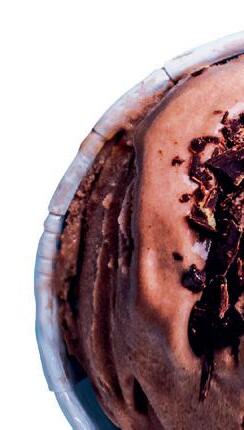


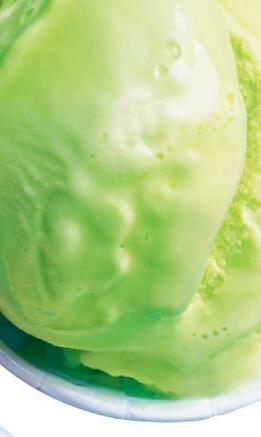



15
According to surveys, what is the most popular flavour of ice cream?
a. Chocolate
b. Vanilla
c. Strawberry
d. Mint chocolate chip
16 What is the most common naturally
Earth! Quiz

a. Neil Armstrong
b. Valentina Tereshkova
c. Alan Shepard
d. Yuri Gagarin
8 What caused the loudest sound in recorded history?
a. An avalanche
b. A volcanic eruption
c. An asteroid impact
d. An atomic bomb
9 How many planet Earths could you fit inside Jupiter?
a. 13
b. 130
c. 1,300
d. 13,000
1O What is the outermost colour of a rainbow?
a. Red
b. Indigo
penalty shoot-outs)?
a. 38%
b. 58%
c. 78%
d. 98%
14
Which ancient civilisation invented the wheel?
a. Mesopotamia
b. Rome
c. Greece
d. Egypt
occurring human hair colour?
a. Blonde
b. Brown
c. Red
d. Black
17
Alex Barron holds the world record for juggling the largest number of balls in the air at once. How many did Alex manage?
a. 8
b. 10
c. 12
d. 14
18 Where are the 2024 Olympic Games being held?
a. Berlin
b. Paris
c. Brisbane
d. London
Continued on next page
15 18 41
This photo shows the pyramids of Meroë in modern-day Sudan. The pyramids in the background were partially demolished by treasure hunters. The two pyramids in the foreground have been rebuilt to show what they looked like 2,000 years ago.
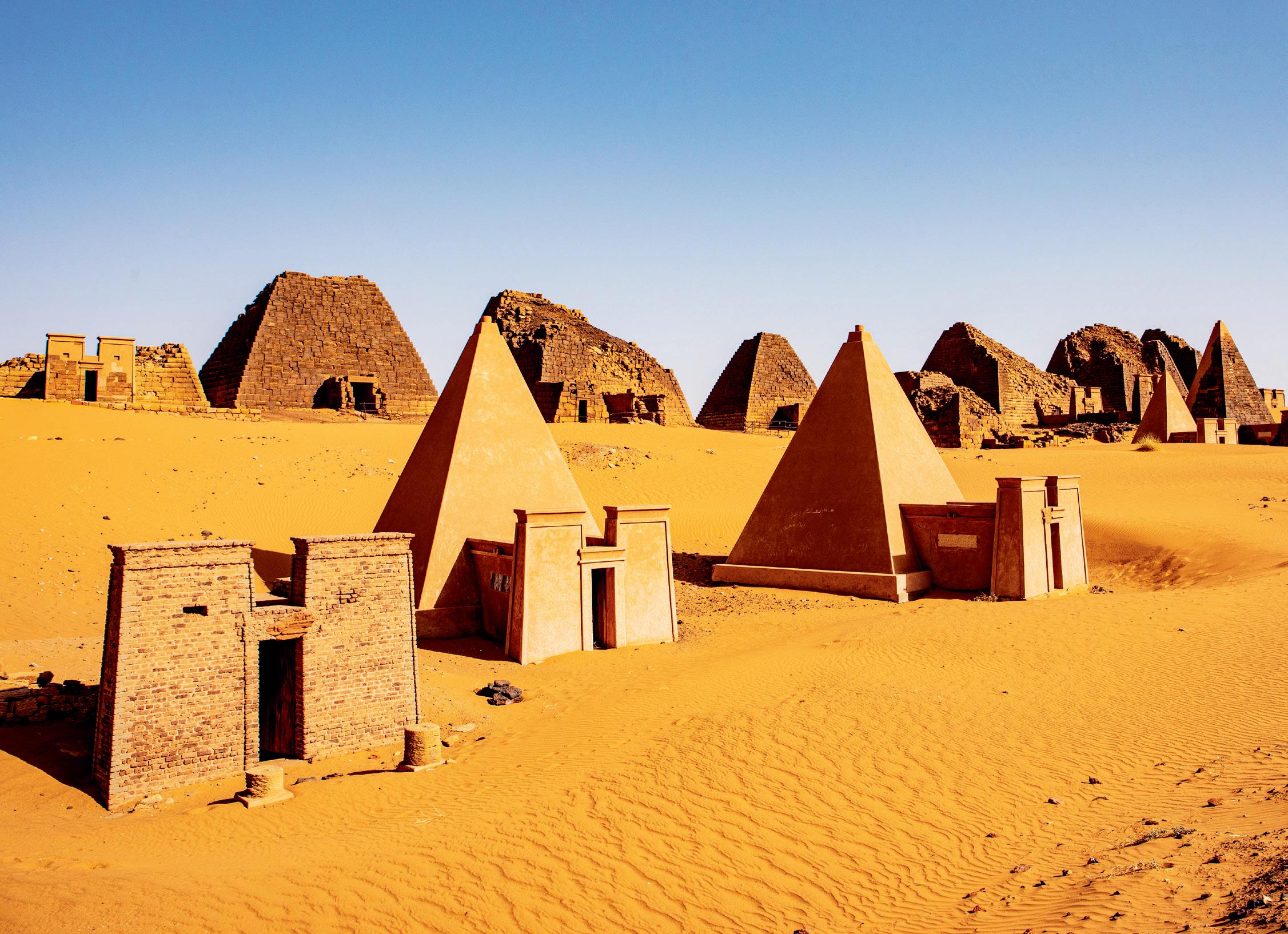
Continued from previous page
GEOGRAPHY
19 Which country contains the largest number of pyramids?
a. Mexico
b. Egypt
c. Sudan
d. China
2O
The thistle is the national flower of which country?
a. Scotland
b. New Zealand
c. South Africa
d. Papua New Guinea
21 In which part of a river does the water typically flow the fastest?
a. The river’s upper course
b. The river’s middle course
c. The river’s lower course
d. The river’s delta
22
Which famous city is sometimes known as the City of Angels?
a. Paris
b. Los Angeles
c. Rio de Janeiro
d. Barcelona
23 What is the southernmost point of mainland Great Britain?
a. Land’s End
b. Dunnet Head
24
c. Lizard Point
d. John o’Groats
24 Which country uses the flag shown above?
a. Japan
b. Cuba
c. Turkey
d. Malaysia
25 At what height does a hill become a mountain?
a. 60 metres
b. 600 metres
c. 6,000 metres
d. 60,000 metres
The kingdom of Kush, which built these pyramids in what is now Sudan, lasted for more than 1,400 years.
EMOJI GEOGRAPHY
Each of these emoji sequences represents the name of a country. Can you work out the name of each of the five countries?
QUIZ
Answers: 1. b, 2. a, 3. d, 4. c, 5. c, 6. d, 7. d, 8. b, 9. c, 10. a, 11. c, 12. d, 13. c, 14. a, 15. b, 16. d, 17. d, 18. b, 19. c, 20. a, 21. a, 22. b, 23. c, 24. d, 25. b. Emoji Geography: A – Turkey; B – Iran; C – Chile; D – Armenia; E – Canada (can + adder).
19 20 42
A B C D E
42
46
The distance in metres from which an owl can spot a moving mouse.

1 million
The number of lightsensitive cells in each square millimetre of an eagle’s eye. Humans have 200,000.
EYES
IN NUMBERS
5
The diameter in centimetres of an ostrich eye, the largest of any bird. An ostrich’s eye is bigger than its brain!
.. .
1.6
The distance in miles (2.74 km) from which someone with good eyesight can see a candle flame in the dark.
350
How many times more sensitive to colour a gecko’s eyes are at night than a human being’s.** (Humans can hardly see any colour in the dark of night.)
2
The number of directions that a chameleon can look in at once. A chameleon’s eyes move independently, which gives it an almost 360-degree field of vision.
3
The number of eyelids a camel has.* The first two stop desert sand blowing in, while the third sweeps across the eye to keep it clean.
24
The number of eyes a box jellyfish has.
1
The number of eyes that a dolphin closes when it’s asleep. The other eye always stays open!
*And it’s not the only one. Many animals have a third eyelid, including cats, owls and frogs.
**Geckos don’t have eyelids, so they lick their eyeballs clean with their tongues!
43





Absolutely Everything!





About 1,400 years ago, during a time of misery in Europe and when the Maya civilisation was at its height in Mexico and Central America, a merchant in the city of Mecca in what is now Saudi Arabia was seized by a series of visions. He told them to others, who found them so compelling that this merchant became the leader of a new religion. His full name was Abū al Qāsim Muhammad ibn ‘Abd Allāh ibn ‘Abd al-Muttalib ibn Hāshim. He is known simply as Muhammad, or the Prophet Muhammad. Muhammad was born in Mecca in about 570 CE. He was orphaned at about six years old and later adopted by his uncle, Abu Talib, who was the
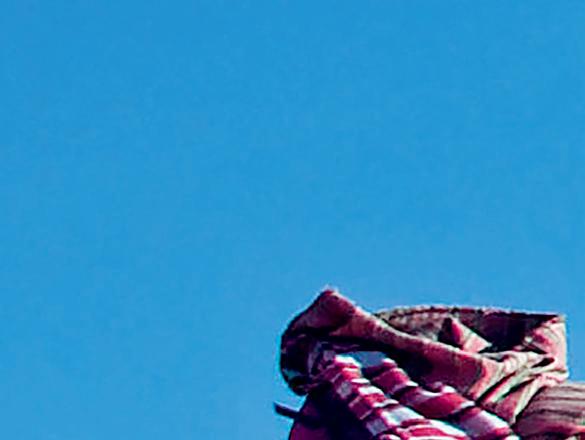
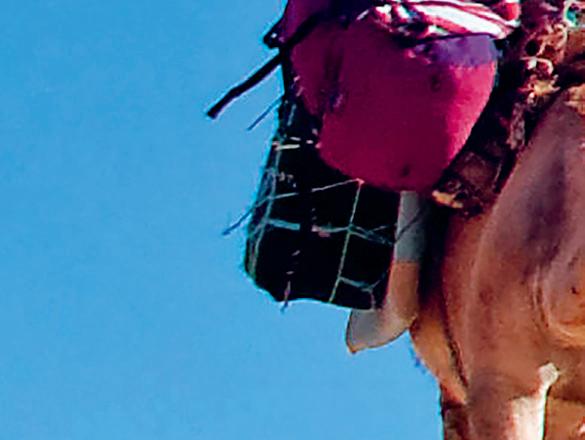
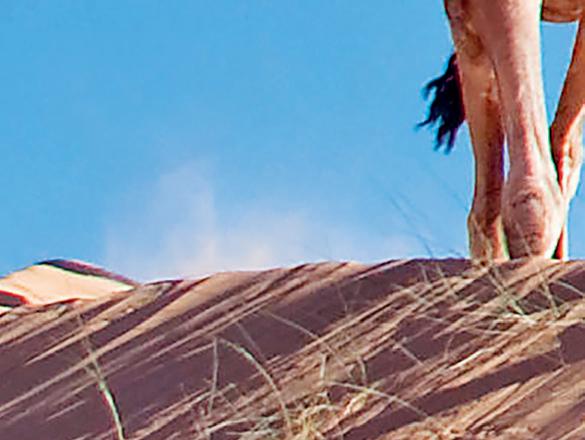


Each month we feature an amazing story from world history taken from the bestselling book by Christopher Lloyd, with illustrations by Andy Forshaw. This month: the birth of Islam.
Below: merchants helped the religion of Islam to spread west across Africa. The pink area on the globe shows the Islamic Empire at its greatest extent.

head of their clan. The family were traders who bought, sold and transported goods such as spices, salt, gold and ivory. Abu Talib took Muhammad on trading trips to teach him the family business. When he grew up, Muhammad married, had children, and continued to travel and trade. He and his family practised the local traditional religion, which had many gods believed to protect traders.
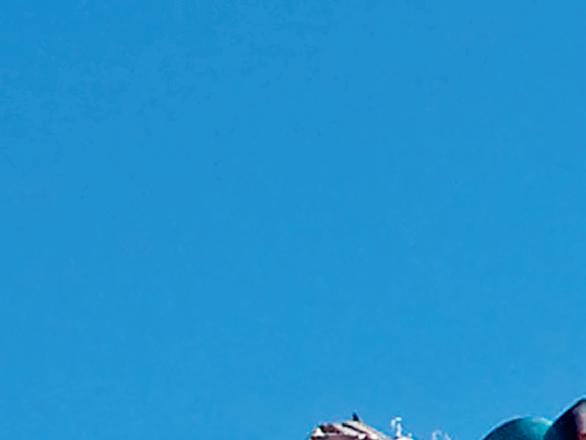




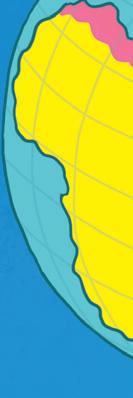
When he was about forty years old, Muhammad began to spend a few weeks each year alone in a cave, praying. It was in the cave that he had the first in a long series of visions. The Archangel Gabriel revealed to him the final and absolute
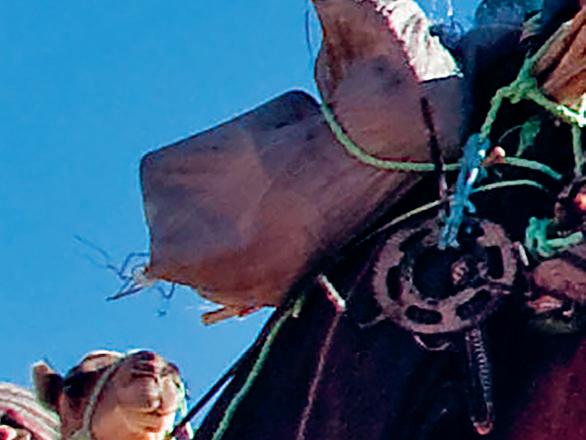
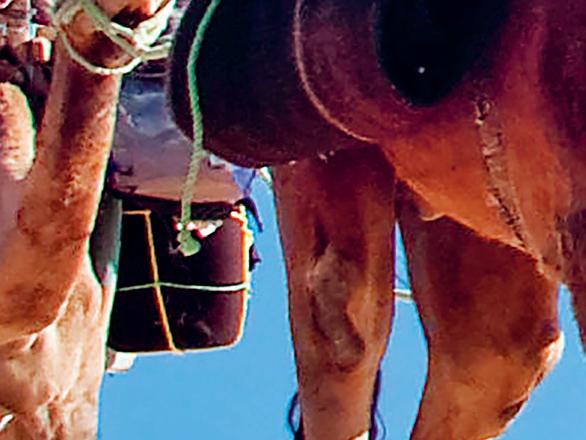
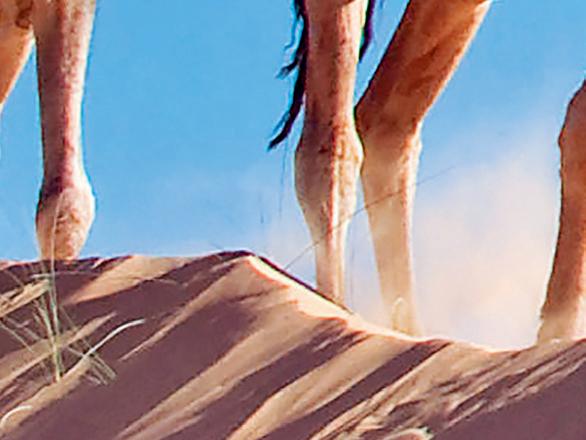
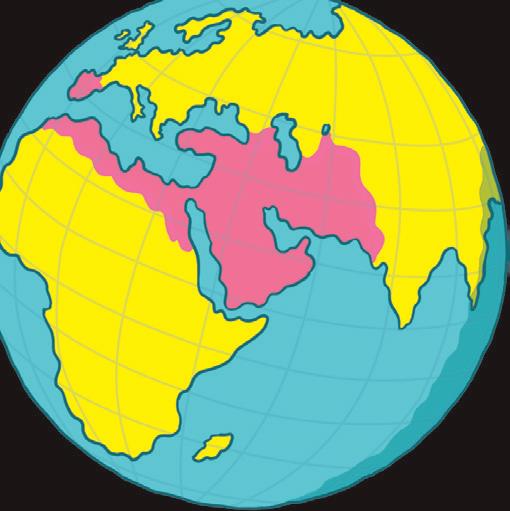
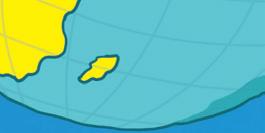

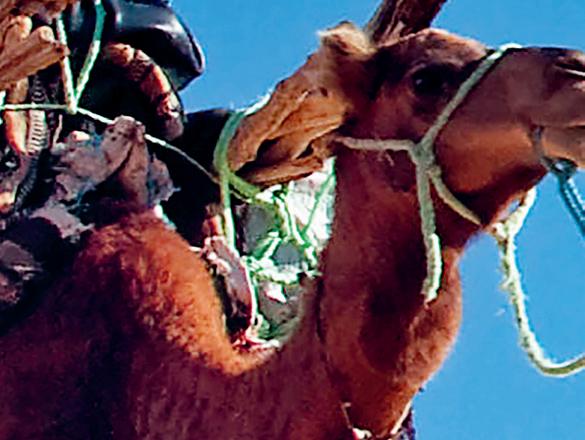
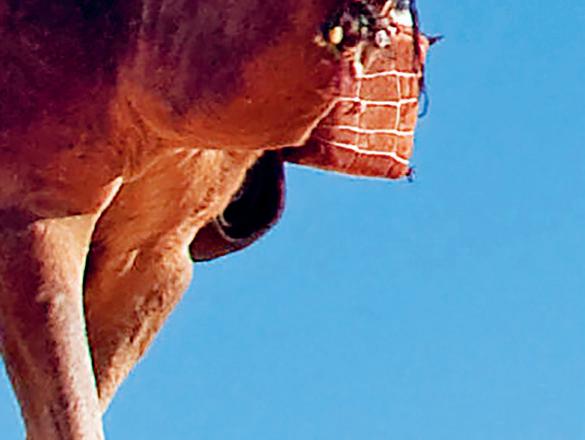
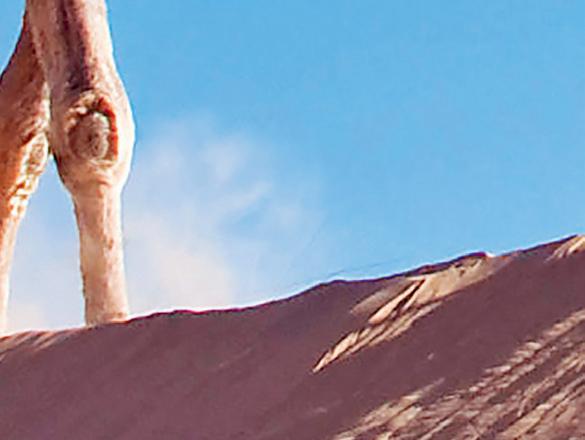
word of God, which was later written down as the Koran, the holy book of Islam. The God who spoke to Muhammad was the same one that Jews and Christians prayed to. Gabriel is an angel who appears in the Hebrew Bible and in the New Testament. He is said to have visited Mary, Jesus’s mother, to tell her that she would have a child who would be the son of God.
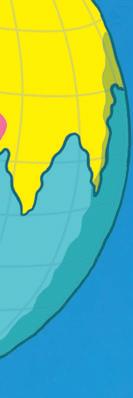

In Arabic, the word for God is Allah. The angel told Muhammad that there was only one God, not many. He said that Allah was in heaven, not on Earth. He also said that Allah had revealed his word many times before through prophets of the

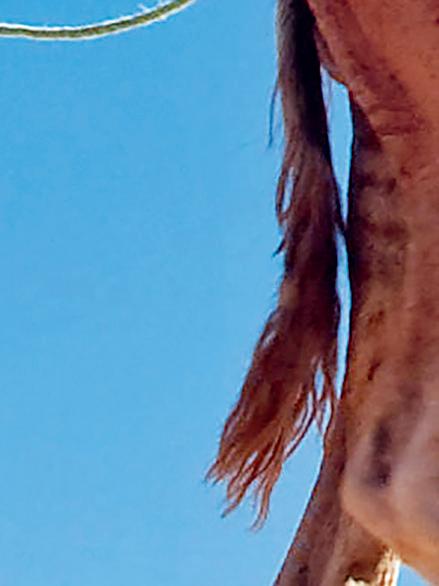
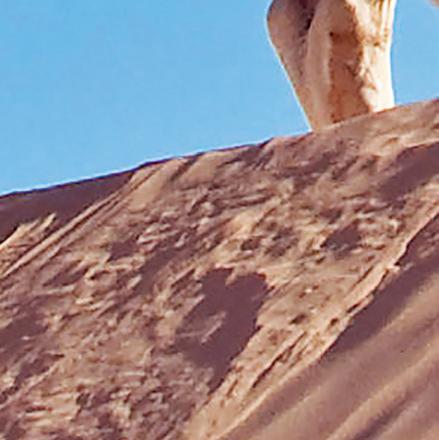
THE BIG READ
44
Córdoba
AFRICA
EUROPE
SPREAD OF THE ISLAMIC EMPIRE ASIA
MEDITERRANEAN SEA
Islamic world under Muhammad (622–632 CE)
Territory added between 632 and 661 CE
Territory added between 661 and 750 CE
The Islamic empire officially ended in 1922 but over the last 1,000 years the religion of Islam has spread around the world.

Jewish and Christian scriptures. These included Adam, Abraham, Moses, Jacob, Joseph, Elijah, Jesus and more than fifty others. But, the angel said, over time humans had mistaken Allah’s true words and as a result
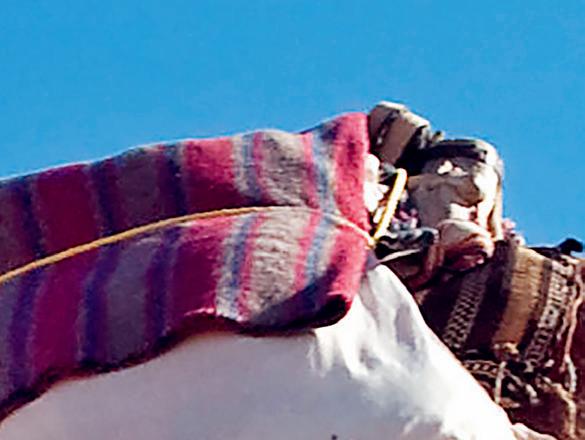
had created false religions. Out of Muhammad’s visions came a new religion called Islam, whose followers are called Muslims. There are branches of Islam, each with a slightly different set of beliefs and rules for life. The basic rules for Sunni Muslims (the largest group) are called the Five Pillars of Islam. Shia Muslims also
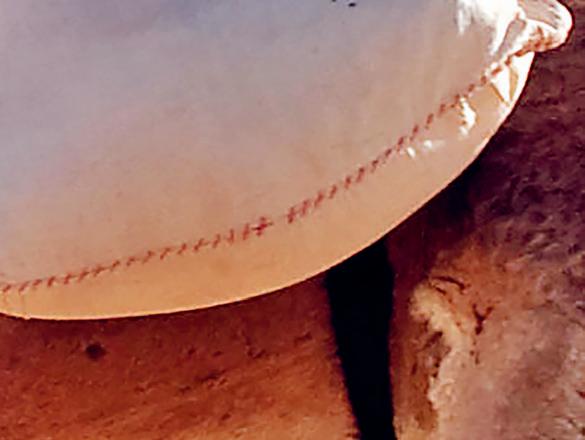
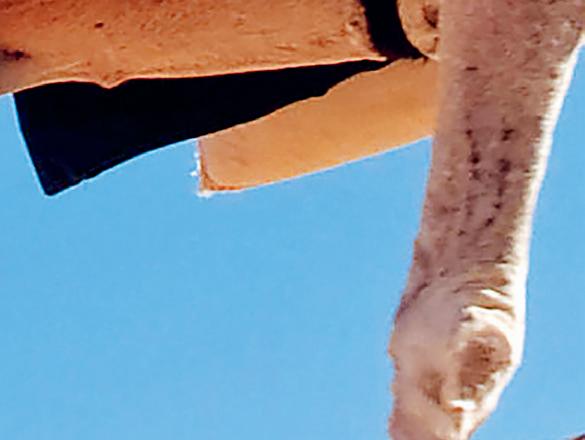
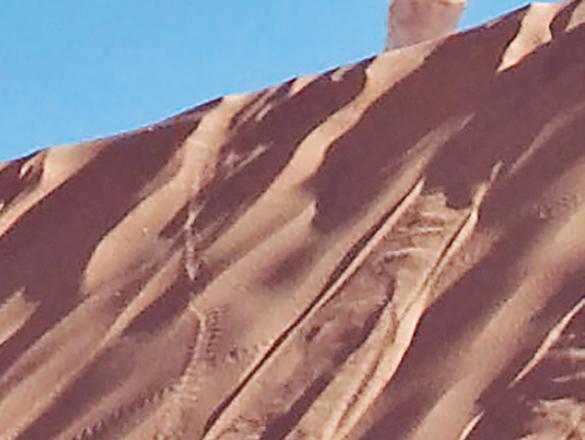

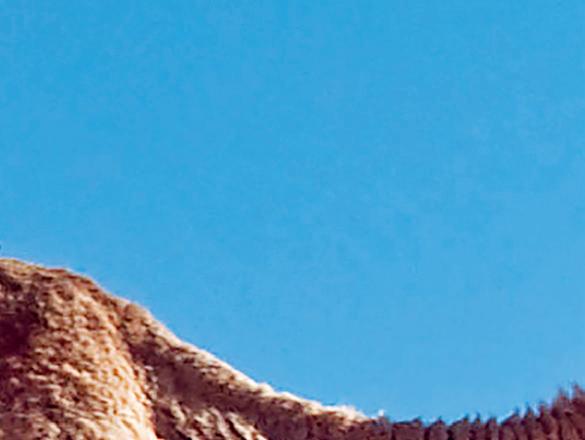
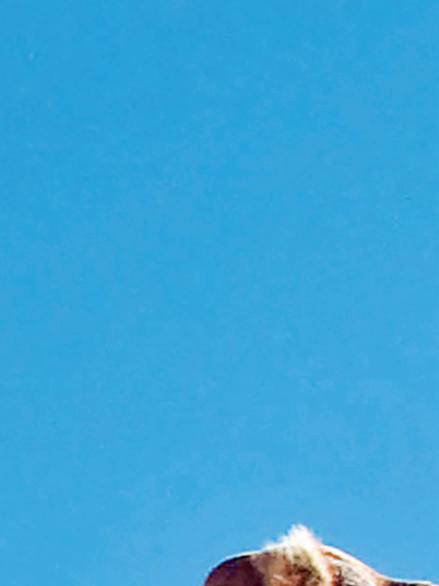
have pillars, but some have more than five, and others have five that are a bit different from the Sunni five. Muhammad was a fierce defender of his new faith. Under threat from the tribes around him, who were happy
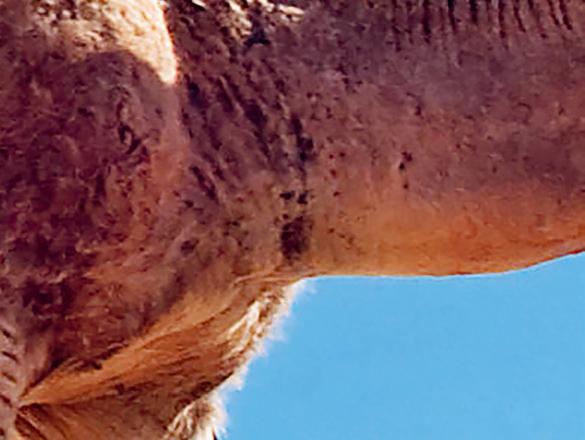
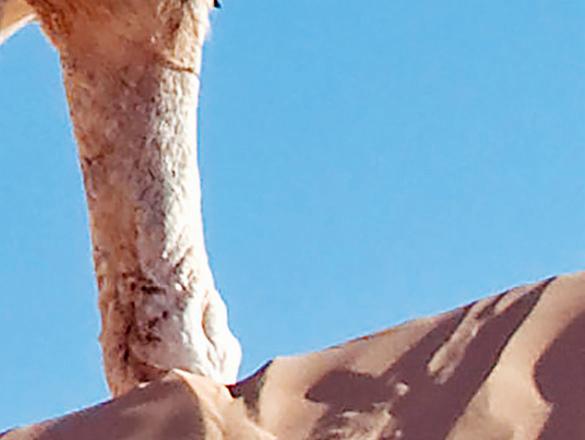
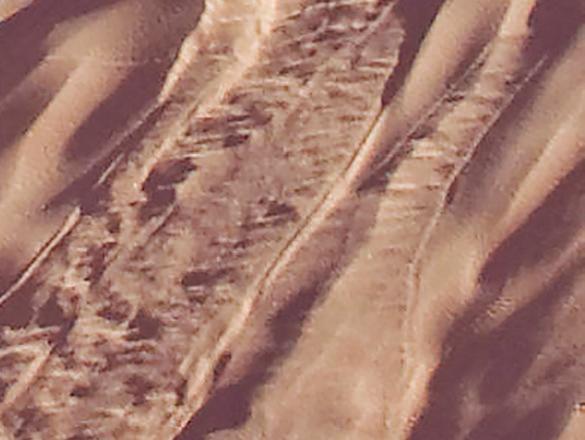



with their traditional religions, he raised an army of followers. First they took over his home town of Mecca. Then they went on to conquer the rest of the Arabian Peninsula. After Muhammad’s death in 632 CE, his followers went further, adding Mesopotamia and Syria. They conquered Egypt in 642, then marched west into an area called the Maghreb, which spread all the

Muhammad’s followers created a giant empire after his death, spreading out both east and west.
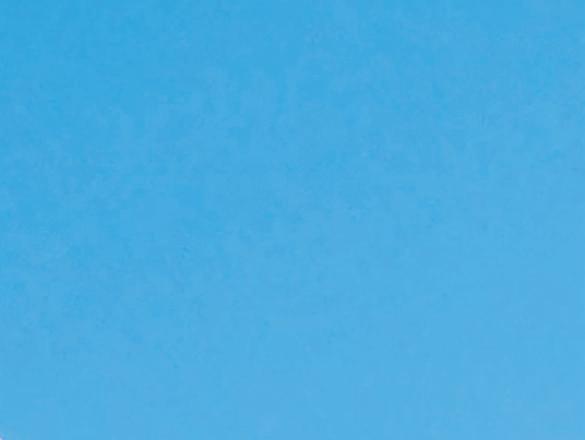
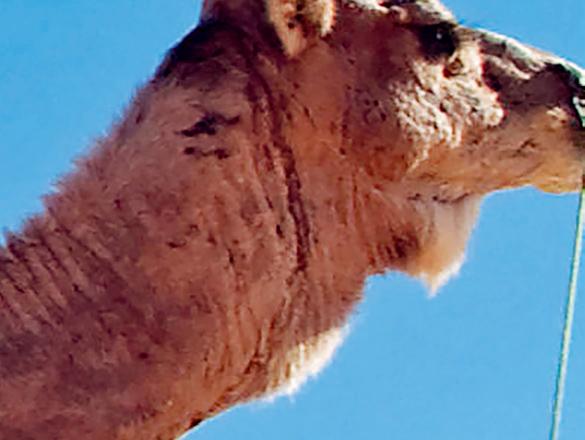
way along Africa’s north coast from Libya to Morocco and down the Atlantic coast. Why didn’t they move on south to spread their message to the whole African continent? Well, in their way was the huge, hostile desert of the Sahara. But while the Muslim soldiers couldn’t see a way to cross the sandy wastes of the desert, merchants did their job for them. Many of the countries invaded during the Muslim
Continued on next page


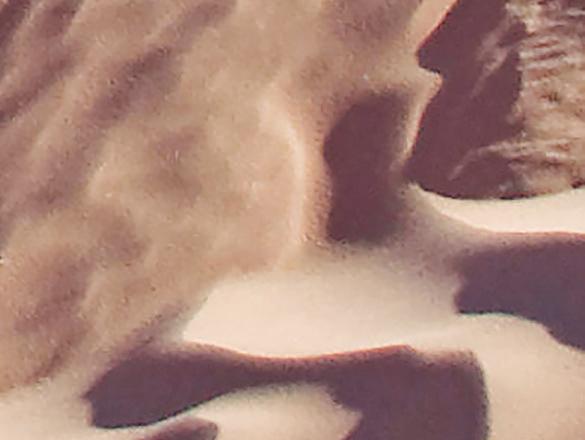
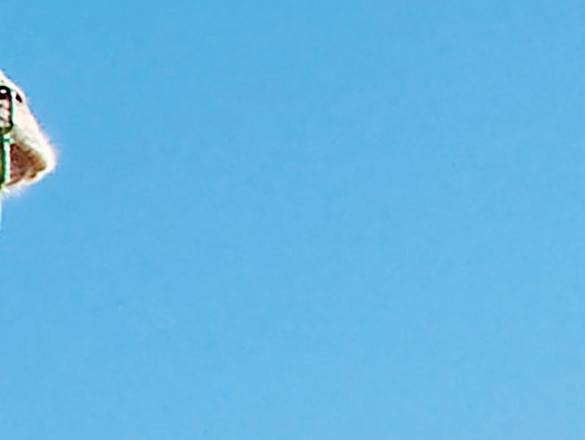

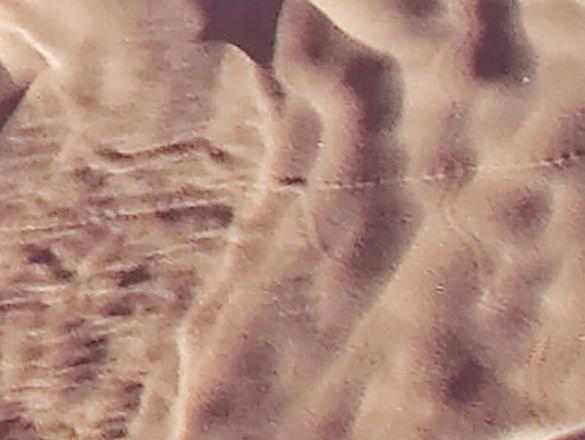
Today, more than 1.9 billion people – or almost 25% of the global population – follow the Islamic faith.

BLACK SEA CASPIAN SEA
SEA
ARABIAN
Rome Constantinople Damascus Jerusalem Samarkand Medina Mecca
miles N
1,000
45
conquests were home to people called Berbers. The Berbers had been crossing the Sahara using camels since the fifth century and had established trade routes that stretched all the way to West Africa.
Continued from previous page Right: the Kaaba, a black building at the centre of the al-Masjid al-Harām mosque in Mecca, Saudi Arabia, is considered by Muslims to be the house of Allah. Muslims all over the world face in its direction during their daily prayers.
The journey took up to sixty days and, as there was little water to be found, was very dangerous. The Berbers knew where to look for water, though. And the risk was worth it to reach the wealthy Ghana Empire, which sold gold, ivory, ostrich feathers and enslaved people to the Berbers. The merchants paid the Ghanaians in precious salt – and also passed ideas back and forth from one side of the Sahara to the other.
Over time some Berbers converted to Islam, taking the parts that they were interested in and fitting them around their own culture.
Within 150 years, Islam had spread as far east as what is now Pakistan and west into Spain. Once again, vast swathes of Asia, Africa and Europe were connected. By then, Islam was both a huge empire and easily the largest and fastest-growing religion in the world. Today there are more than 1.9 billion practising Muslims. And Islam is the second most practised religion in the world, after Christianity. As the Muslim Empire
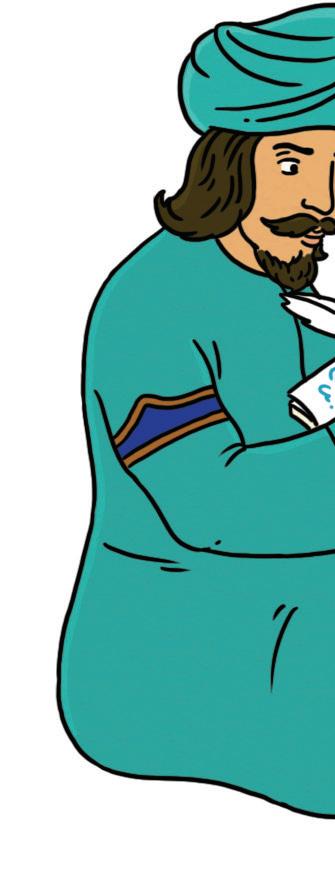
Below: Muslim scholars met at the House of Wisdom in Baghdad.


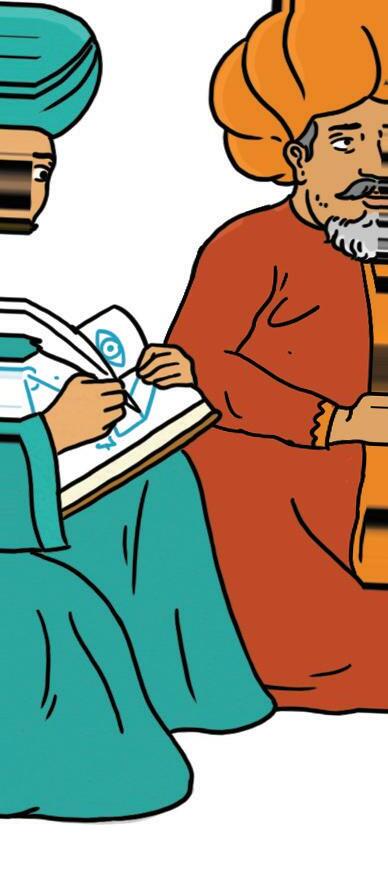



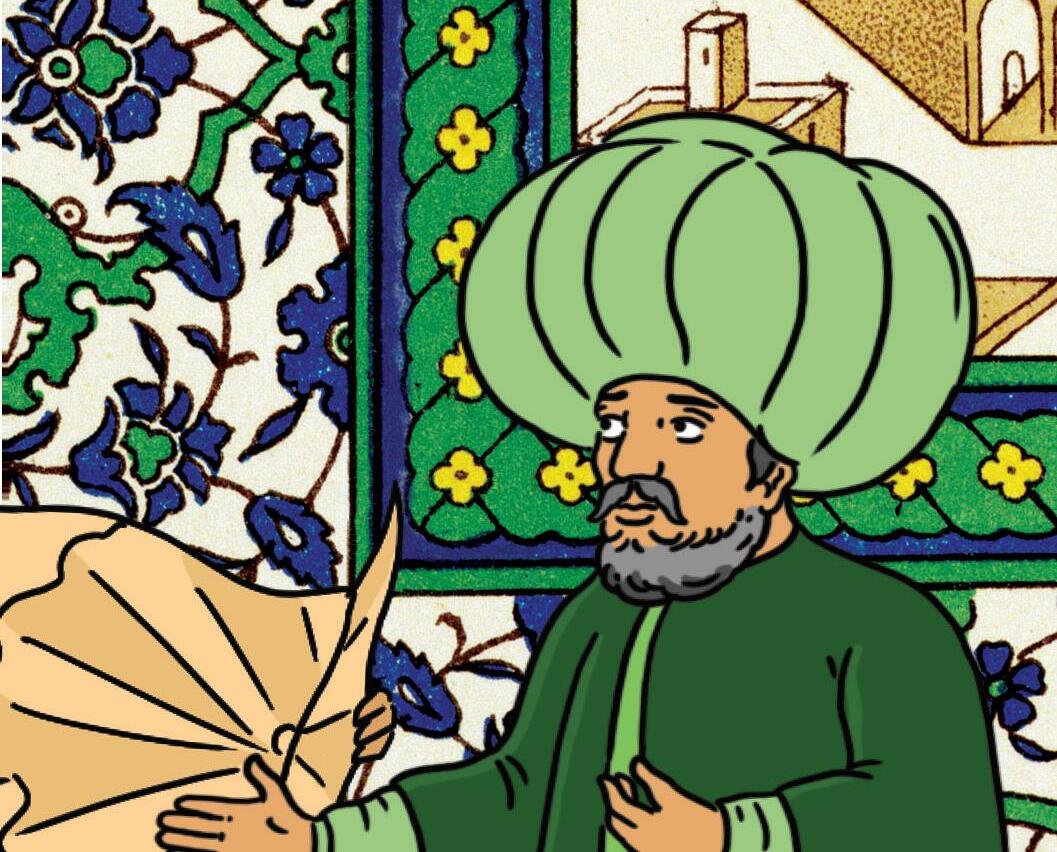


expanded, it carried far more than the Islamic religion. Just as Alexander the Great had brought ideas both to and from the areas he conquered, so did Muslim thinkers and soldiers. A wonderful story is told
THE BIG READ
46
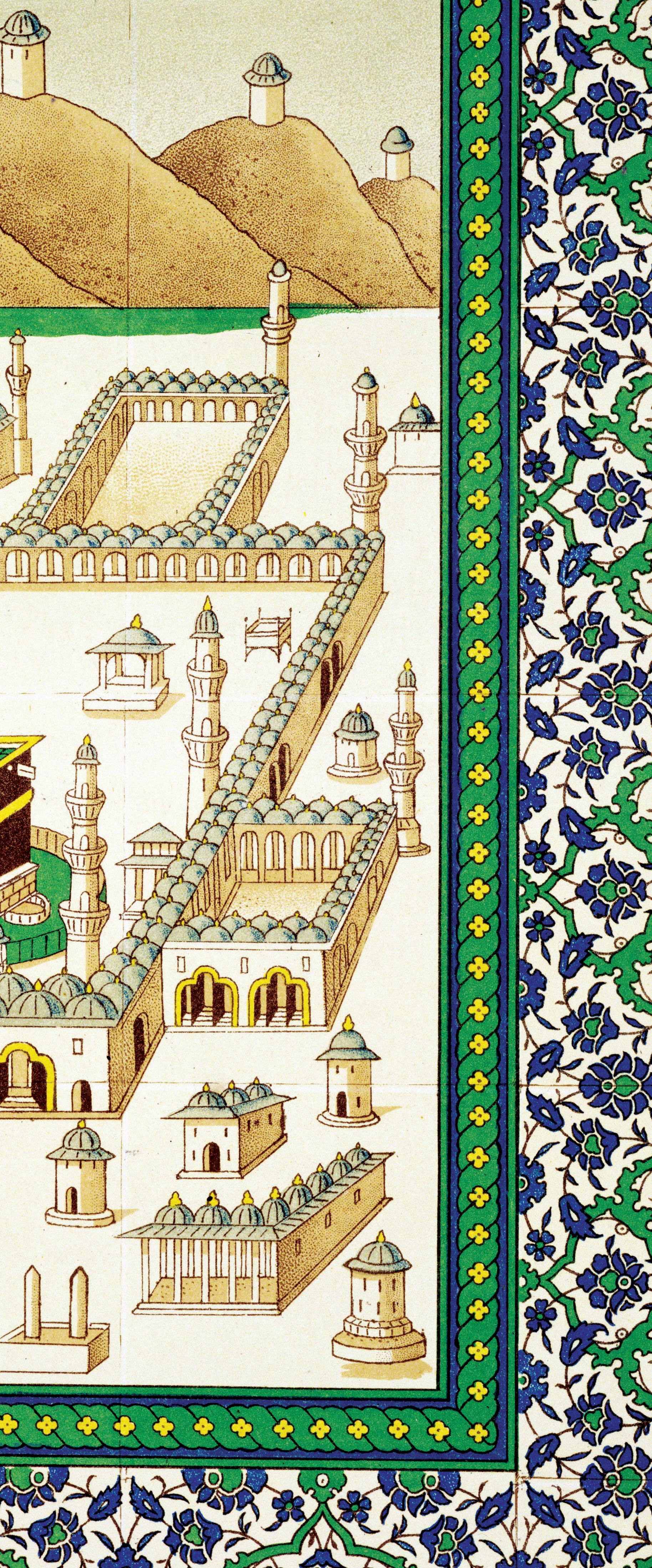
about how the Islamic world got the secret of paper. Here’s how it goes. In 751 CE, Muslim forces won a key battle against the Chinese on the banks of the River Talas, probably on the border between what are now
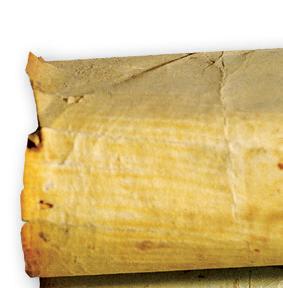


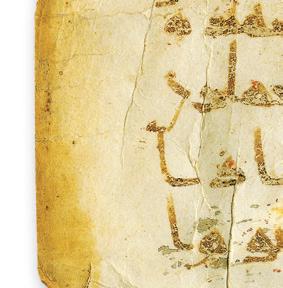


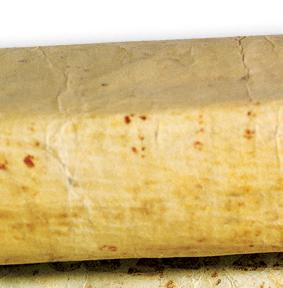

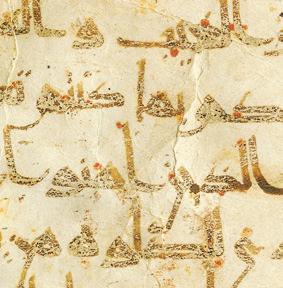
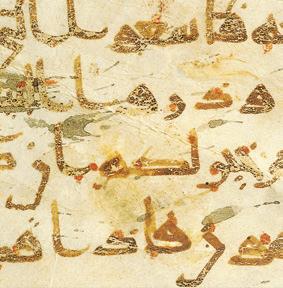

Kazakhstan and Kyrgyzstan. In the battle they captured a lot of Chinese prisoners. Well, it turned out that some of the captives were experts in papermaking. Islamic forces had a policy of releasing any
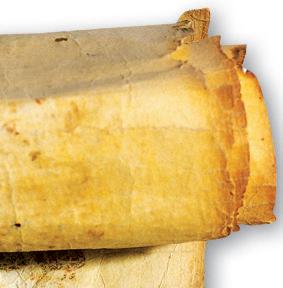


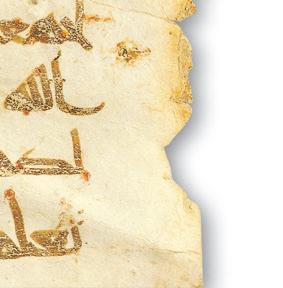
Above: a fragment of an early example of the Koran, written on a paper scroll. It was made in the 700s or 800s CE.
FIVE PILLARS OF ISLAM
SHAHADAH
Believe in Allah as the one and only true God.
SALAH
Pray to Allah five times a day.
ZAKAT
Give generously to the poor.
SAWM
If you are a healthy adult, fast (don’t eat or drink anything) between sunrise and sunset during the holy month of Ramadan.
HAJJ
Make a pilgrimage to Mecca at least once in your lifetime.
the process to make it easier. And they designed new machines that allowed them to create a lot of paper at a time. By 794 CE, paper mills were opening in Baghdad, the capital of the Muslim Empire (now the capital of Iraq). From there, papermaking skills spread all across the Muslim world. Cheap, easy-to-make paper began to replace expensive papyrus, silk and parchment. Paper super-charged the spread of Islam by allowing its message to be received not just by word of mouth, but also through the holy book called the Koran, the record of what Muhammad had learned in his visions. So that everyone could know what the angel had said to Muhammad, all Muslims were encouraged to learn to read, and schools were set up to teach them.
Muslim rulers valued learning of all kinds. This set off a blossoming of science and literature known as the Islamic Golden Age. Ancient texts, including works by famous philosophers such as Aristotle, were respected, too. Hundreds of volumes were collected in the House of Wisdom, a vast royal library in Baghdad.
The Caliphs (rulers) ordered that these ancient books be translated into Arabic from their original Greek, Latin and Persian. They summoned translators, philosophers and scholars to do the work. They even tried to merge the wisdom of philosophers such as Aristotle with the divine revelations of Muhammad.
prisoner who taught at least ten Muslims something important. These captives bought their freedom by revealing the secret of how to make paper. Islamic inventors changed
It’s lucky for modern people that the Muslim Empire cared so much about learning. Over the centuries, many of the original books have been destroyed. But thanks to these learning-loving rulers, Arabic translations have survived and we can read important ancient books today. :
47


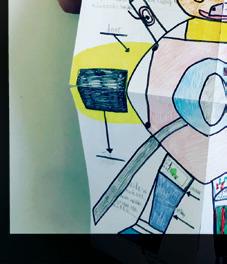





Secret fact of the month
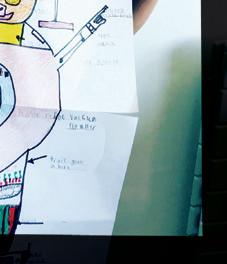
Published by
What on Earth Magazines Ltd, The Black Barn, Wickhurst Farm, Leigh, Tonbridge, Kent, TN11 8PS
Editor-in-Chief
Andrew Pettie




According to legend, famed Mongol leader Genghis Khan asked to be buried in secret. His followers hid the location so well that, to this day, no one can find it!









Editor
Alison Eldridge
Art & Design Director
Mark Hickling
Senior Designer & Illustrator
Susanna Hickling
Production
Sarah Epton
Contributors
Andy Forshaw, Andy Smith, May, Paige Towler, Andrés Lozano, Julie Beer, Susanna Hickling, Kate Hale, Valentina D’Efilippo, Conrad Quilty-Harper, Dr Nick Crumpton, Adrienne Barman, Dan Knight, Elma Thackray, Jen Breach













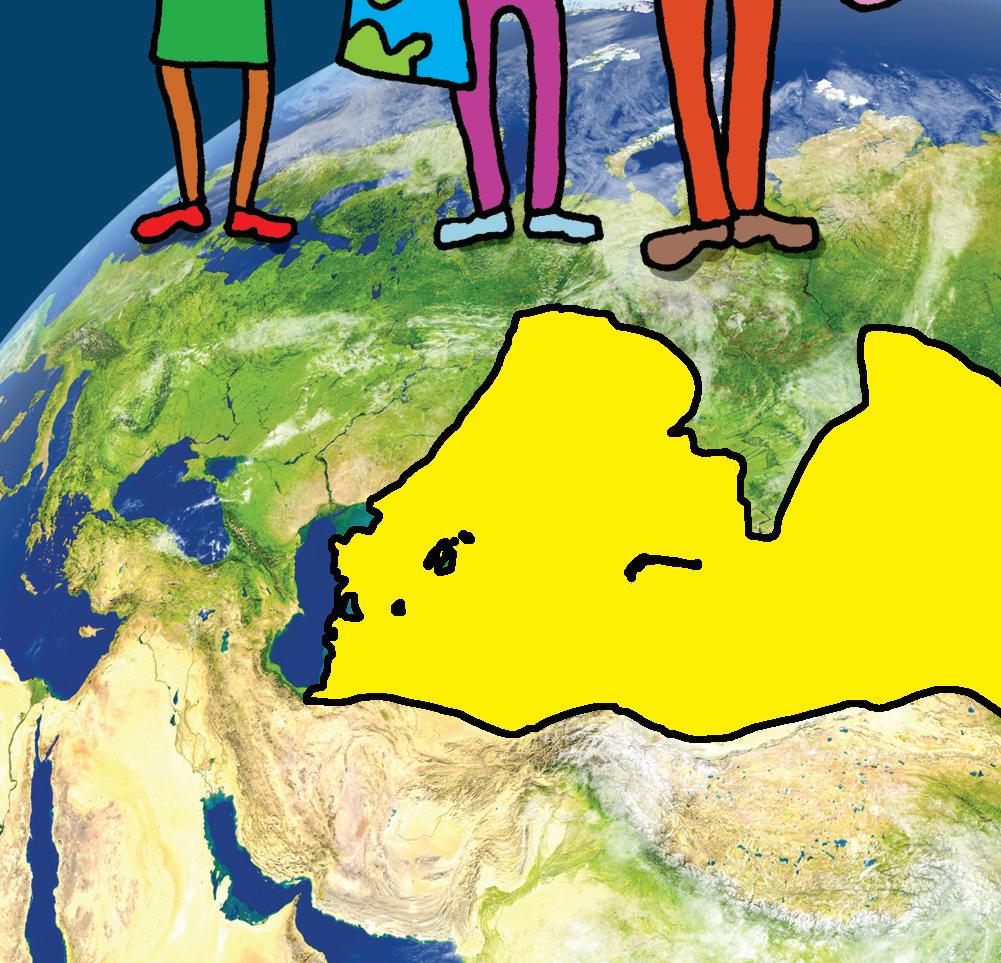

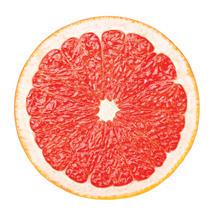

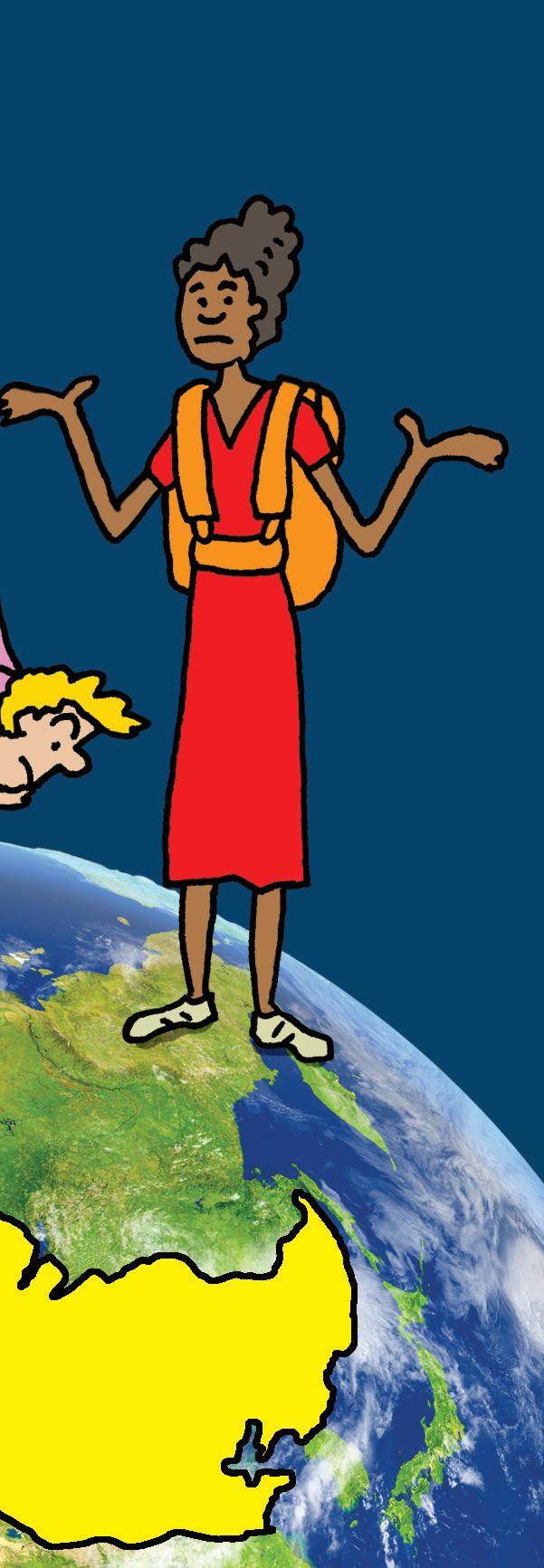
With thanks to Andy Forshaw, Natalie Bellos, Helen Thewlis and the whole team at What on Earth Publishing
Editorial Consultant
Nancy Feresten
Marketing Director
Luise Mulholland
Business Development
David Falzani
CEO, What on Earth Magazines
Christopher Lloyd
For Encyclopaedia Britannica
Mary McCudden, Director, Middle School and Elementary Products Printing and distribution
Warners Midlands PLC, The Maltings, Manor Lane, Bourne, Lincolnshire, PE10 9PH

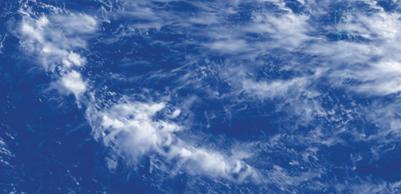

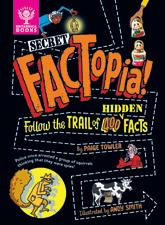

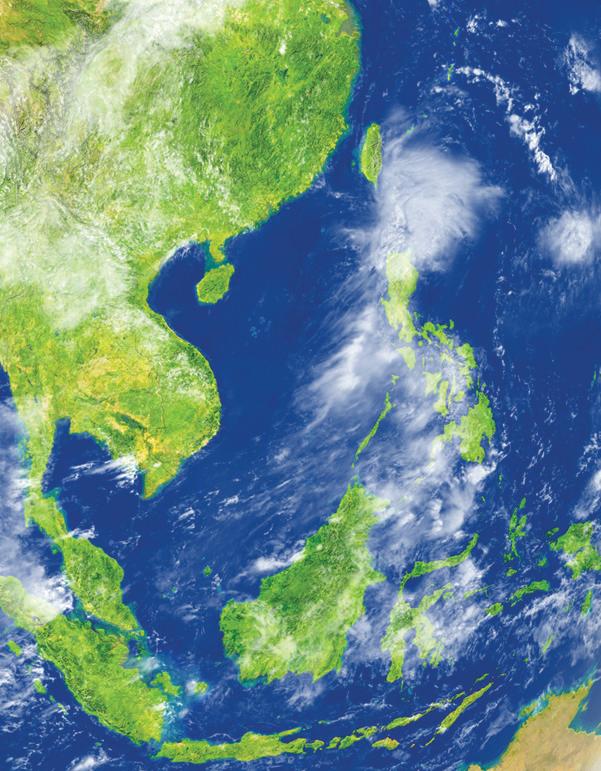
Editorial enquiries editor@whatonearth.co.uk
Subscriptions 01778 392479 whatonearth.co.uk
Picture credits
Selected library images from: Getty Images; Shutterstock; iStock; Alamy; NASA. What on Earth: World Nature Photography Awards/Alex Brackx; Pano Awards/Lorenzo Ranieri Tenti; Sony World Photography Awards/ Huanzhen, Andres Moreno; Nikon Small World/Sherif Abdallah Ahmed. Eureka: Guinness World Records; BBC; Yingliang.
Copyright
2024 What on Earth Magazines Ltd.
All rights reserved. No part of this magazine may be reproduced or transmitted in any form, including photocopying, without permission in writing from the publishers.
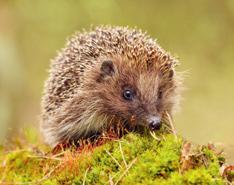



MAGAZINE What on Earth! BRITANNICA’S 5 4 2 1 6 3 1 5 3 2 4 6 1 5 6 3 6 3 2 4 1 5 4 2 4 6 3 2 2 1 5 4 5 1 3 6 Word Wheel 1. Parachute 2. Chapter 3. Carpet 4. Erupt 5. True 6. Harp
your favourite fact
editor@whatonearth.co.uk
Send
to:
ARTHUR, 9
CHLOE, 6
ALICE-MAY, 13
Games Quiz 1. Darts 2. Snooker 3. Pinball 4. Table football 5. Table tennis 6. Air hockey Futoshiki!
Quiz Pink grapefruit Swimming pool Telephone Hedgehog Doughnut Shuttlecock Angel of the North Cube It! C Sudoku! Connect the Planets B A 4 2 2 3 3 1 1 4 1 3 4 1 2 4 3 2 1 4 2 3 4 2 3 1 2 3 1 4 3 1 4 2 D If your photo, drawing, letter or favourite fact is featured in a future issue of What on Earth! Magazine, you will win a copy of the brilliantly bizarre Secret FACTopia!
ANGUS, 7
Picture
49
Mongol Empire
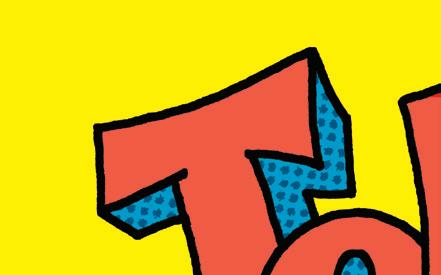
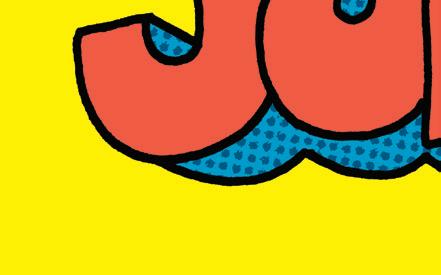
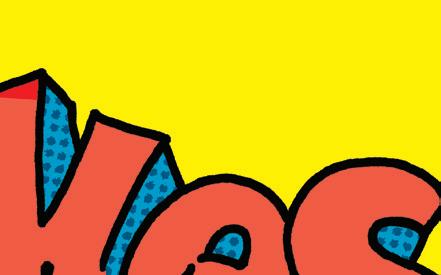

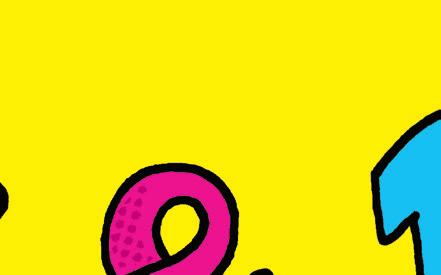
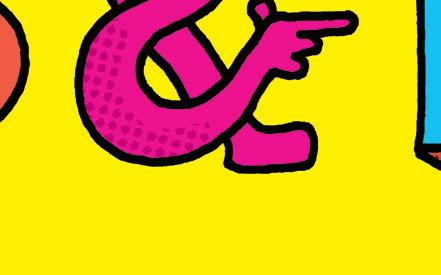

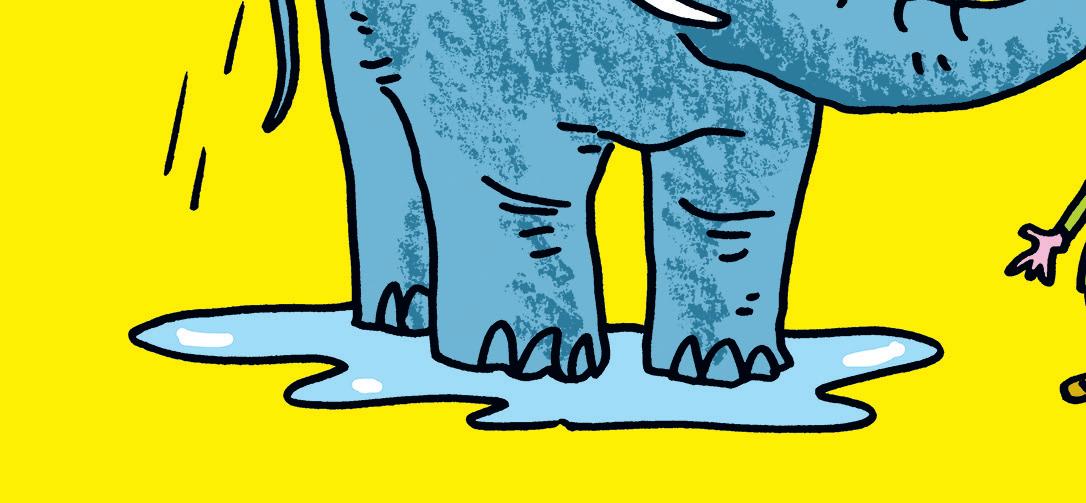
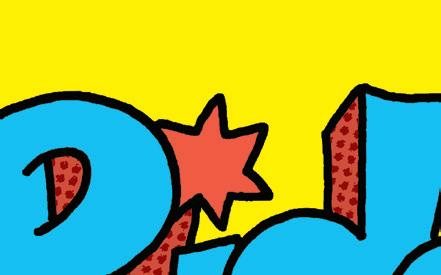

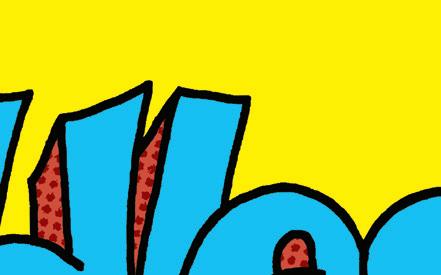

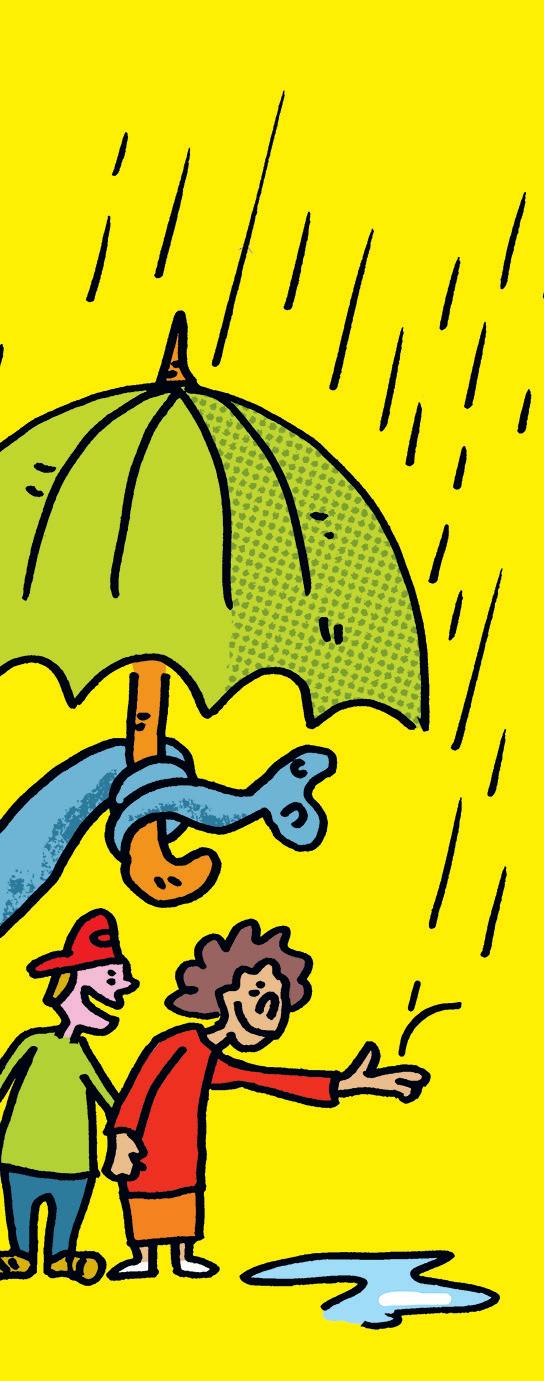


Question: What do you call bears with no ears? Answer: B!

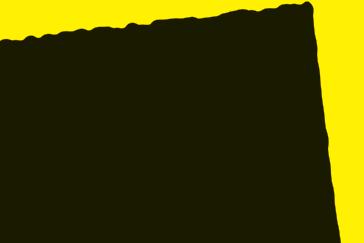

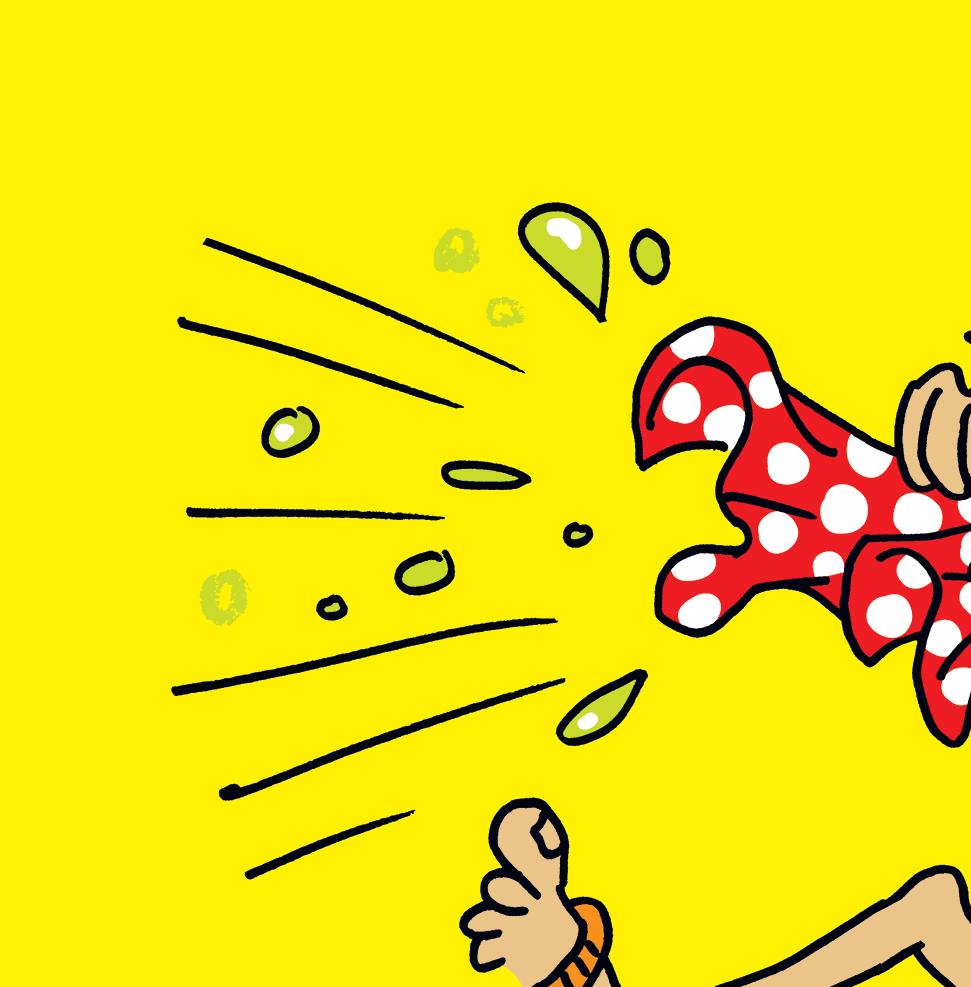

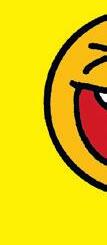



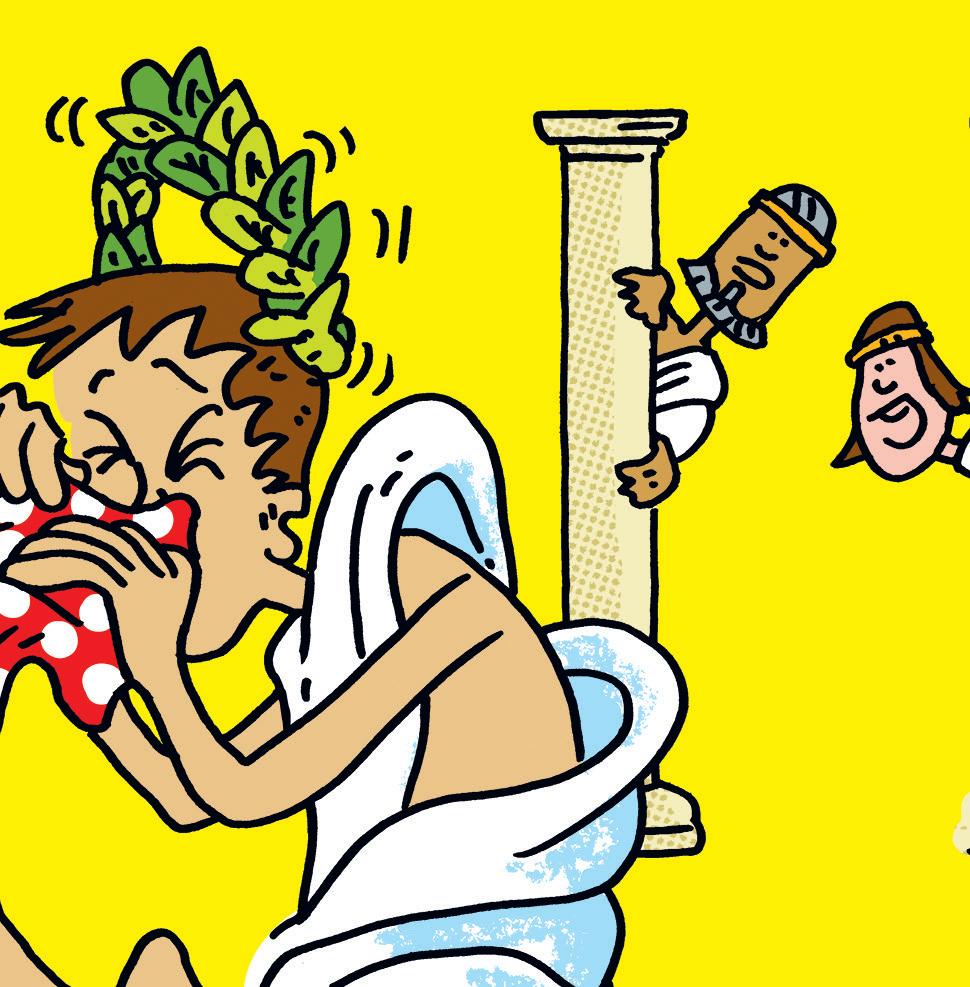
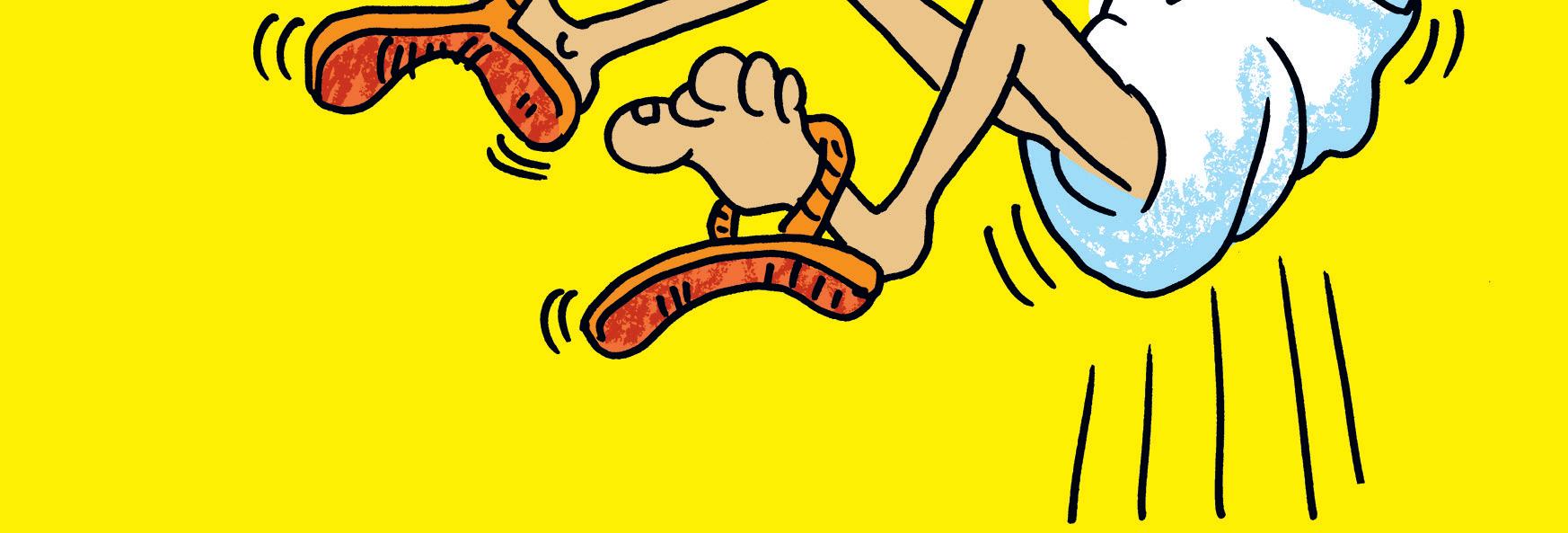



HA!HA! Julius Sneezer! An phant! umbrellawith three legs? an antelope you call What do elope! pea! slantgrumA A What’s big grey and from rain? and protects you Which bad mood? is always in a vegetable Which handkerchief? always carries a Roman emperor 50

Tickle your ribs and tease your brain with our favourite gags and riddles, hand-picked by our jokes editor May.
What type of is always insect on time?
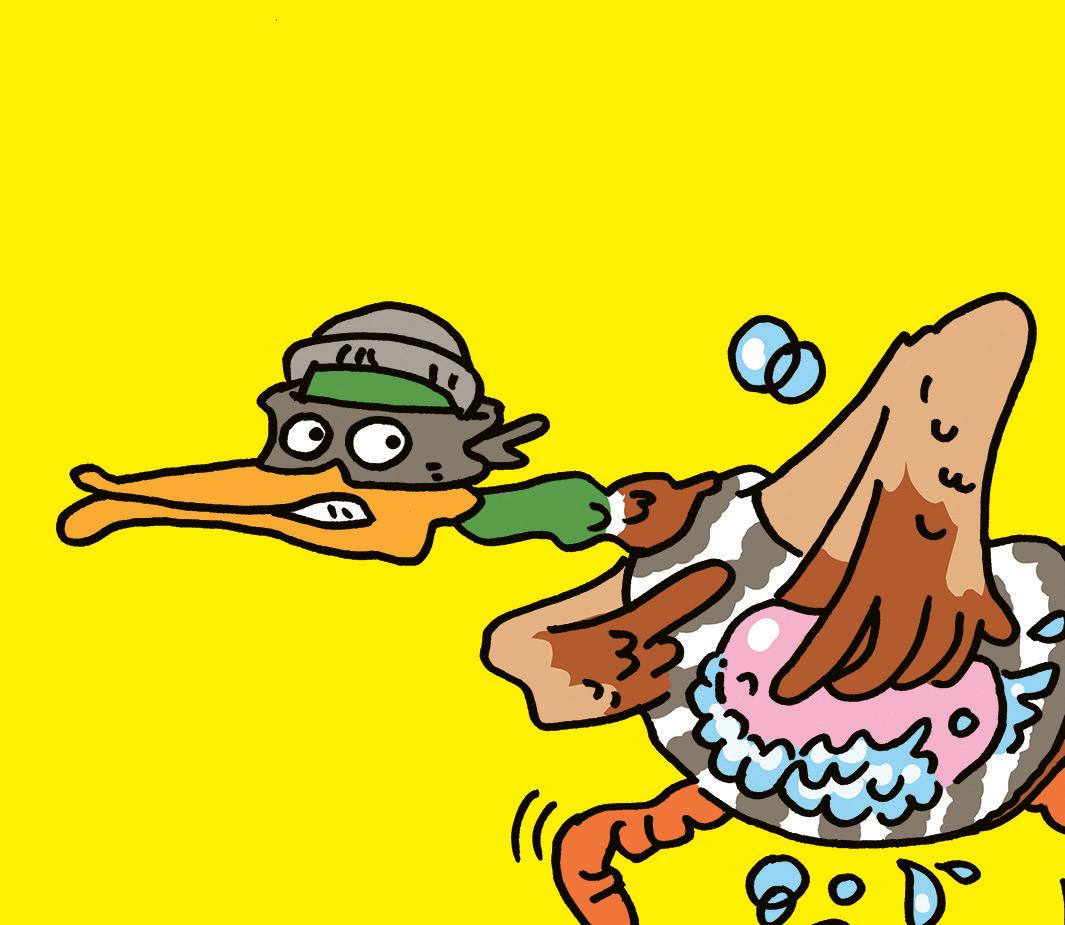

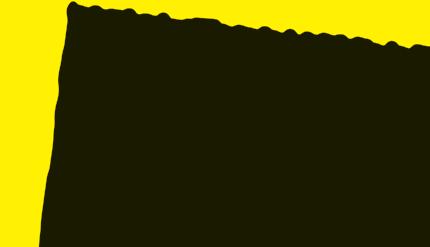
Question:

He’sAnswer: bald!


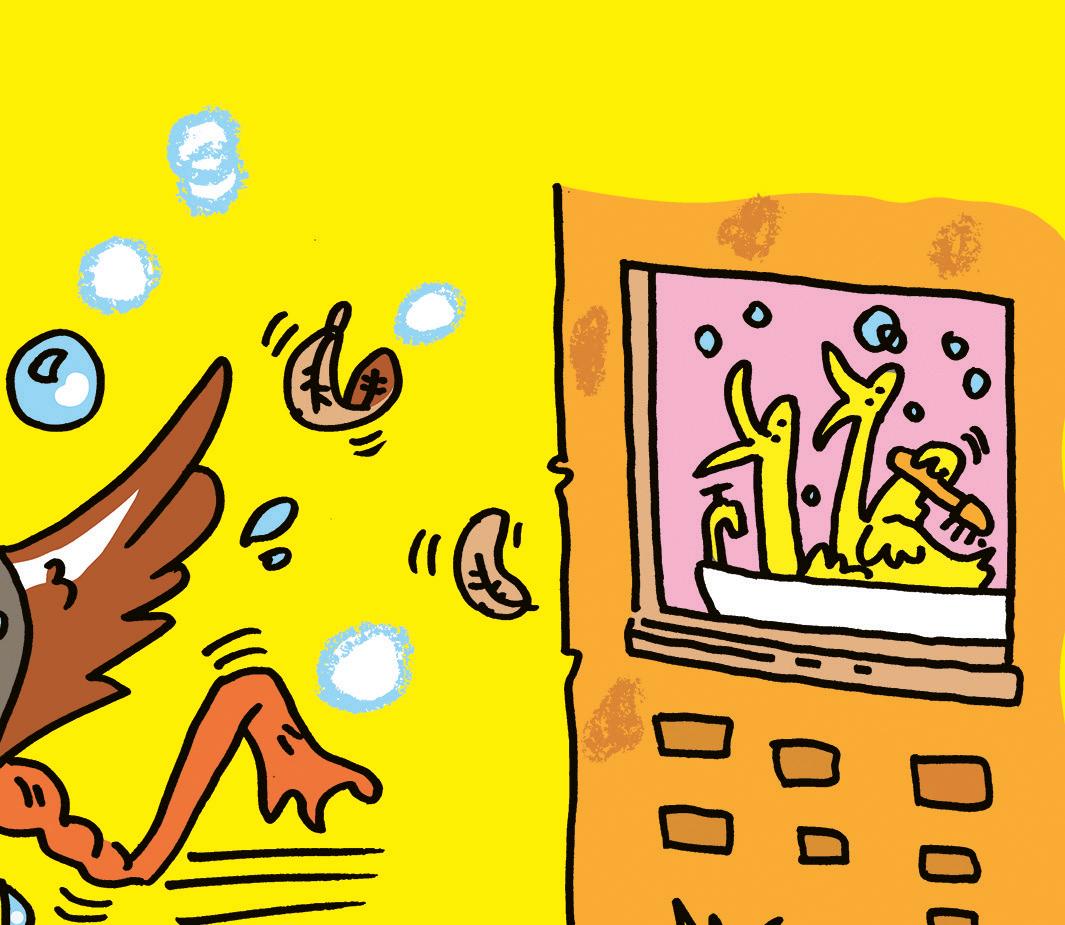





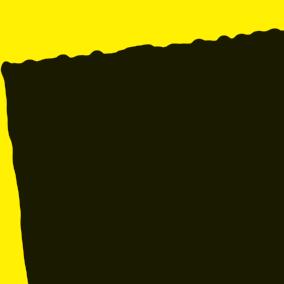

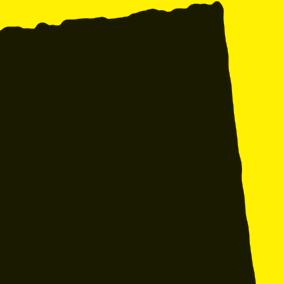
Answer:

LOL!
ILLUSTRATIONS BY ANDY SMITH
zoo?
What did of the
kicked out say when it was the llama
What is a favourite crustacean’s drink? ‘Alpaca bags!’ my
A man goes out in the rain without a hat or umbrella yet not a hair on his head gets wet. How is this possible?
Who the at bath time? stole soap uccino! duck! roach! crabrobber clockA A A
I am light as air but even the strongest person cannot hold me for long. What am I?
A breath! 51
Question:
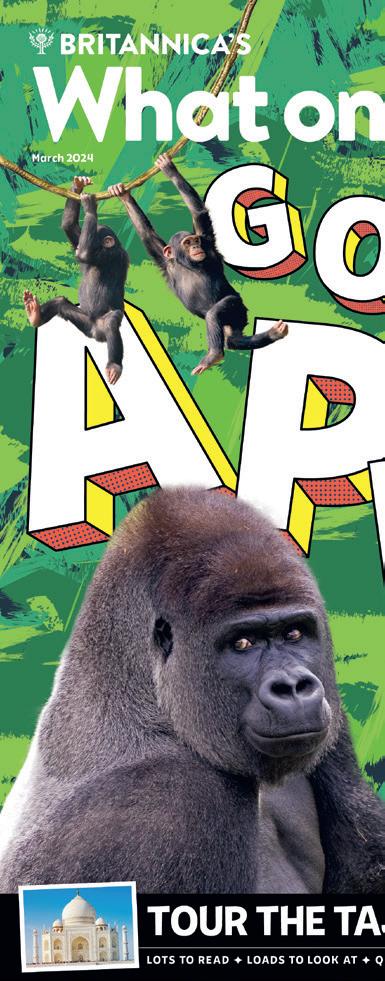



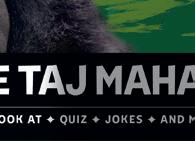

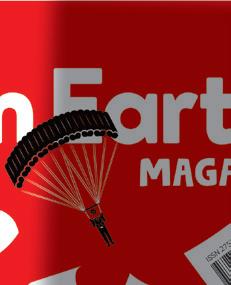

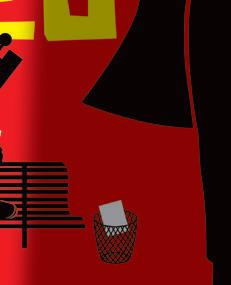



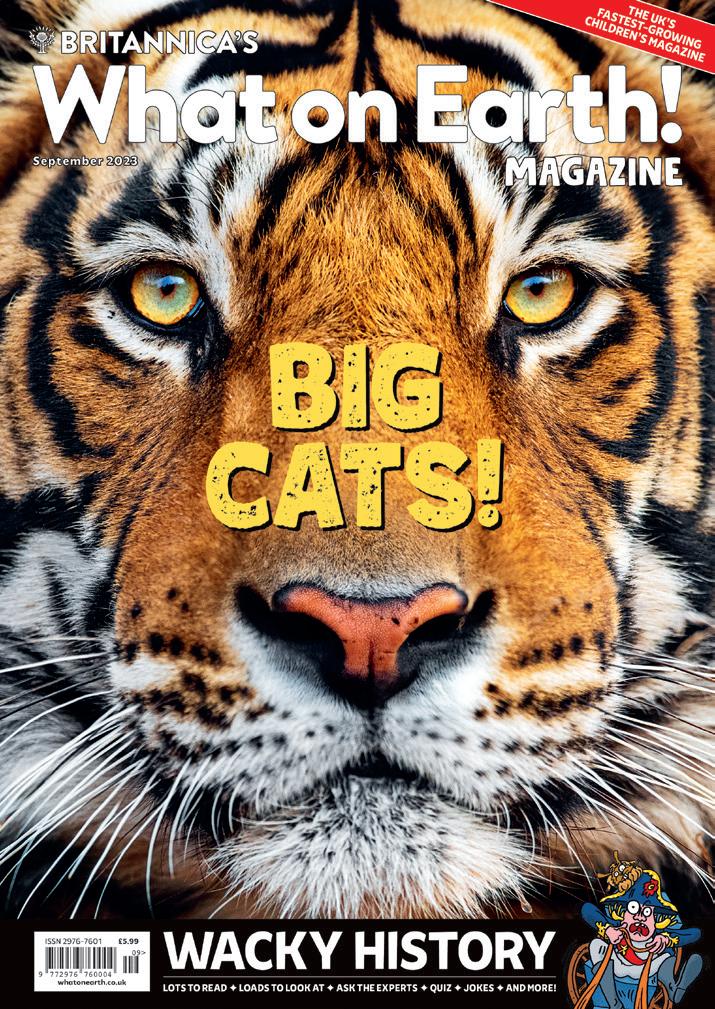




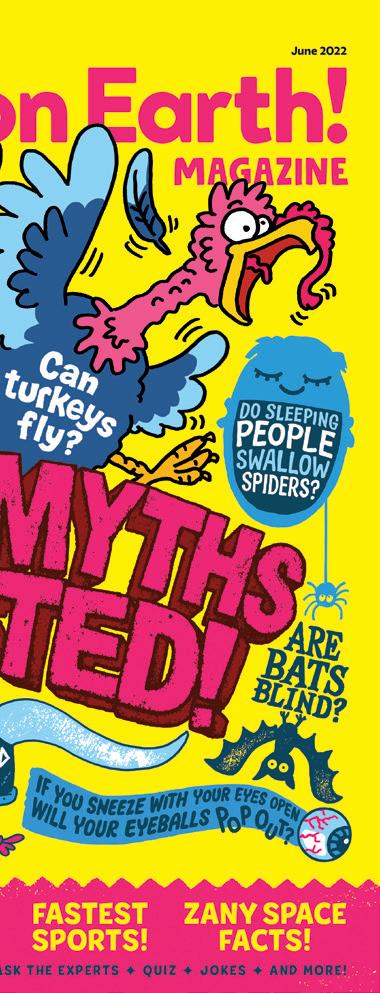



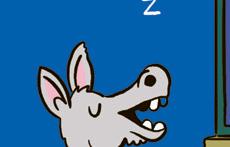
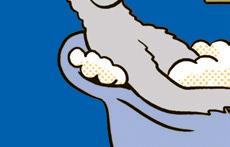
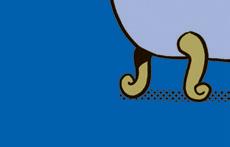

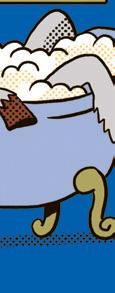



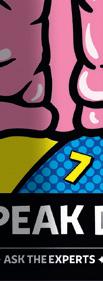



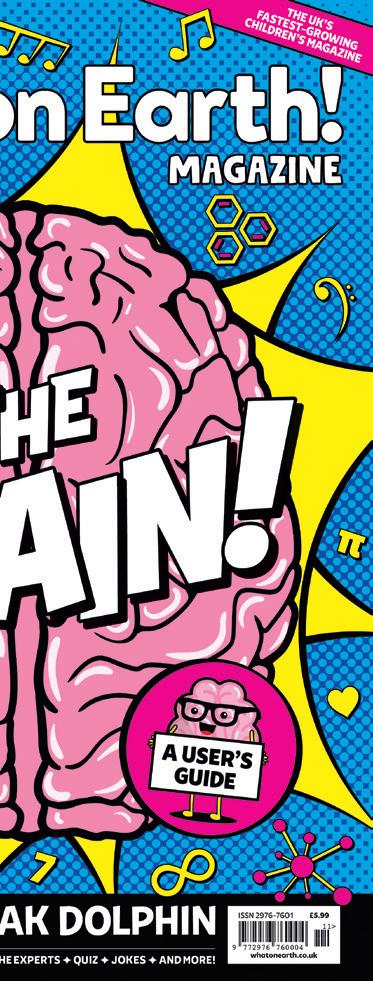













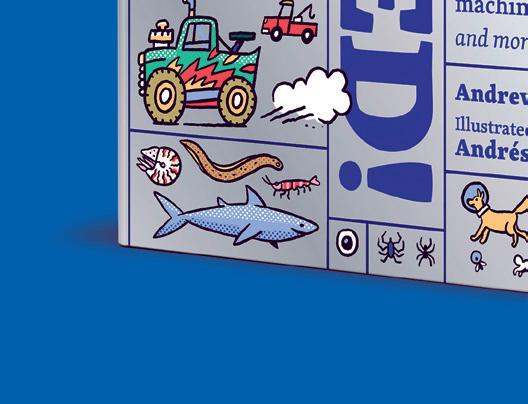




Visit www.whatonearth.co.uk/june Call 01732 464621 quoting JUNE SCAN ME SPECIAL OFFER! ✓ 10 printed issues of What on Earth! Magazine ✓ FREE copy of Britannica’s Listified! WORTH £20! ✓ FREE access to all our digital editions ✓ 10% discount for the fi rst 12 months Subscribe today for £59.99 £53.99 to receive: SAVE 10% INCLUDES FREE BOOK WORTH £20!


































































































































































































 NIKON SMALL WORLD/ SHERIF ABDALLAH AHMED
NIKON SMALL WORLD/ SHERIF ABDALLAH AHMED















































































 By Dr Nick Crumpton
By Dr Nick Crumpton
 Illustration by Adrienne Barman
Illustration by Adrienne Barman






































































































































































































































































































































































































































































































































































































 A fireworks display above the beach at Swanage, UK.
A fireworks display above the beach at Swanage, UK.







































































































































































































































































































































































